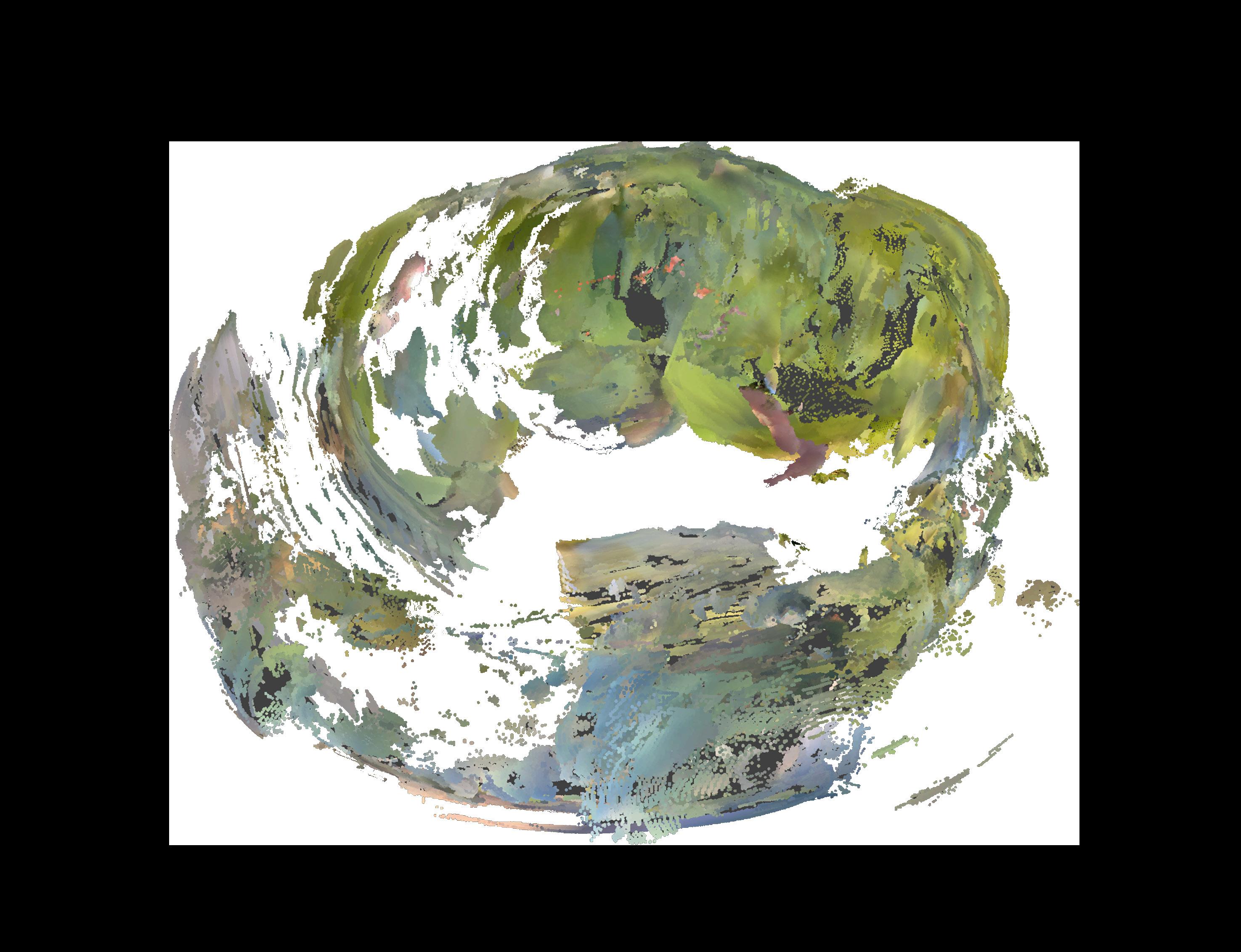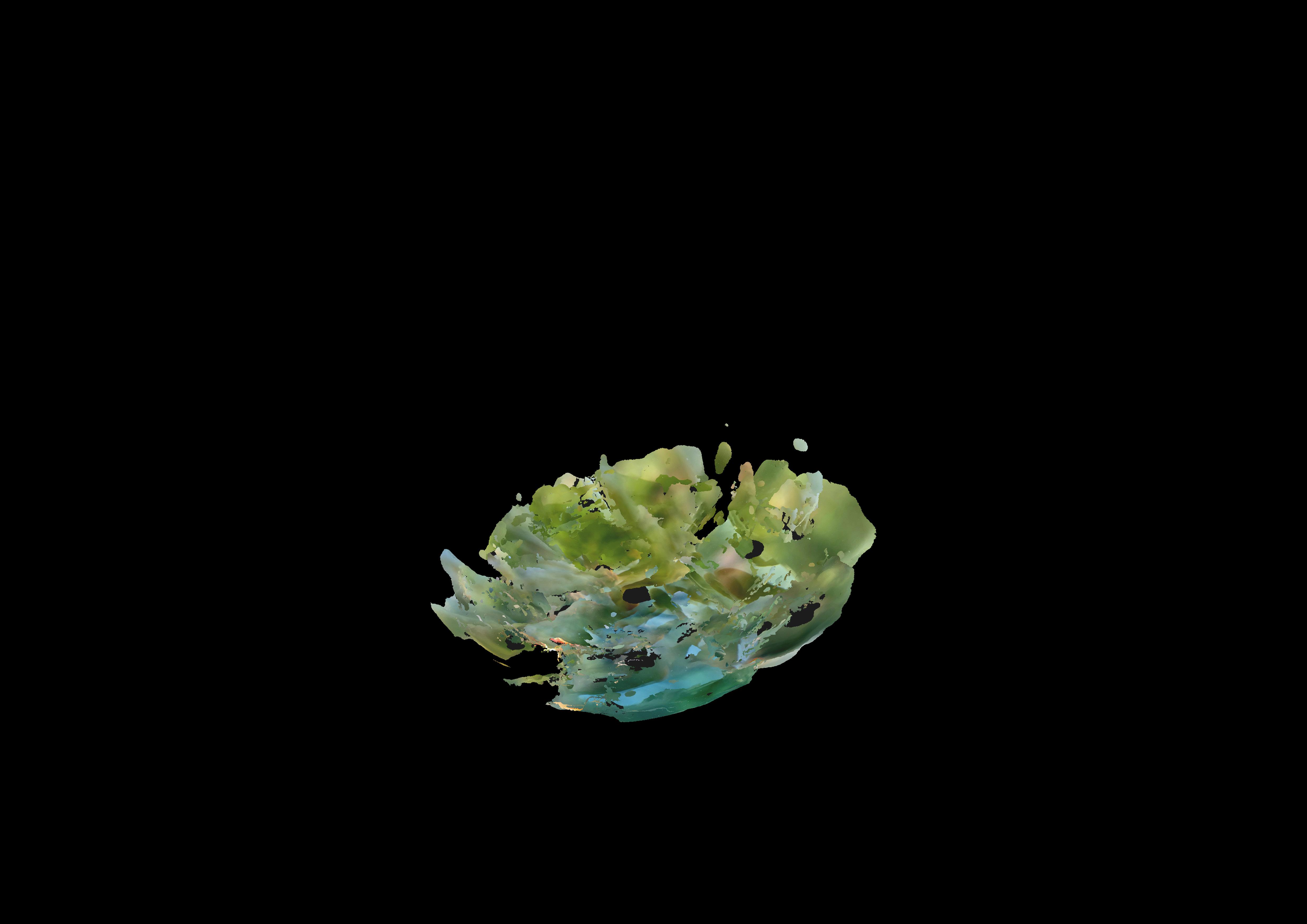

CHAPTER 1
THE ANALYSIS OF SPECIES
This chapter aims to analyze the view of different species I met in Primrose Hill that afternoon. I recorded and researched the view from the high, middle, ground, and underground which correspond to the pigeon, the artist, the squirrel and the fish.
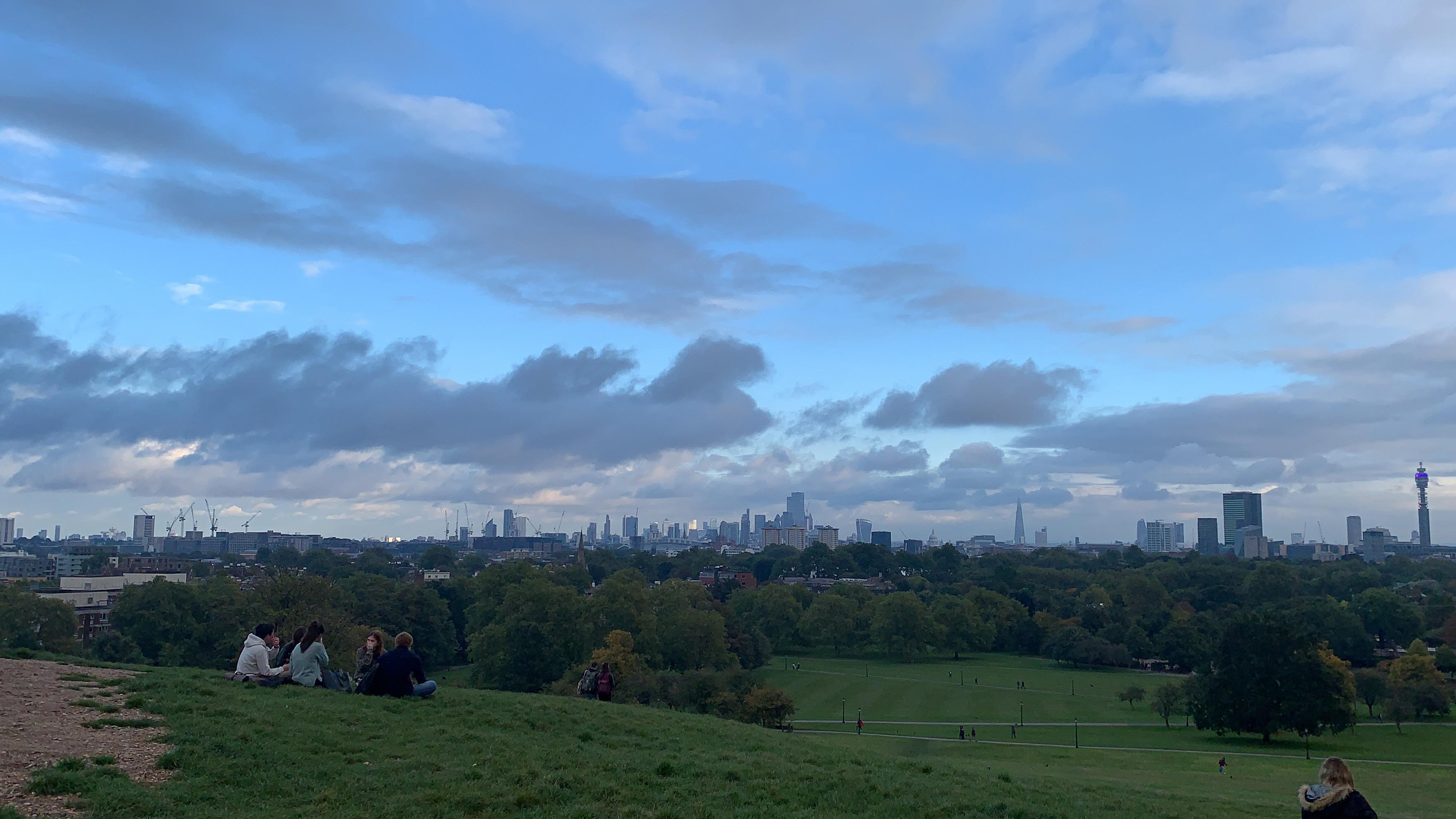
THE SITE MAP OF PRIMROSE HILL
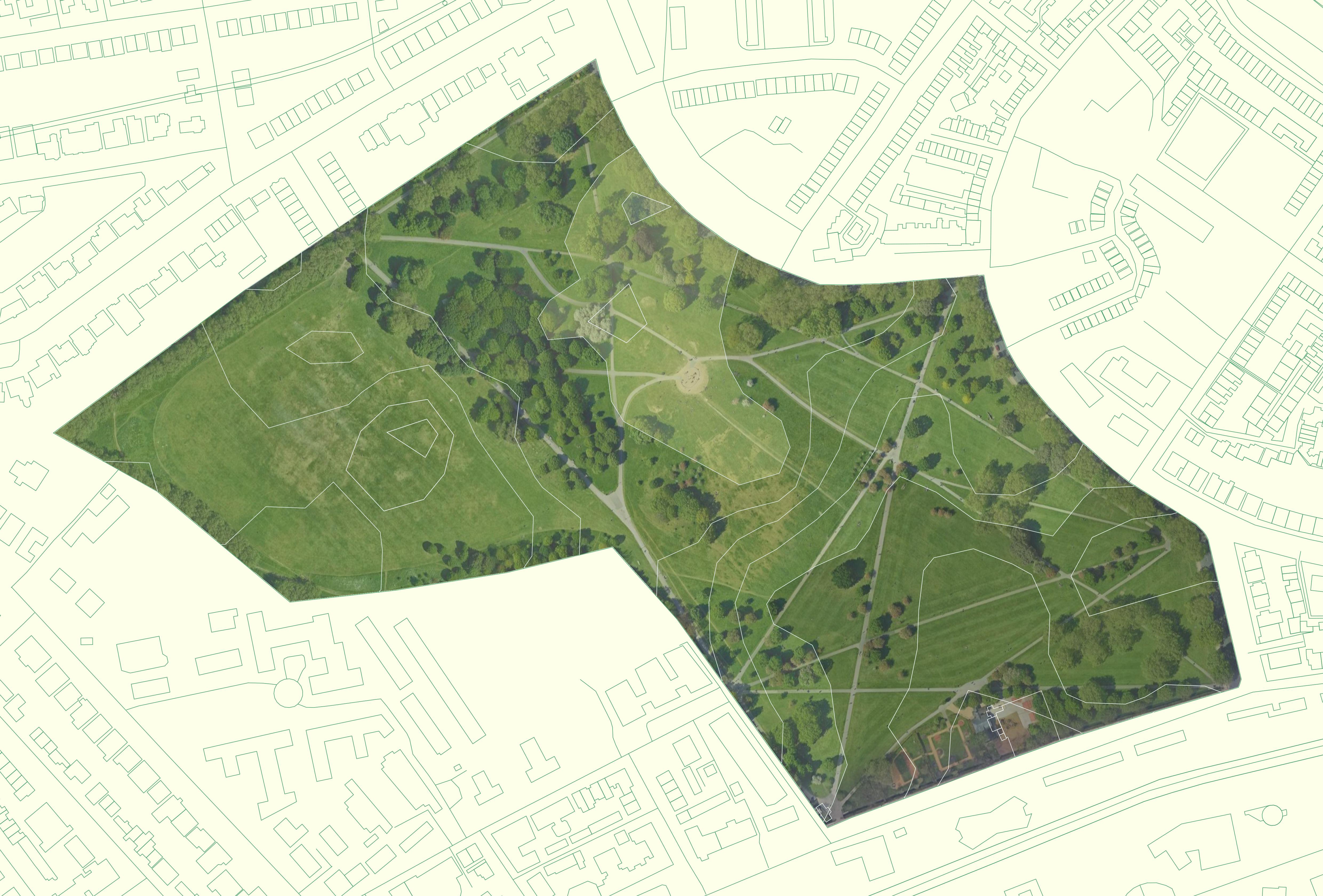
Primrose Hill is a Grade II listed public park located north of Regent's Park in London, England, first opened to the public in 1842. The summit is almost 63 metres above sea level and the trees are kept low so as not to obscure the view. At the top of the hill is one of the six protected viewpoints in London.
High level
Middle level
Ground level
View point & Summit

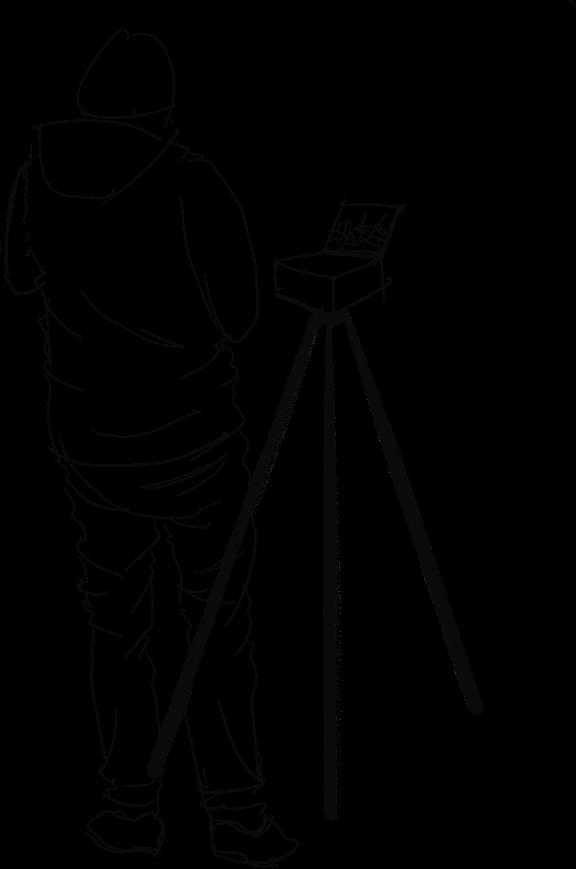



HIGH: THE
This storyboard describes the view of high level. It is a view from a pigeon flies above Primrose Hill. Pigeons are always aware of dangerous elements, like dogs, cats, eagles...

PIGEON
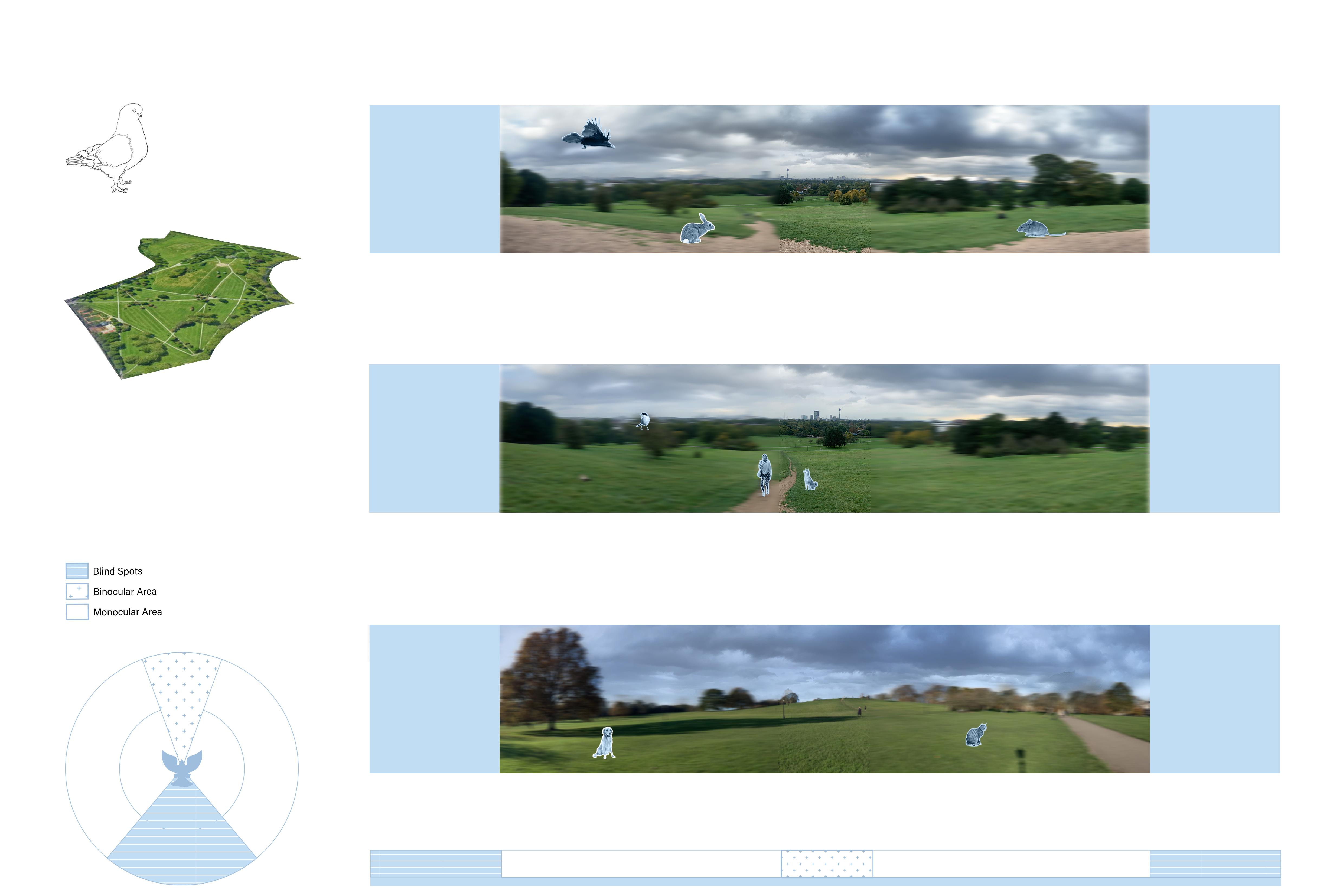
MIDDLE: THE STORYBOARD OF ATIST
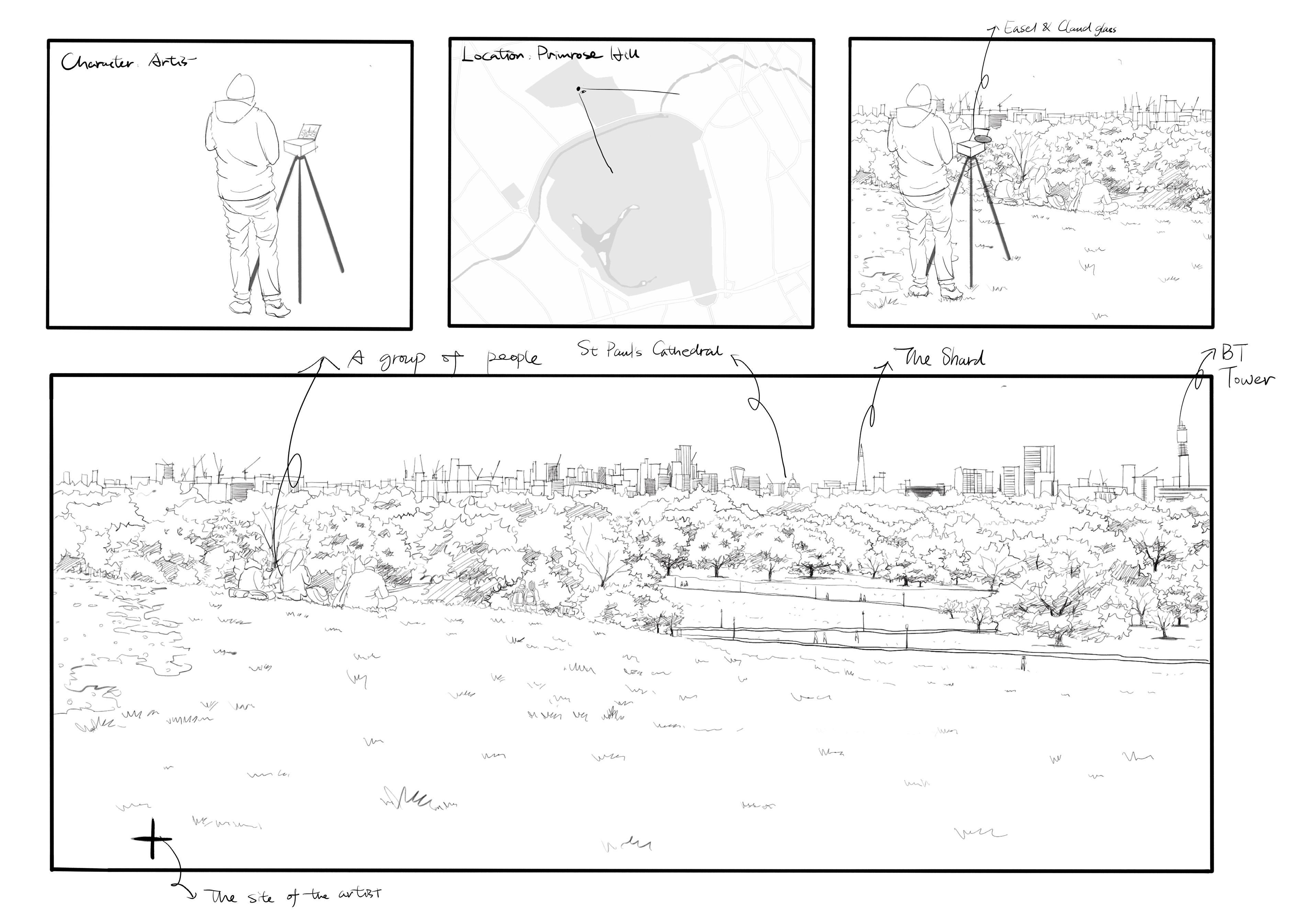
Reference:
Claude glass
This storyboard describes the view of the middle level. It is a view from a local artist who was painting on the summit of Primrose Hill. This artist was really interested in the weather changes and changes in light and shade in the distant woods.
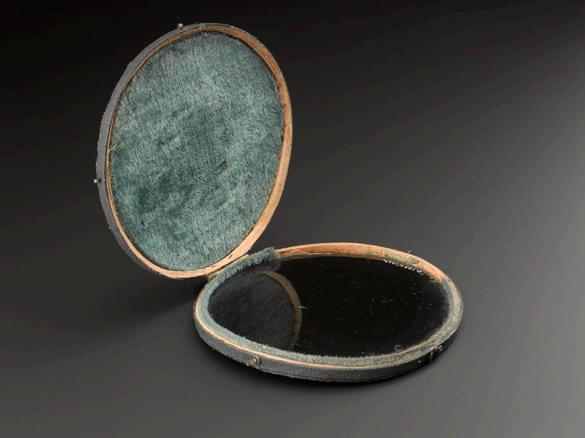
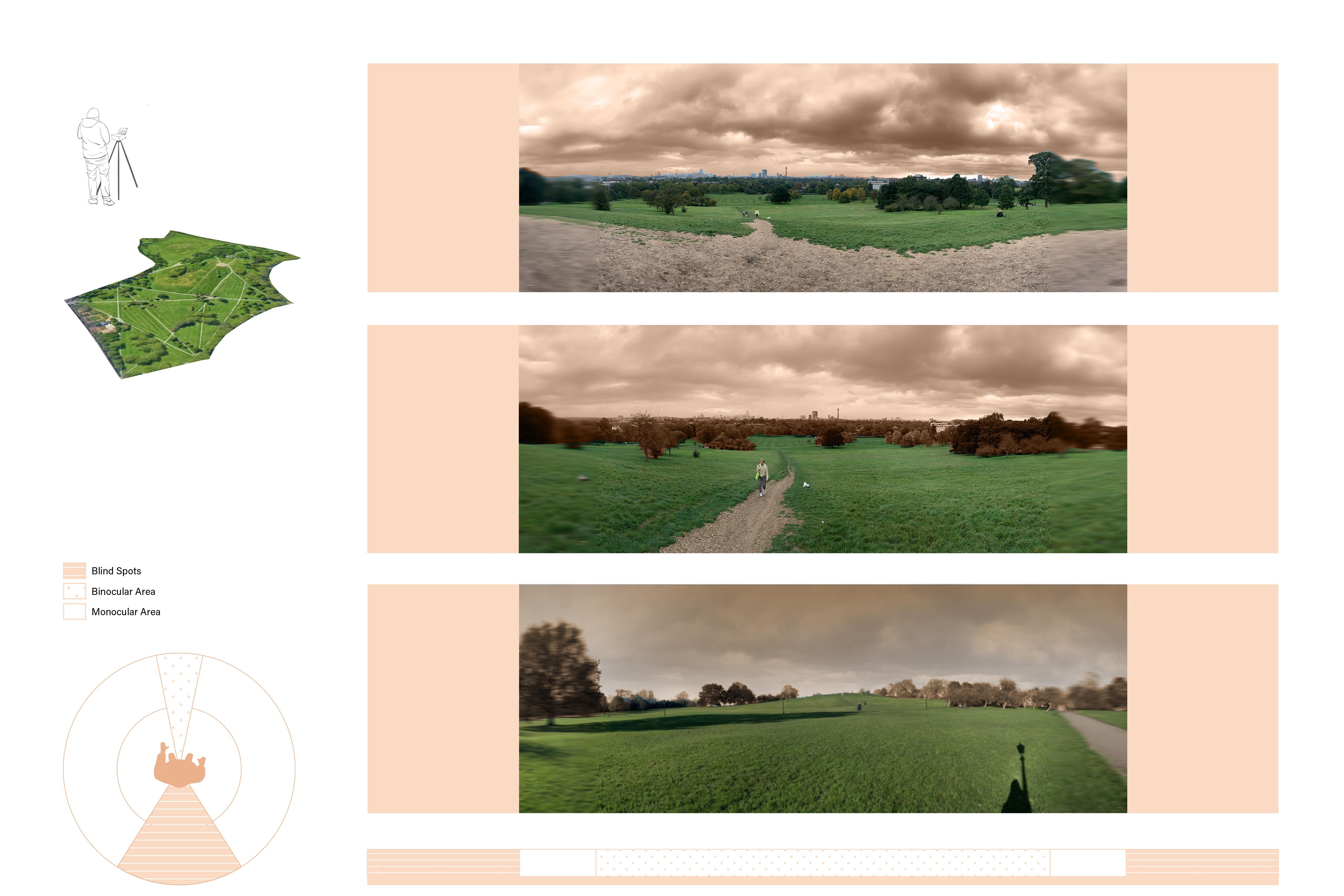
GROUND: THE STORYBOARD OF
This storyboard describes the view of ground level. It is a view from a squirrel standing on a tree in Primrose Hill. The squirrel gazes at the food of the group picnicking beneath the tree, ready to move in and steal some of it.
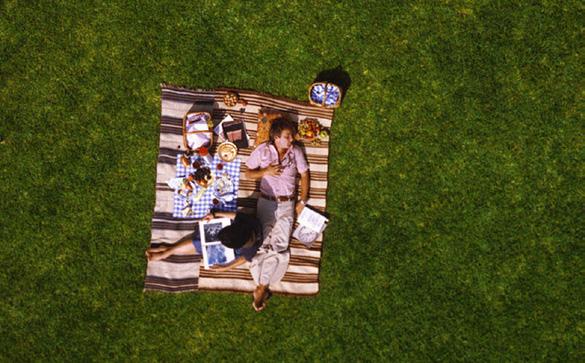

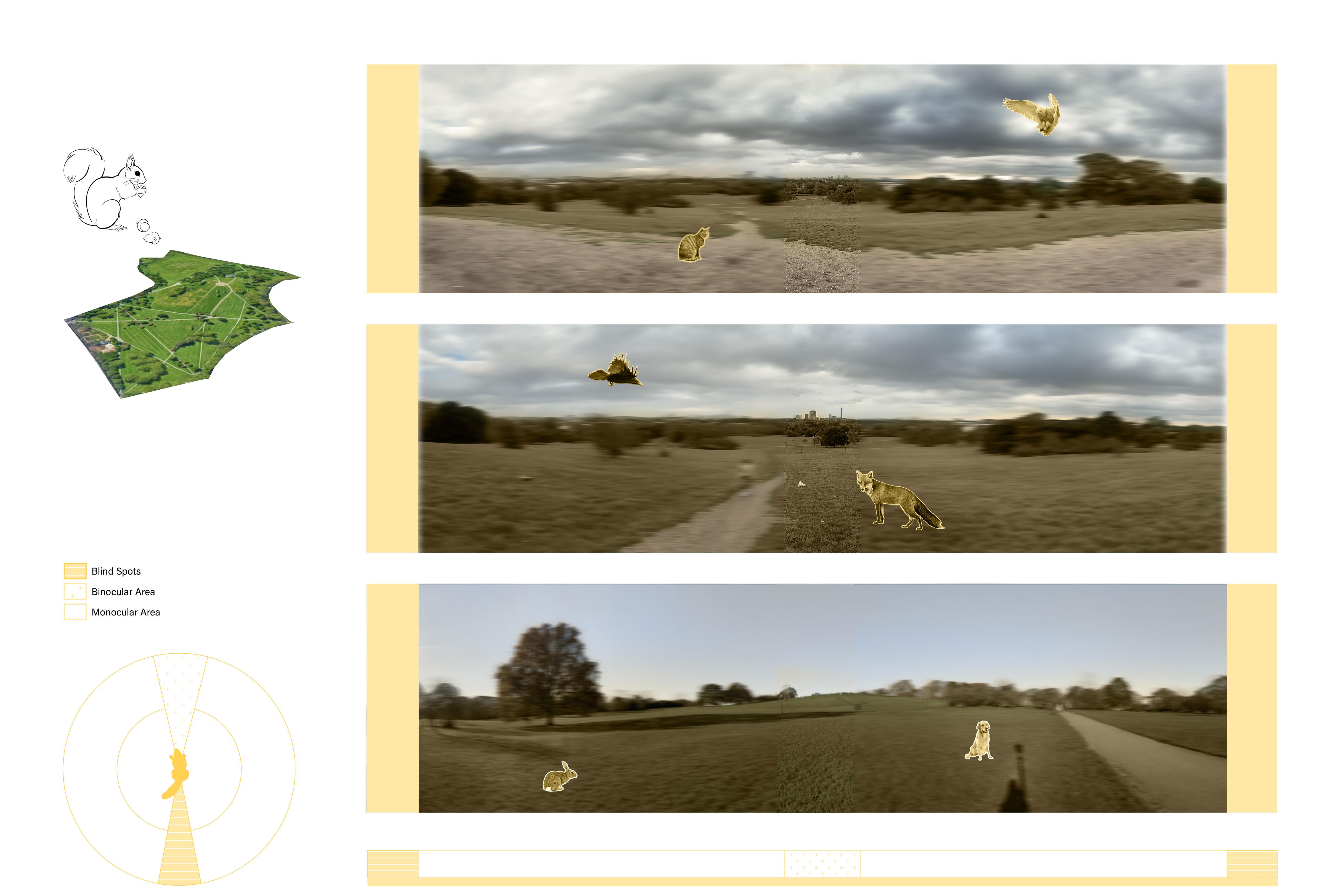
UNDERGROUND: THE STORYBOARD OF FISH

Reference:
GoPro
This storyboard describes the view of the underground level. It is a view from a fish living in the Regent's Canal where near Primrose Hill. The view from the fish is twisted and screwy which is totally different from the normal view of humans and some other species.
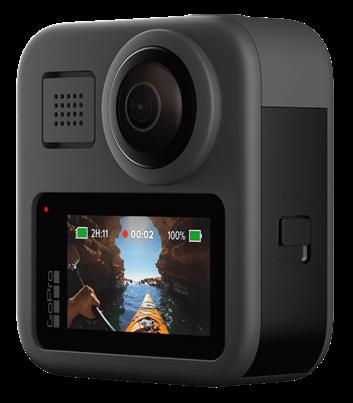
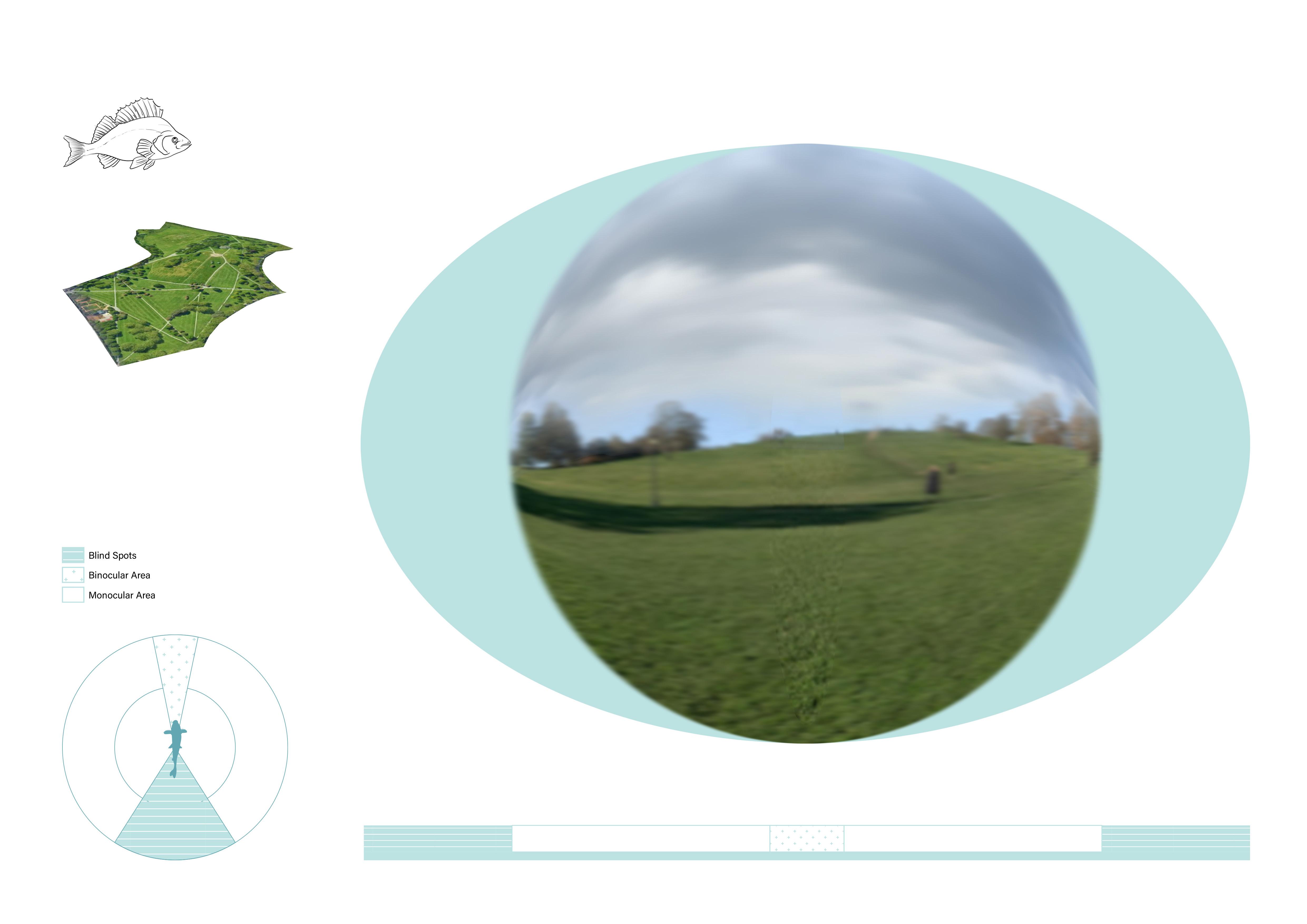
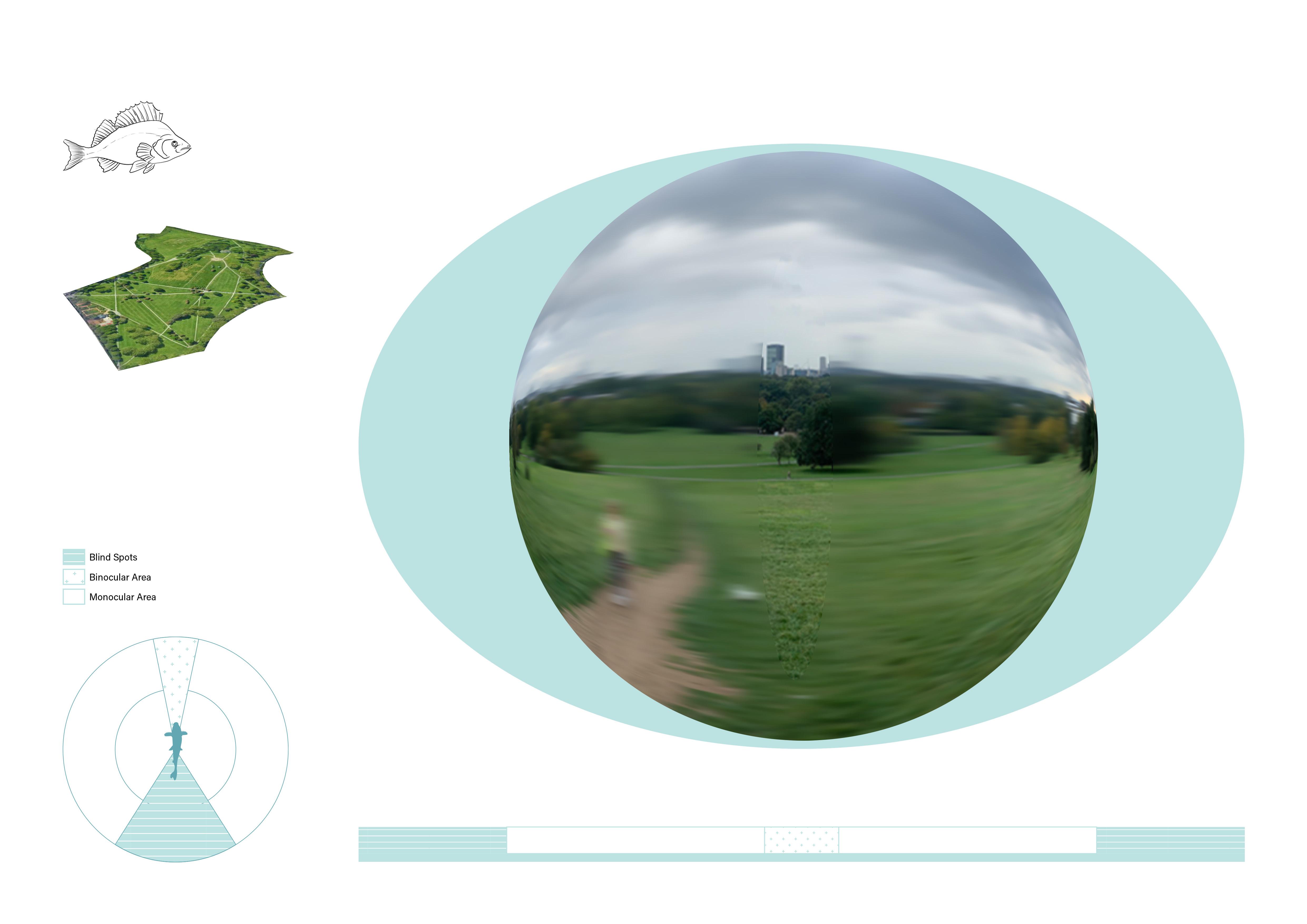
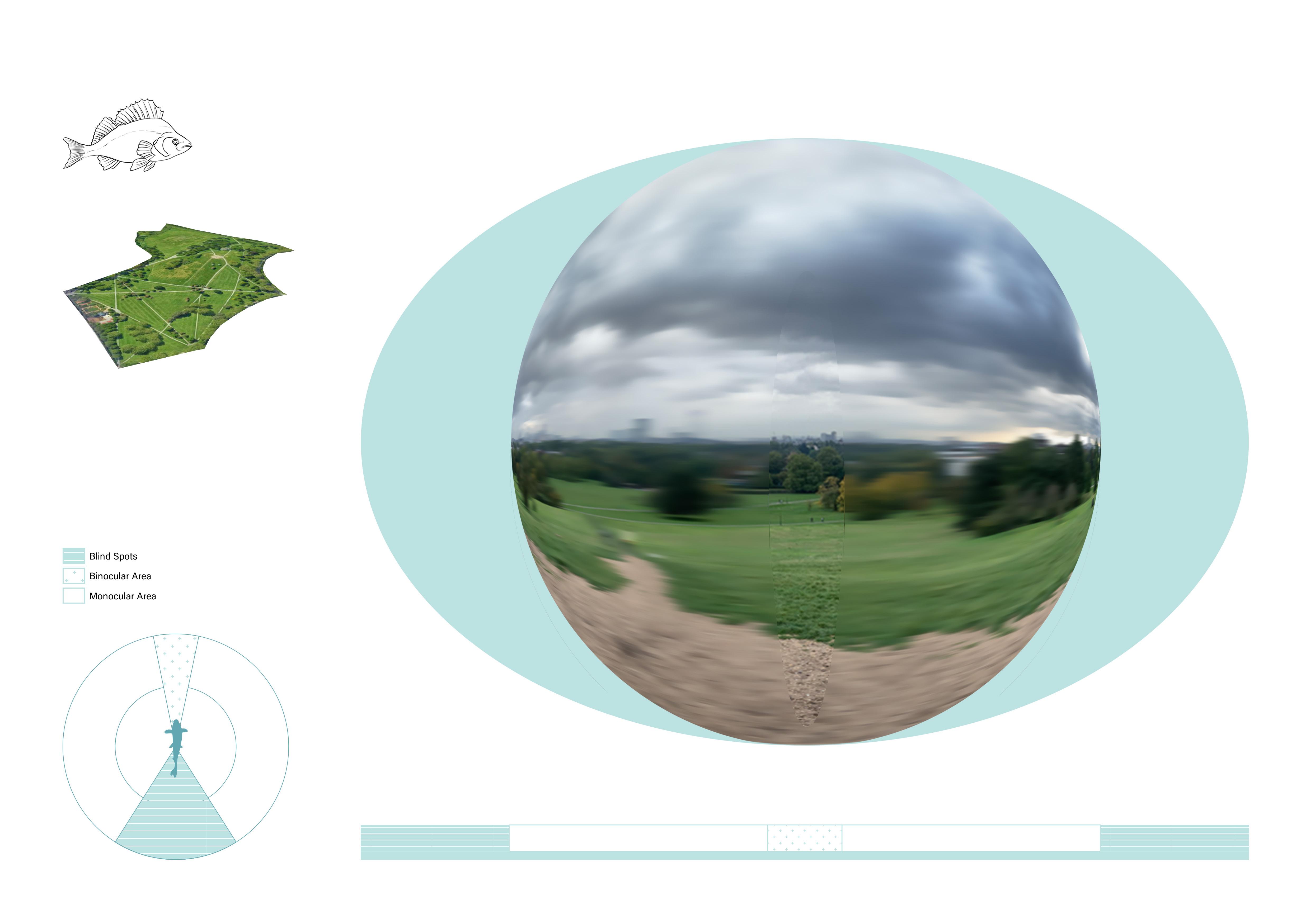
CHAPTER 2
THE ANALYSIS OF FISH EYE
This chapter aims to explore the view from the fish. I bought a glass ball to imitate the view of the fish. I took the glass ball to Primrose Hill, and sketched the landscape there with a normal human view and the view through the glass ball. The views from the glass ball are totally inverted from the world.
Then, I made a physical model of Primrose Hill with clay. I observed the model hill through the convex, concave and glass ball from high, middle, ground level.
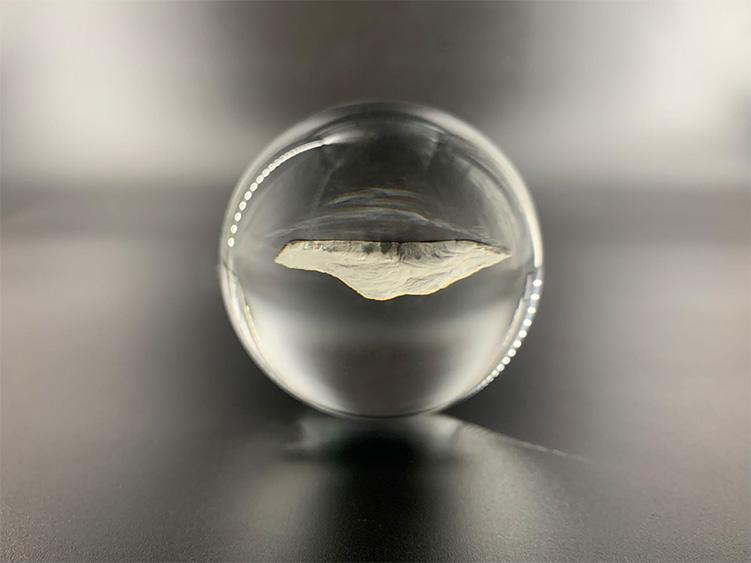
WHY IS FISH EYE VIEW?
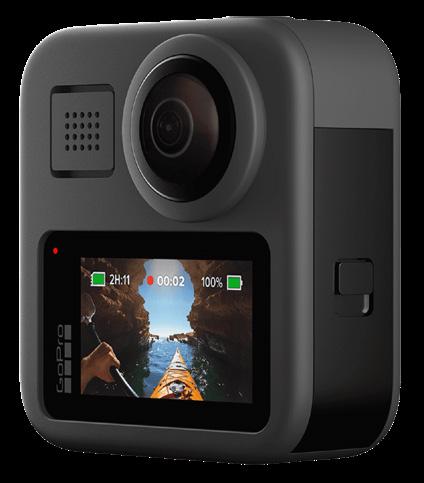
WHAT IS FISH EYE LENS? EXAMPLES
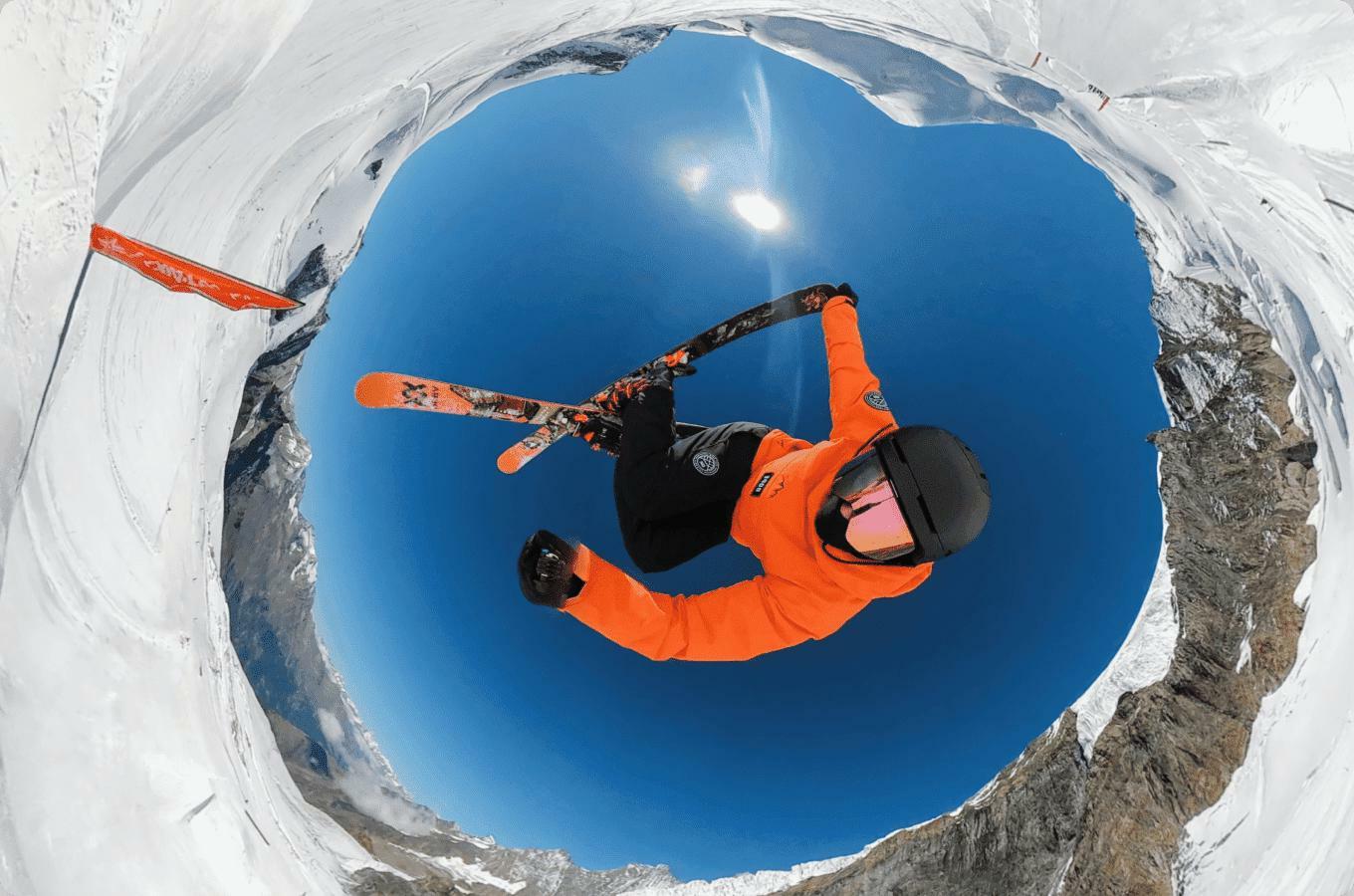
A fisheye lens is an ultra-wide-angle lens that produces strong visual distortion intended to create a wide panoramic or hemispherical image. Fisheye lenses achieve extremely wide angles of view. Instead of producing images with straight lines of perspective (rectilinear images), fisheye lenses use a special mapping (for example, equisolid angle), which gives images a characteristic convex non-rectilinear appearance. It is small and ultra-wide, and shows a distorted, spherical view of the world, most evident in the curved outer corners of the photo, known as the "fisheye effect". (Wikipedia, 2021)
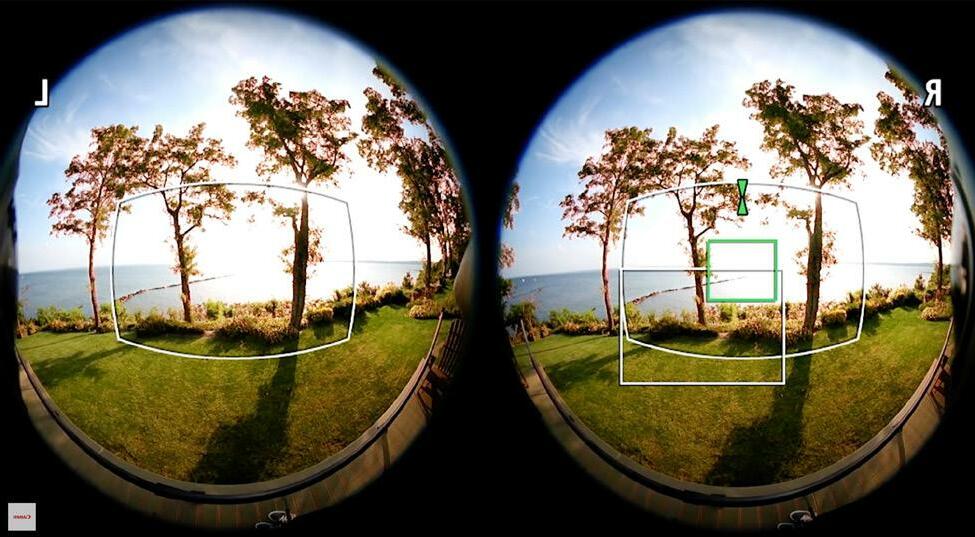
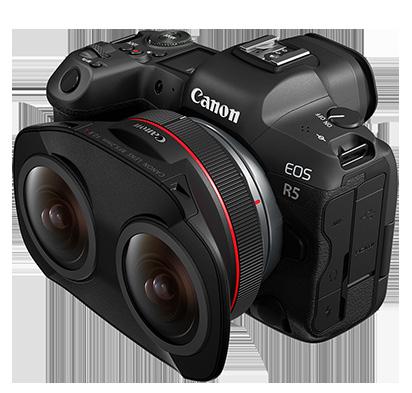
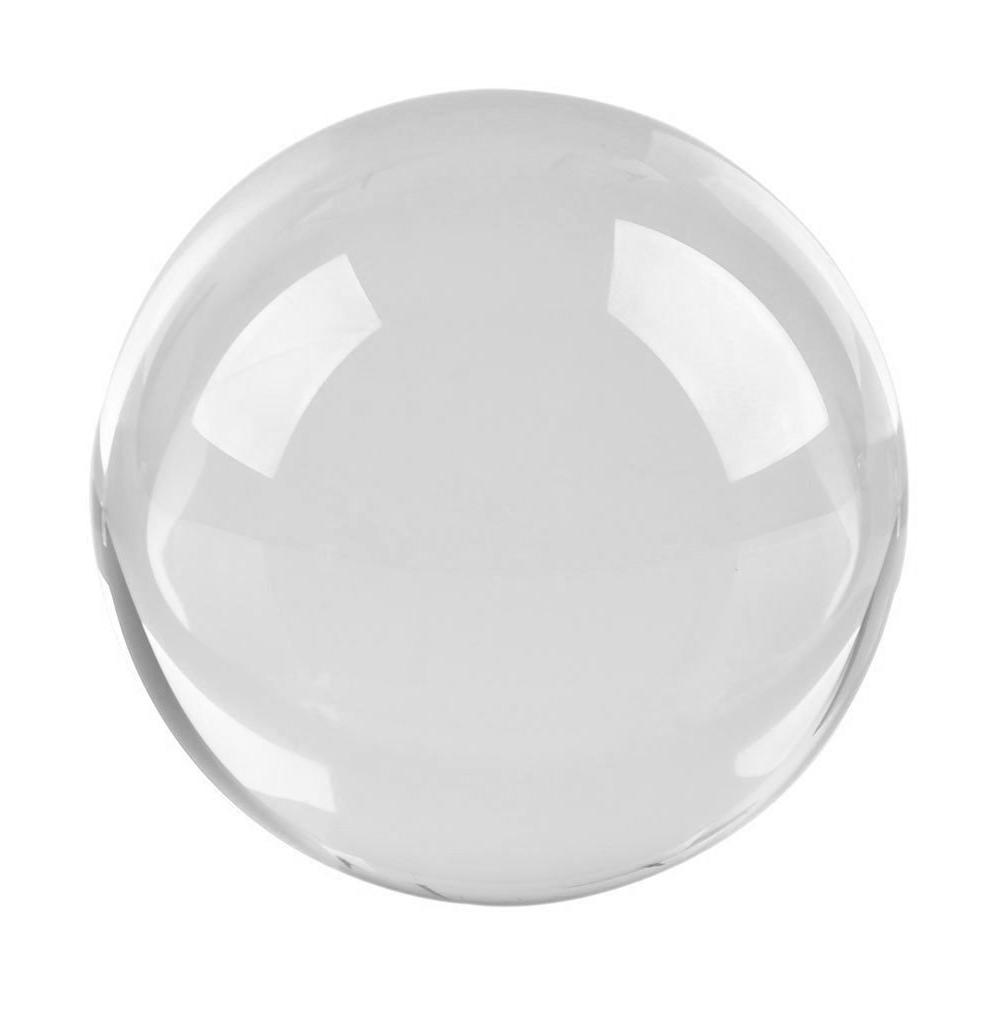
REFERENCE -
Since the early 1990s, Eliasson’s practice has concentrated around the investigation of perception, often using natural phenomena to heighten our understanding of each other and our surroundings. Your ocular relief continues Eliasson’s long-standing investigation of the cognitive and cultural conditions of perception, seeking to offer an alternative to the current pressures that shape our existence.
Eliasson has long been fascinated with optical devices and has collected all sorts of lenses over the years as part of his investigation into perception and the qualities of light. Through recent conversations with the art historian Gloria Sutton, among others, I have become intrigued by the notion of the ‘ocular,’ as we progress beyond the single-gaze of the panopticon to the decentralization of the authority of the lens. Today, many of us now carry lenses with us through our various devices, so the question arises—who is the owner of the narrative?”
https://www.tanyabonakdargallery.com/exhibitions/585-olafureliasson-your-ocular-relief-tanya-bonakdar-gallery-new-york/

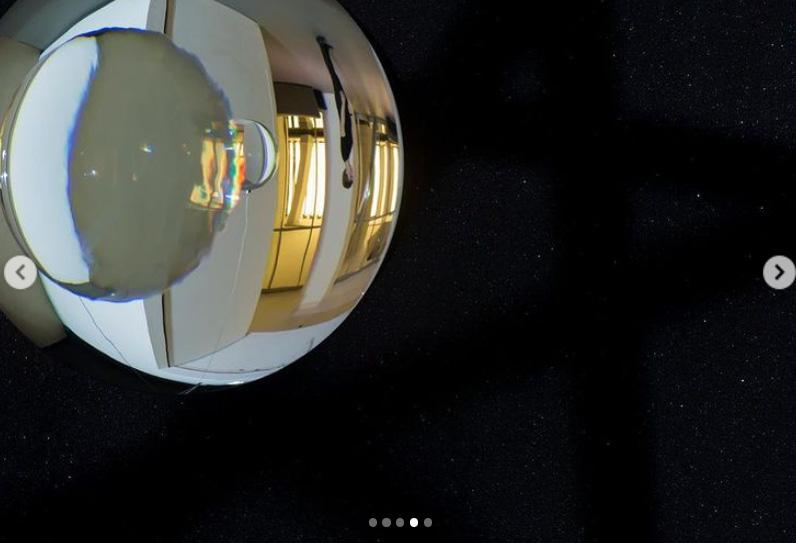
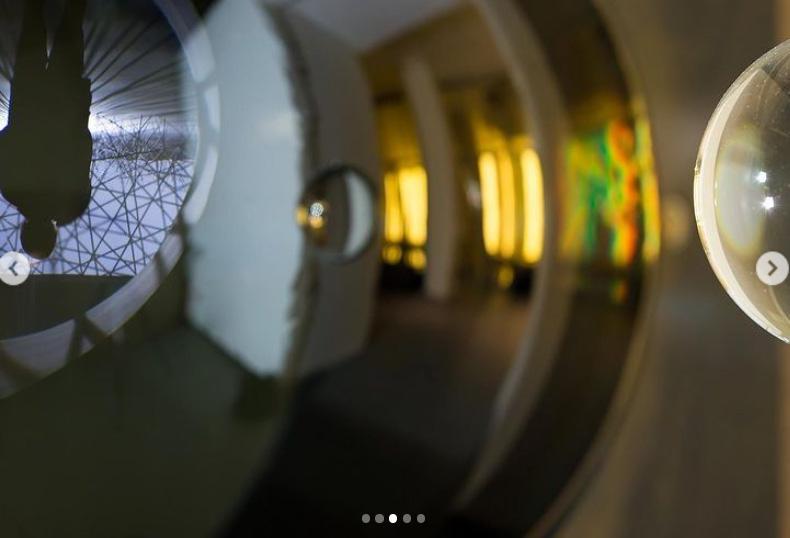
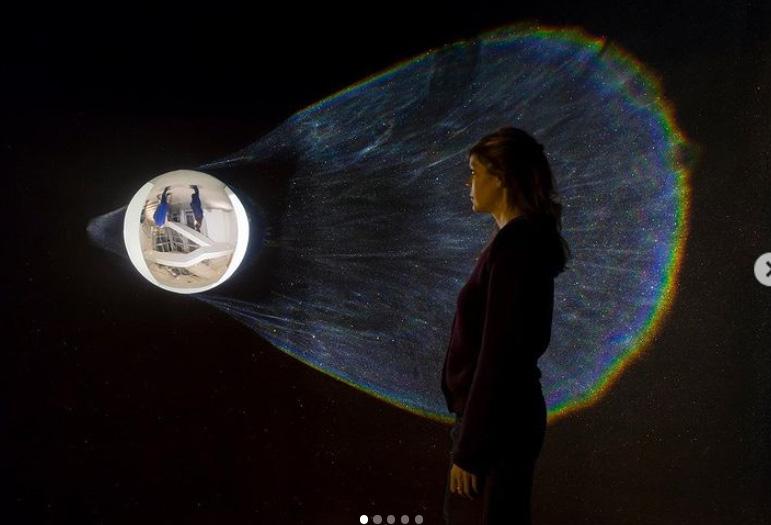
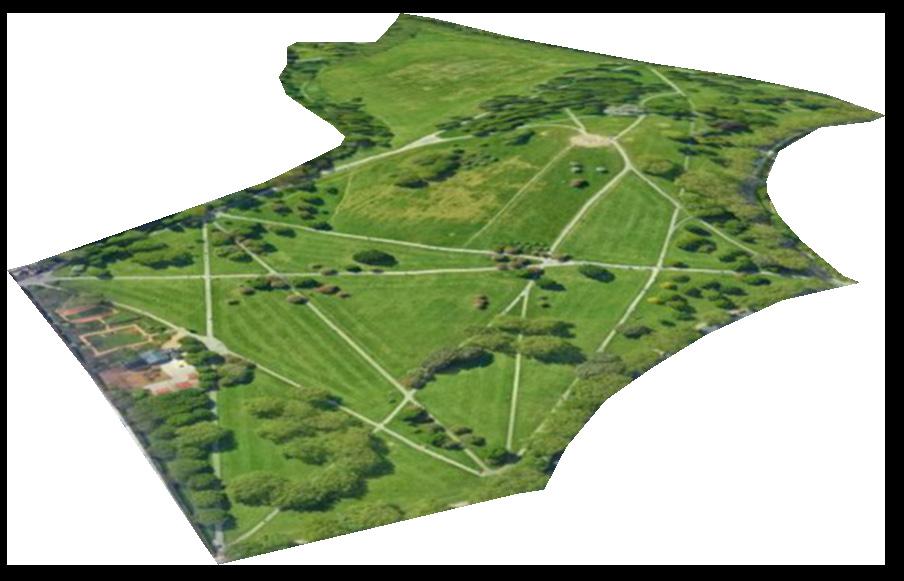

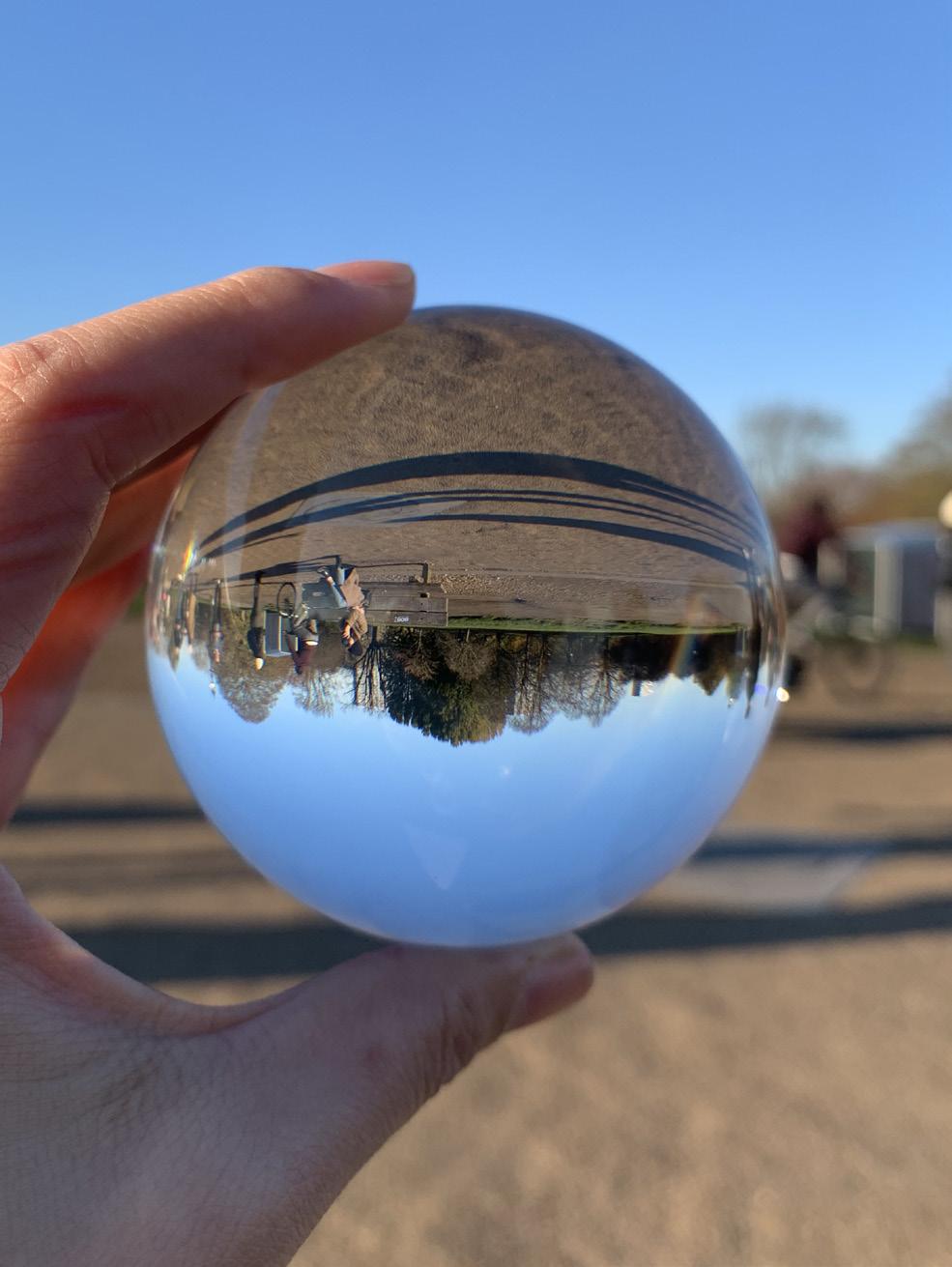

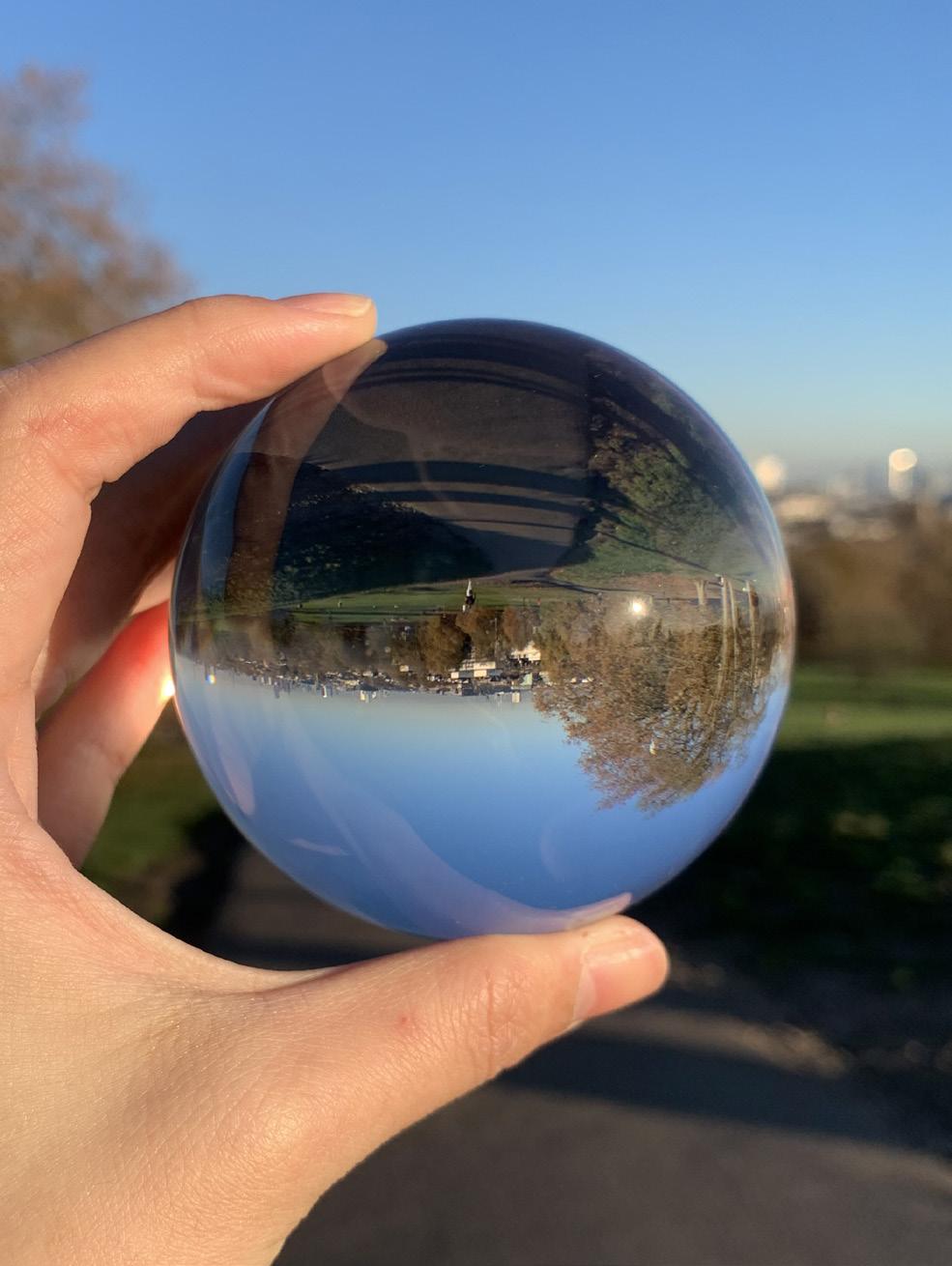

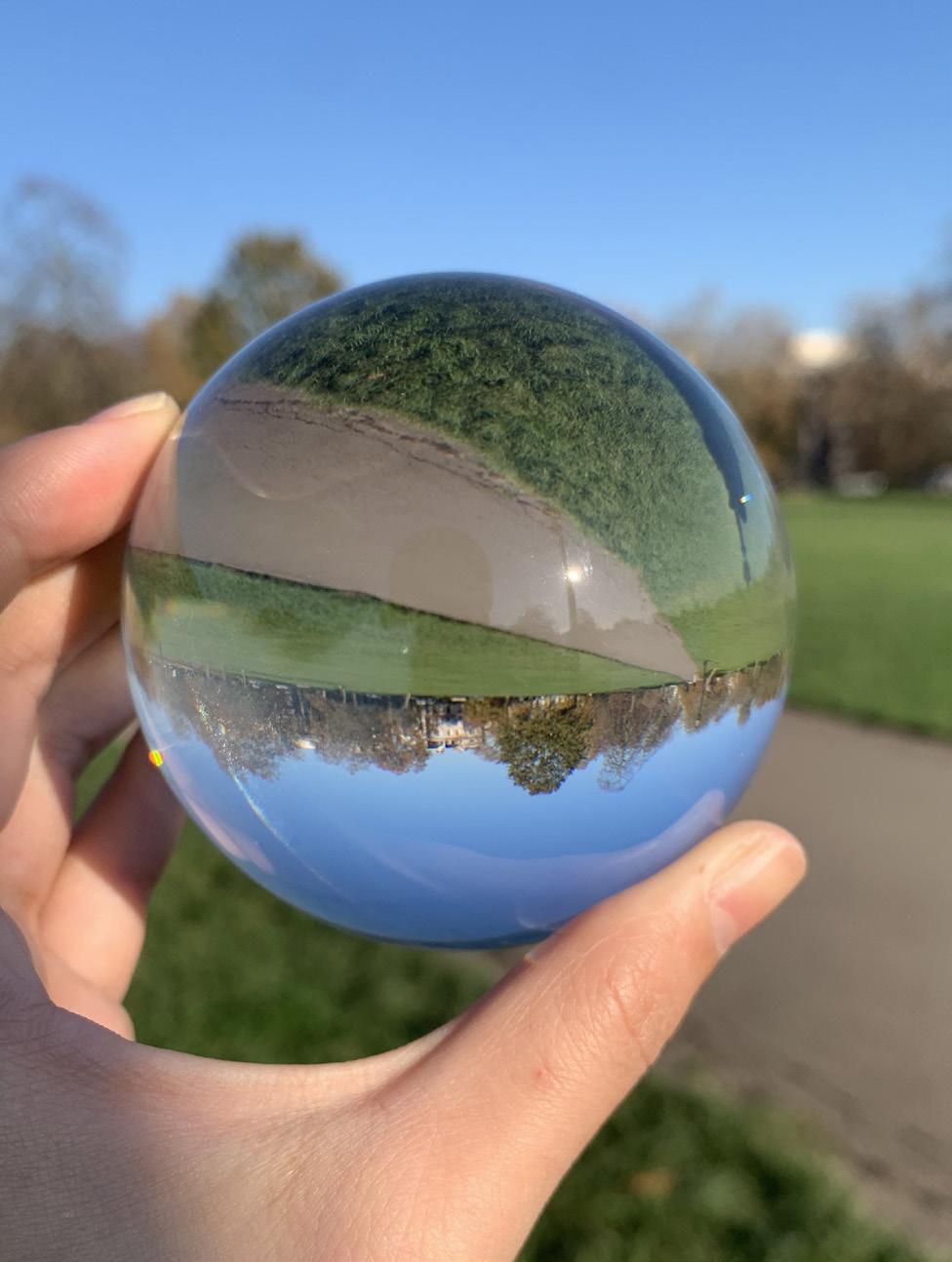
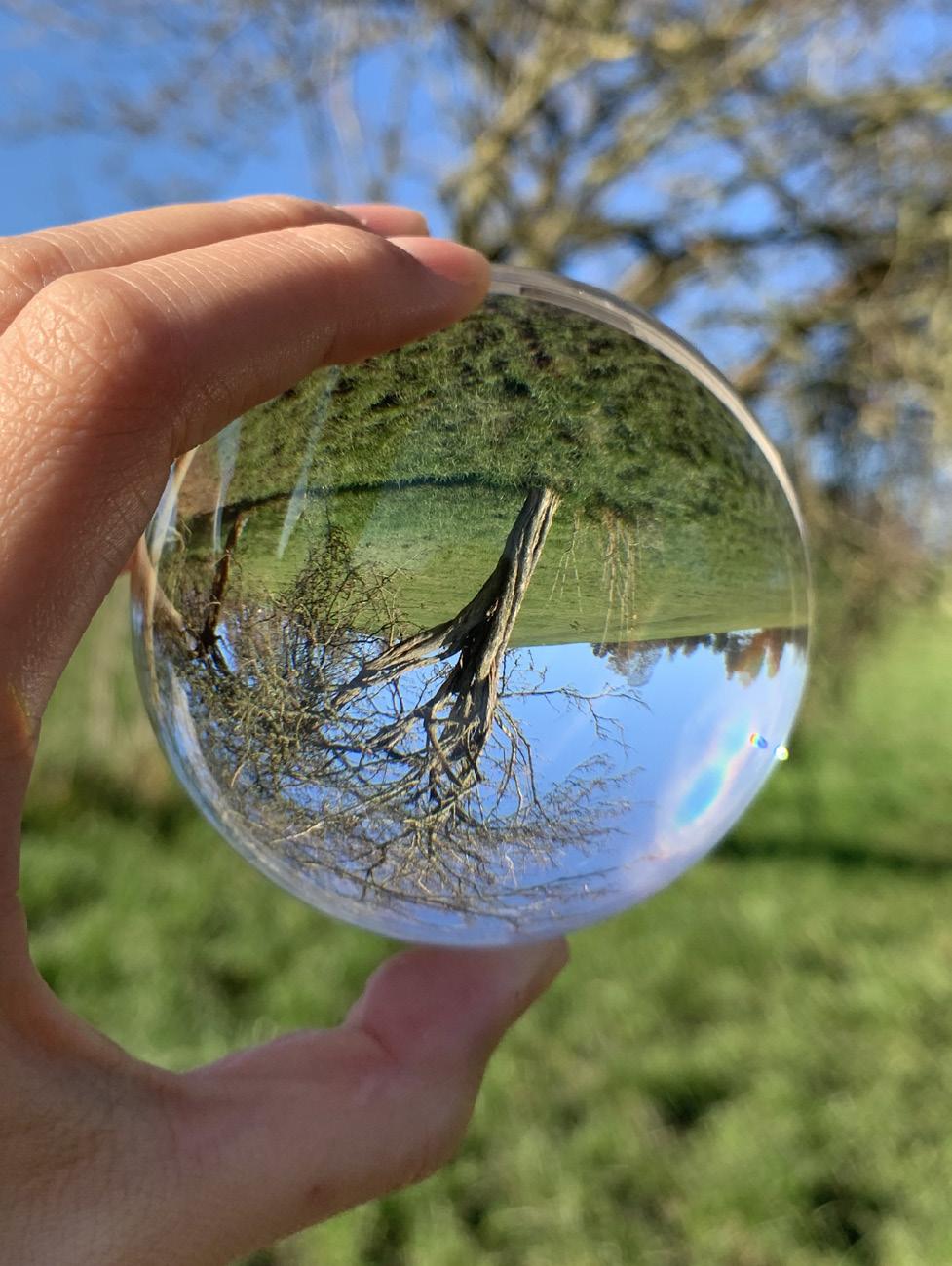

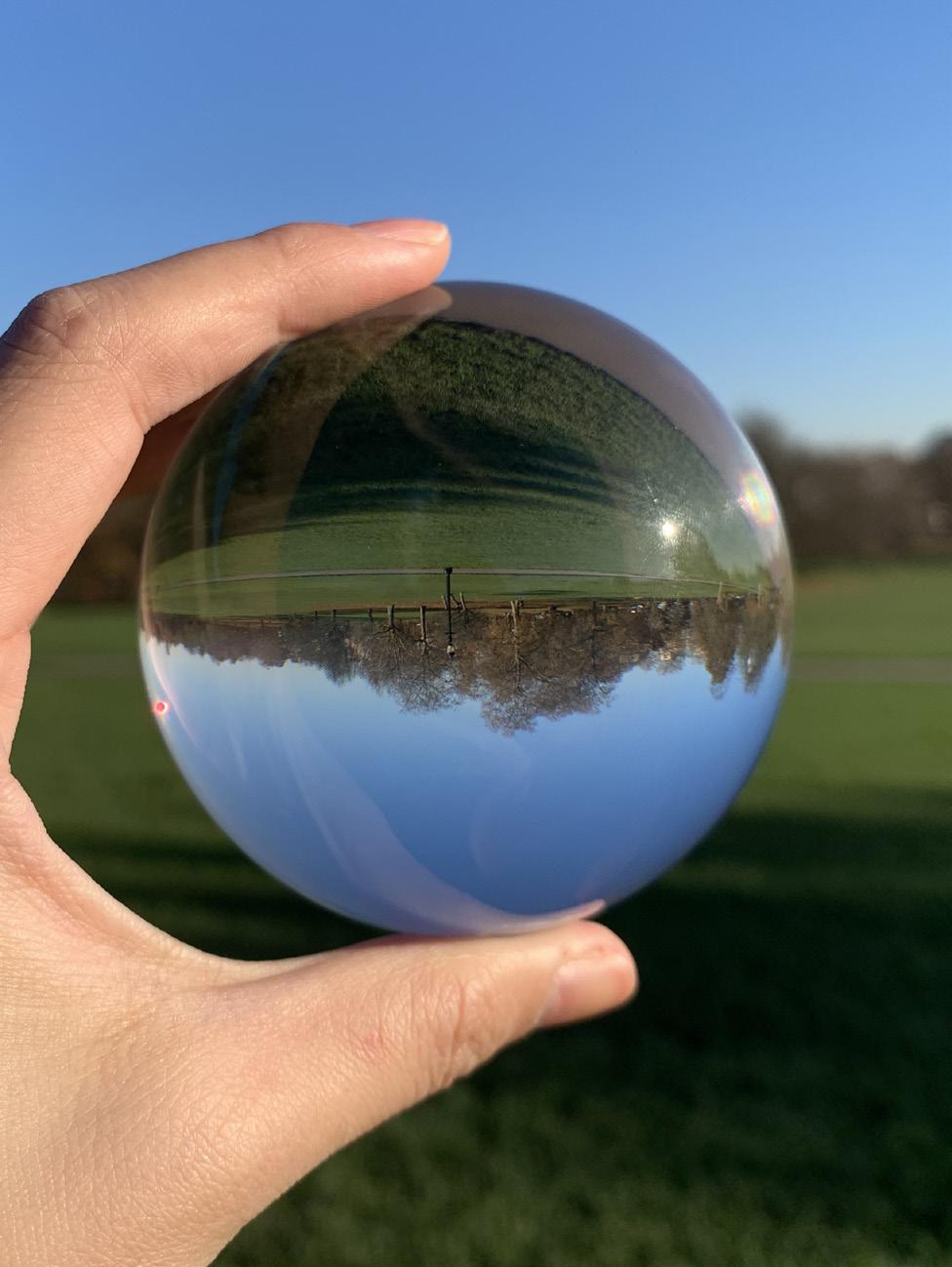
THE SKETCHES OF THE VIEW ON PRIMROSE HILL
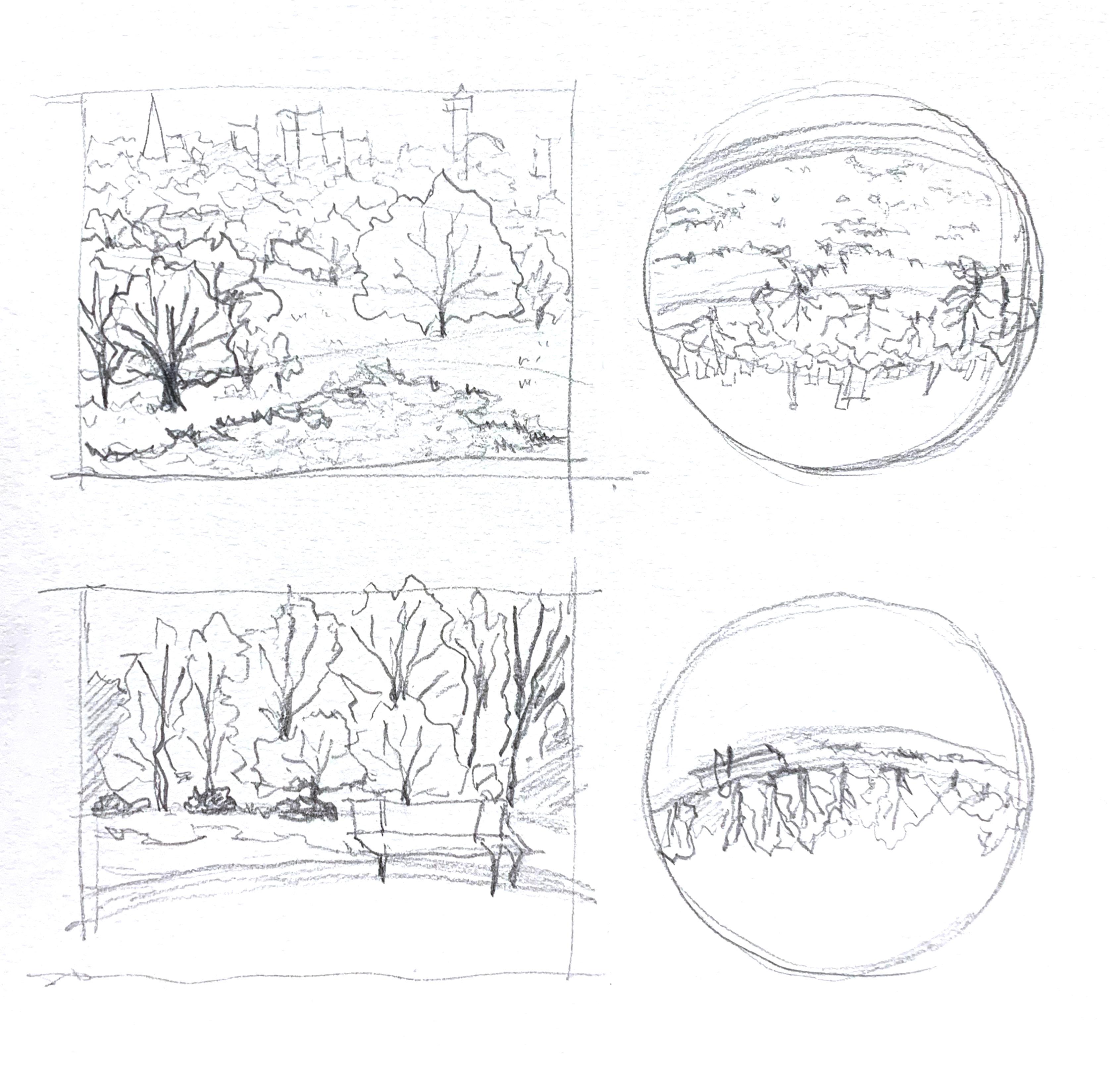
THE SKETCHES OF THE VIEW ON PRIMROSE HILL
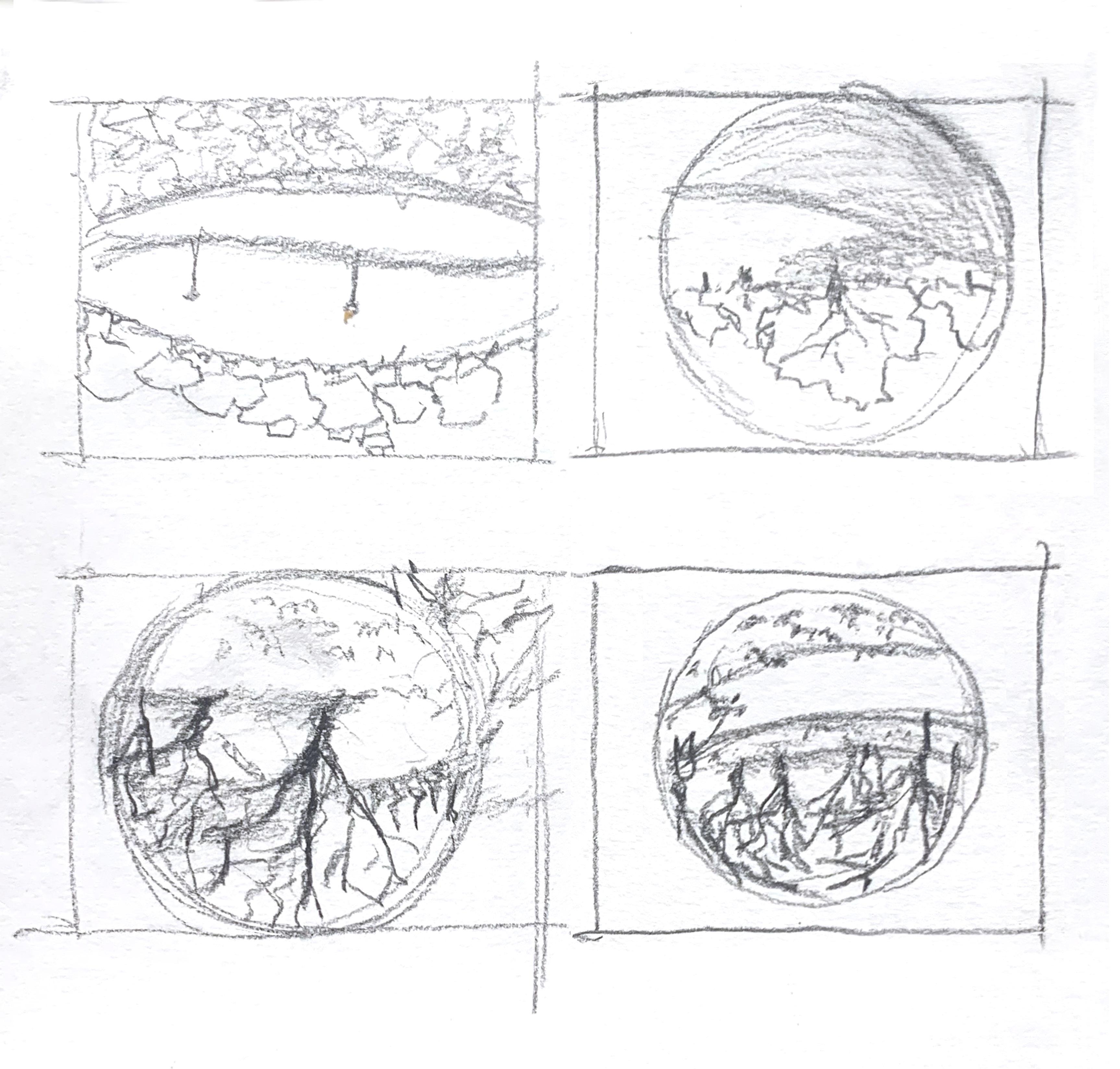
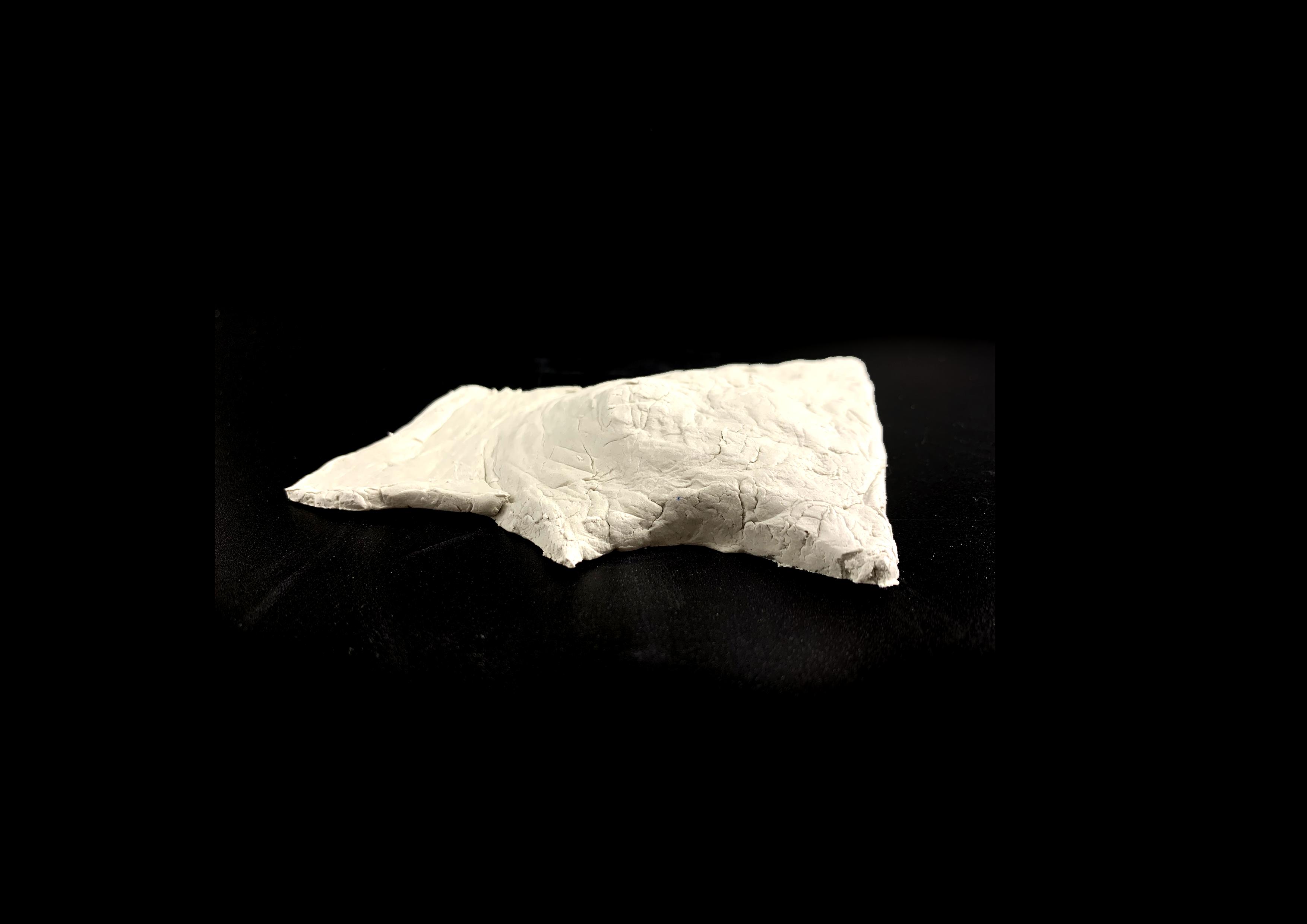
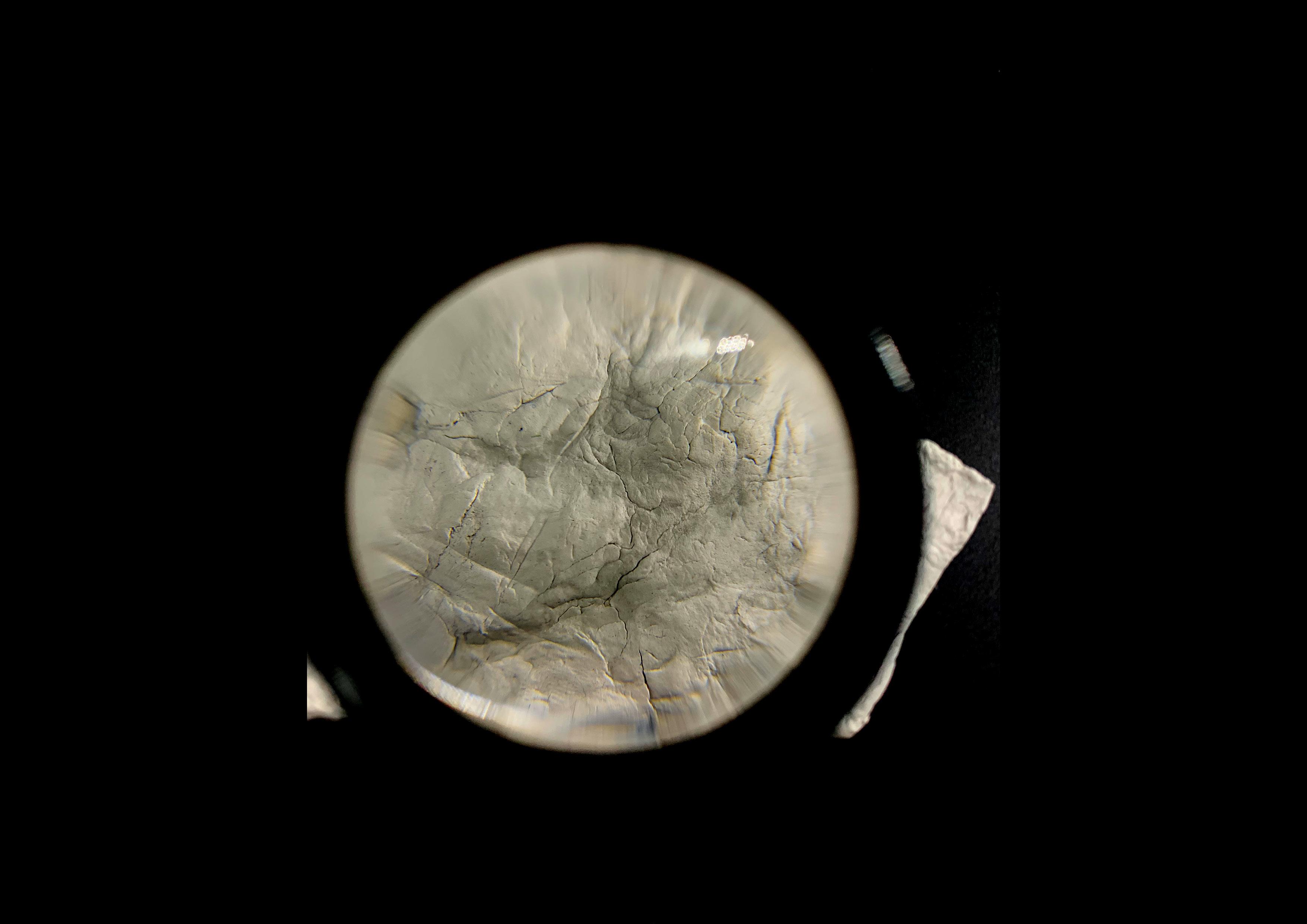
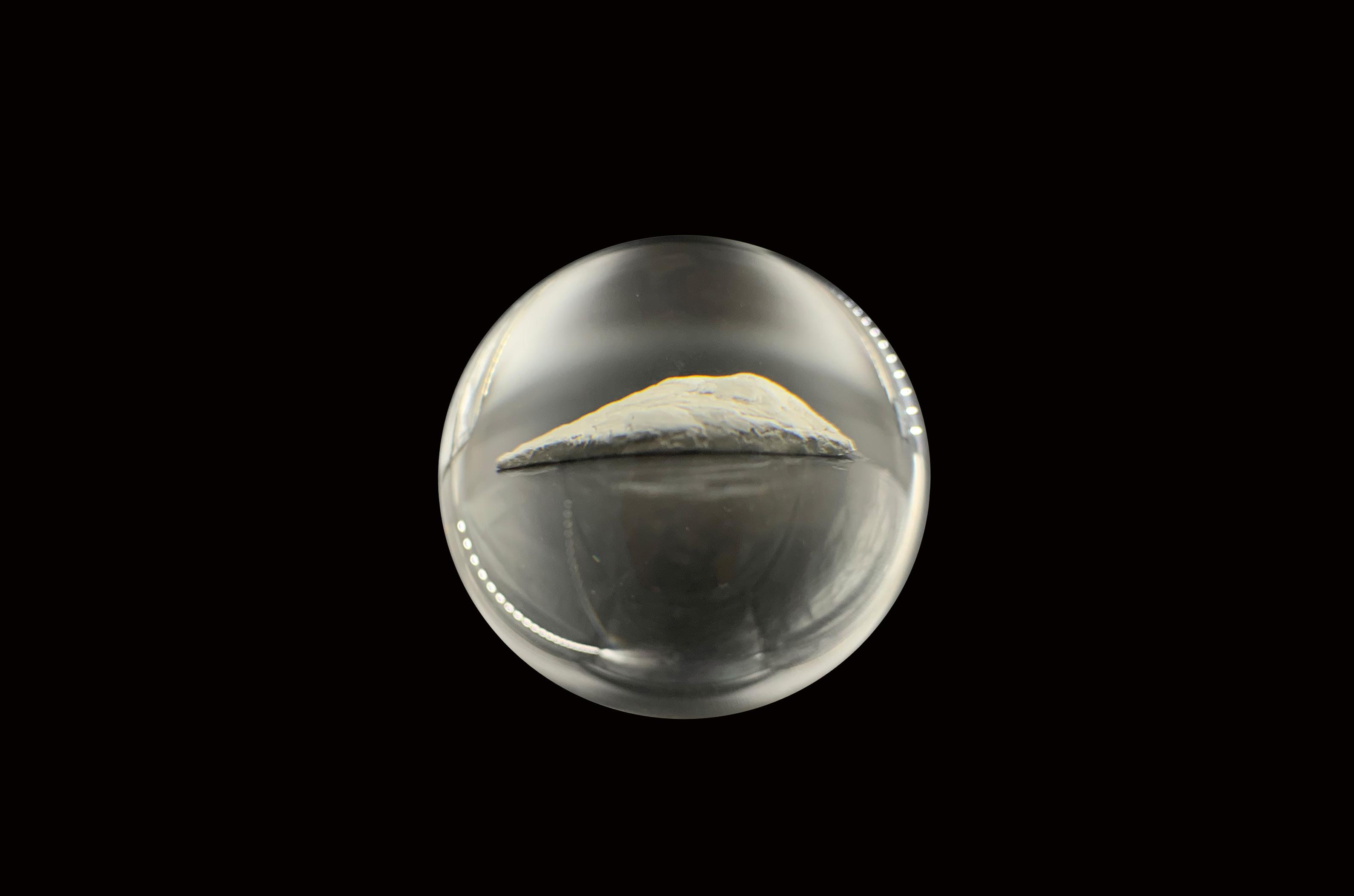
CHAPTER 3

THE ICE EXPERIMENT
This chapter aims to explore different materials to create something which could help us observe the world with a fish-eye view. I chose ice to make an ice ball that imitates the fish view.
The experiment attempted to view nearby objects and landscapes through transparent sections of the ice ball. As the ice ball melted, the view changed at any time, producing fantastic images.
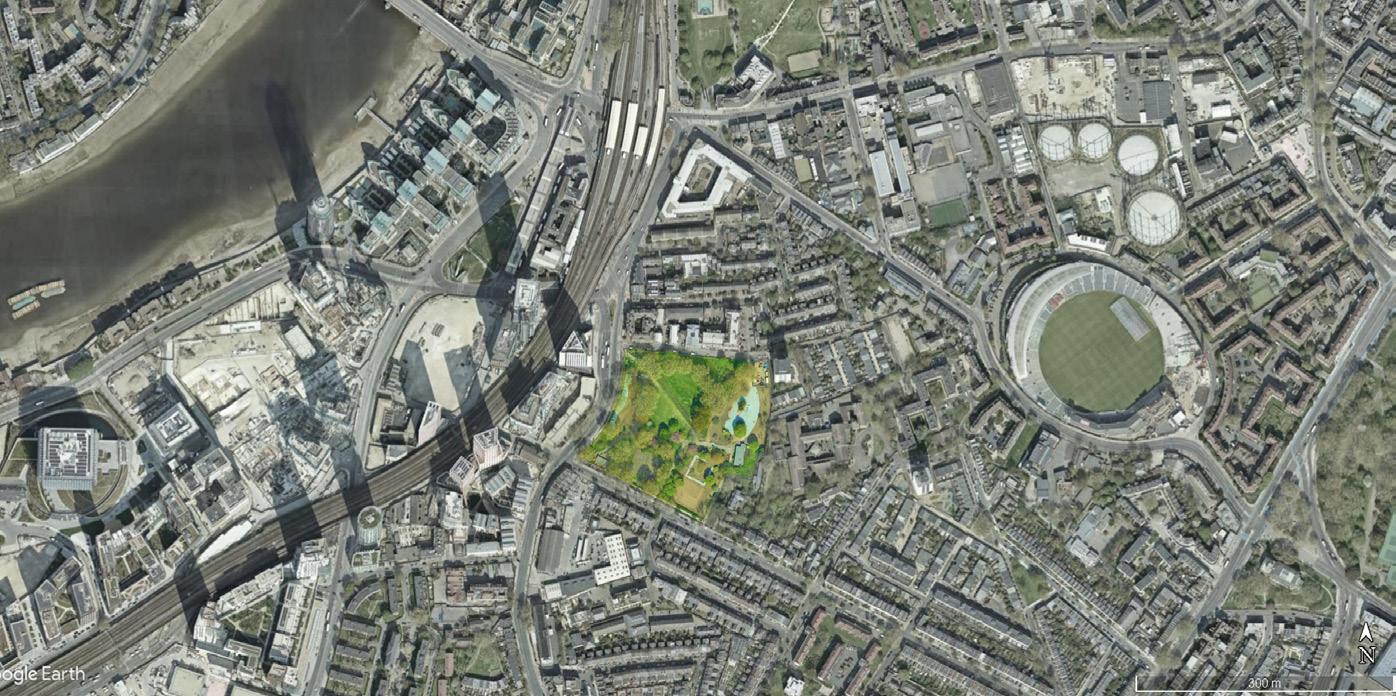
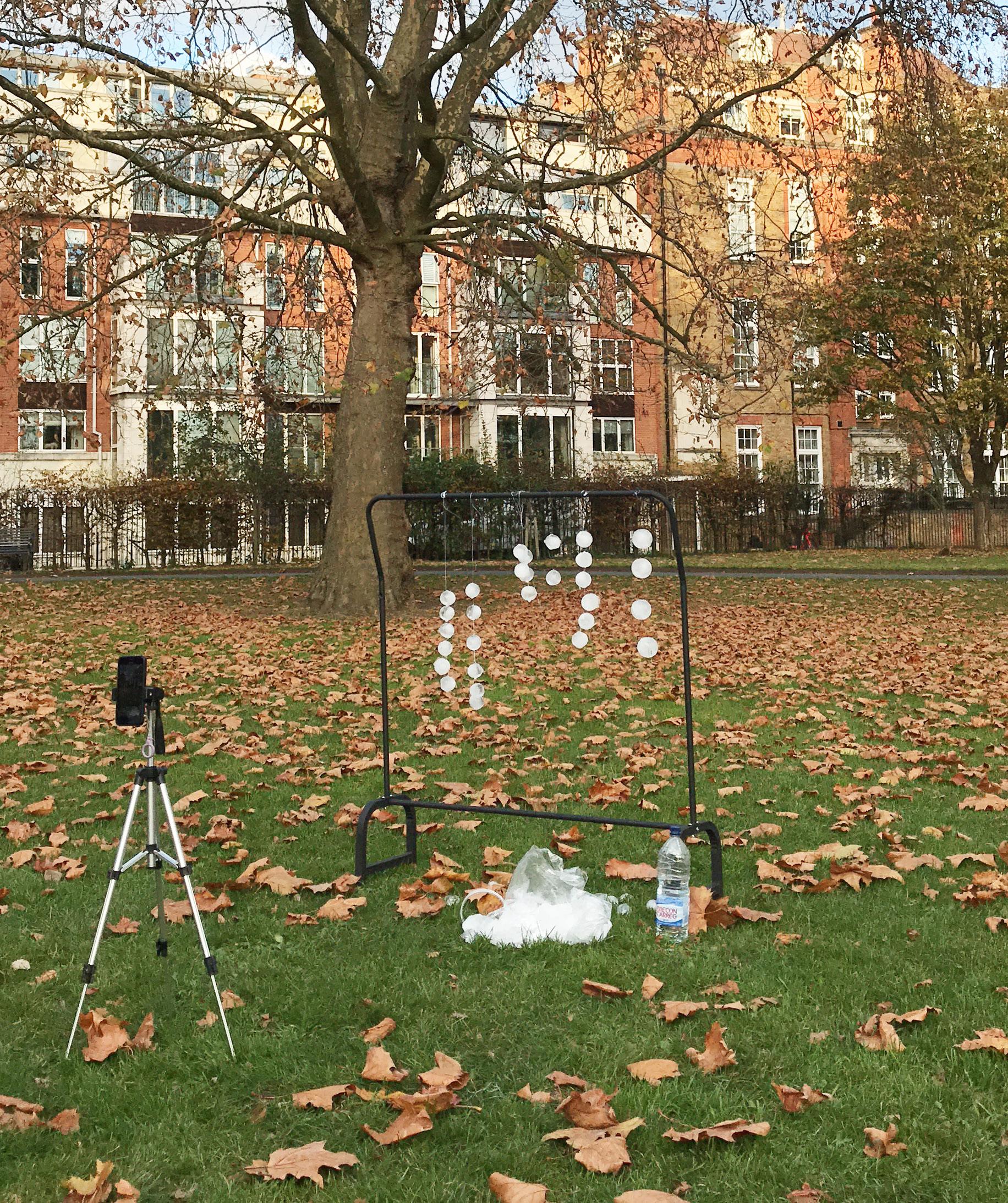
REFERENCE - OLAFUR ELIASSON
Danish-Icelandic artist Olafur Eliasson has extracted 30 blocks of glacial ice from the waters surrounding Greenland and placed them in public spaces across London, where they will be left to melt.

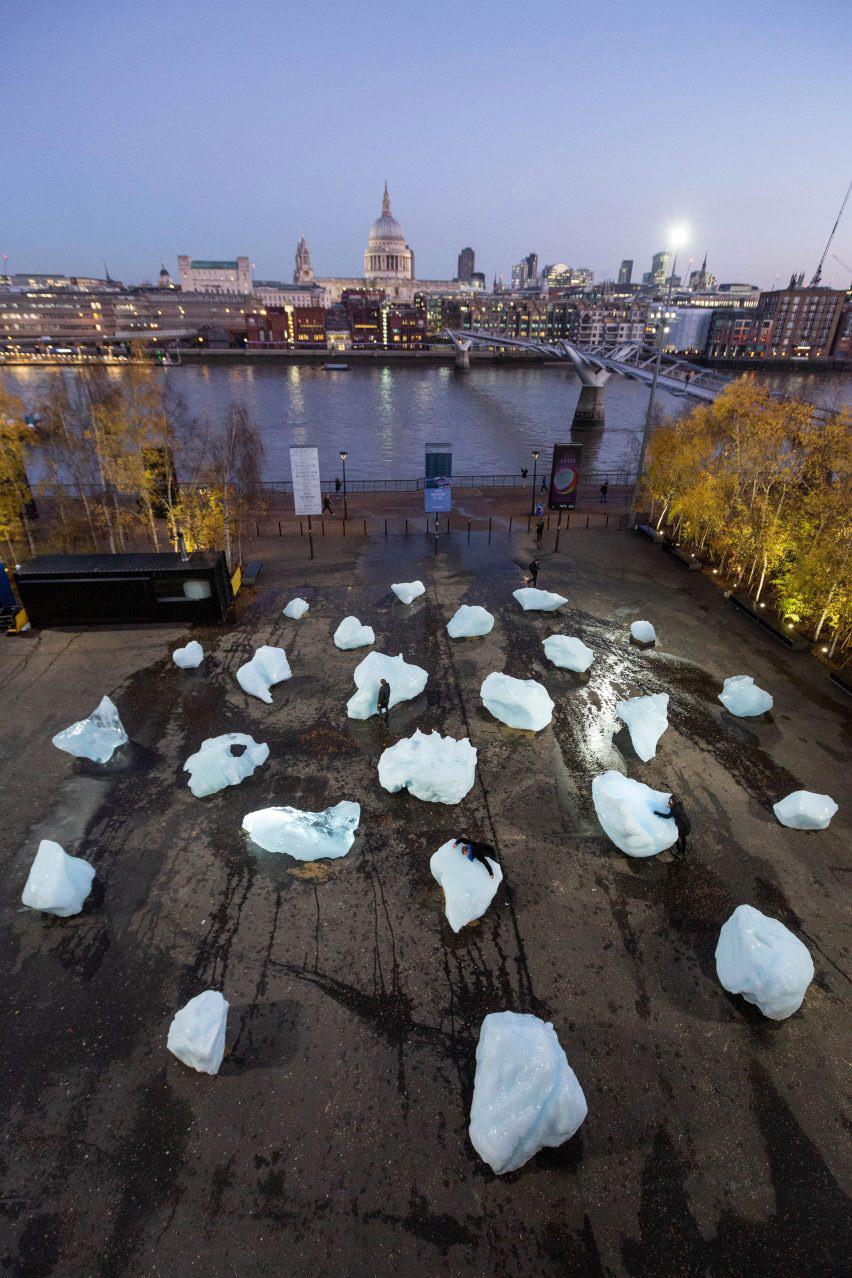
Called Ice Watch, the temporary installation is meant to serve as a visual reminder of the impact of climate change on the environment.
"It is a lot more physical; it suddenly gives a stronger sense of what it is they're talking about when they say the Greenland ice caps are melting," Eliasson explained.
https://www.dezeen.com/2018/12/12/icewatch-olafur-eliasson-installation/
REFERENCE -
AZEVEDO
In 2009 Brazilian artist Nele Azevedo carved 1,000 ‘Melting Men’ out of ice and placed them on a stairway in a Square of Berlin in order to bring awareness to Global Warming. She created the installation to visually remind people of the melting ice caps in Greenland and Antartica (according to an analysis made by researchers, ice could cause sea-levels to rise more than 3.3 ft by 2100!).
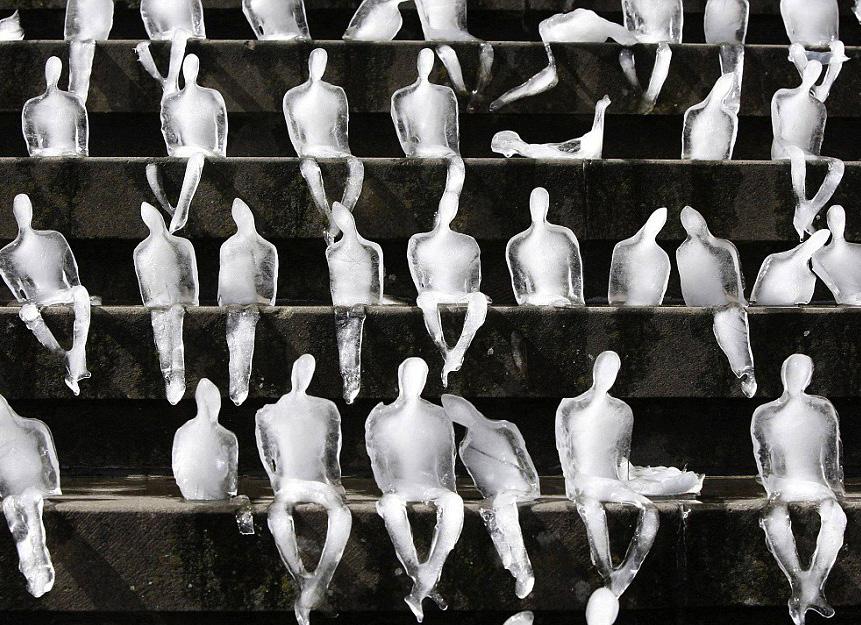
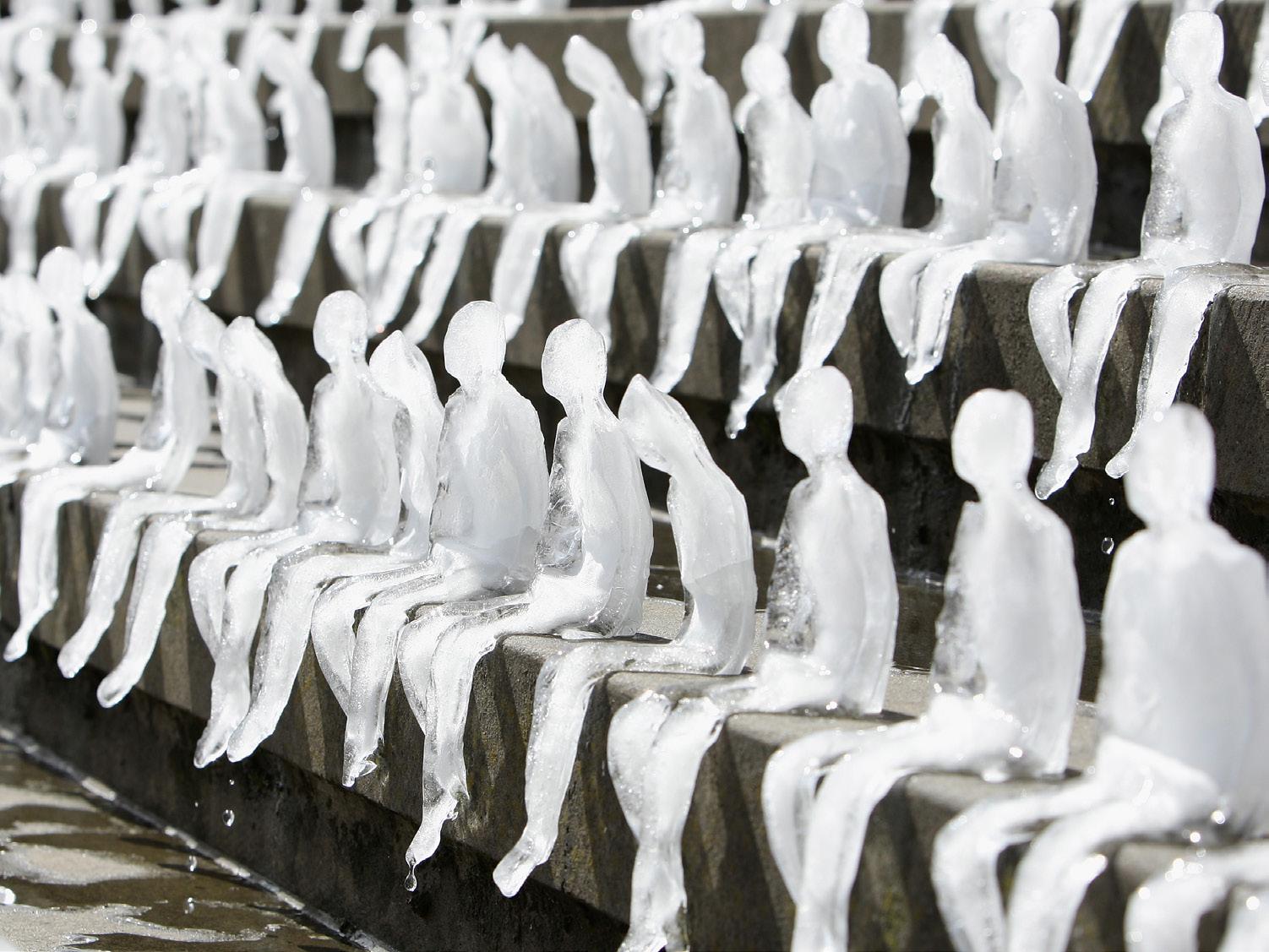


With temperatures of 73 degrees fahreneheit, (23 degress celsius), the ice figures began melting within half an hour after setup.
She has installed the ‘Melting Men’ or ‘Monumento Minimo’, in cities across the globe and is becoming known internationally for her climate change art. http://www.katarte.net/2013/11/nele-azevedomelting-men/
QUESTION:
Can I observe the world through an ice ball? If I could, what kind of view will I get?
How can I connect the ice ball with landscape design?
Can I also respond to climate change? In the context of climate change, how can the ice ball respond to it?
How can the ice ball influence human, other species, landscape, and the earth?
HOW TO MAKE A PERFECT ICEBALL LENS?
WATER
Use purified water and repeatedly and slowly boil it more than 2 times to allow the dissolved gases in the water to escape as much as possible.
TEMPERATURE
-8 - -4 degrees Celsius.
TIME
Allow the water to freeze slowly for 24 hours. This slow freezing should remove any gases and impurities and make the ice very clear.
METHODS OF FREEZING
Allow the temperature to drop slowly and evenly. It is best to let the entire container of ice-making water be lowered together to about 0 degrees and repeatedly store it above and below 0 degrees to allow the ice to freeze evenly.
THE METHOD I USED
Use a Styrofoam insulated box to make this. Because Styrofoam insulated boxes are so well insulated, after filling the box with purified water and sealing it with tape. Then keeping the box with the water at -4 degrees Celsius for 24 hours and store them at about 0 degrees. The water in the box will cool down very slowly until it freezes.
WHAT WILL THE ICE BALL BE LIKE? ?
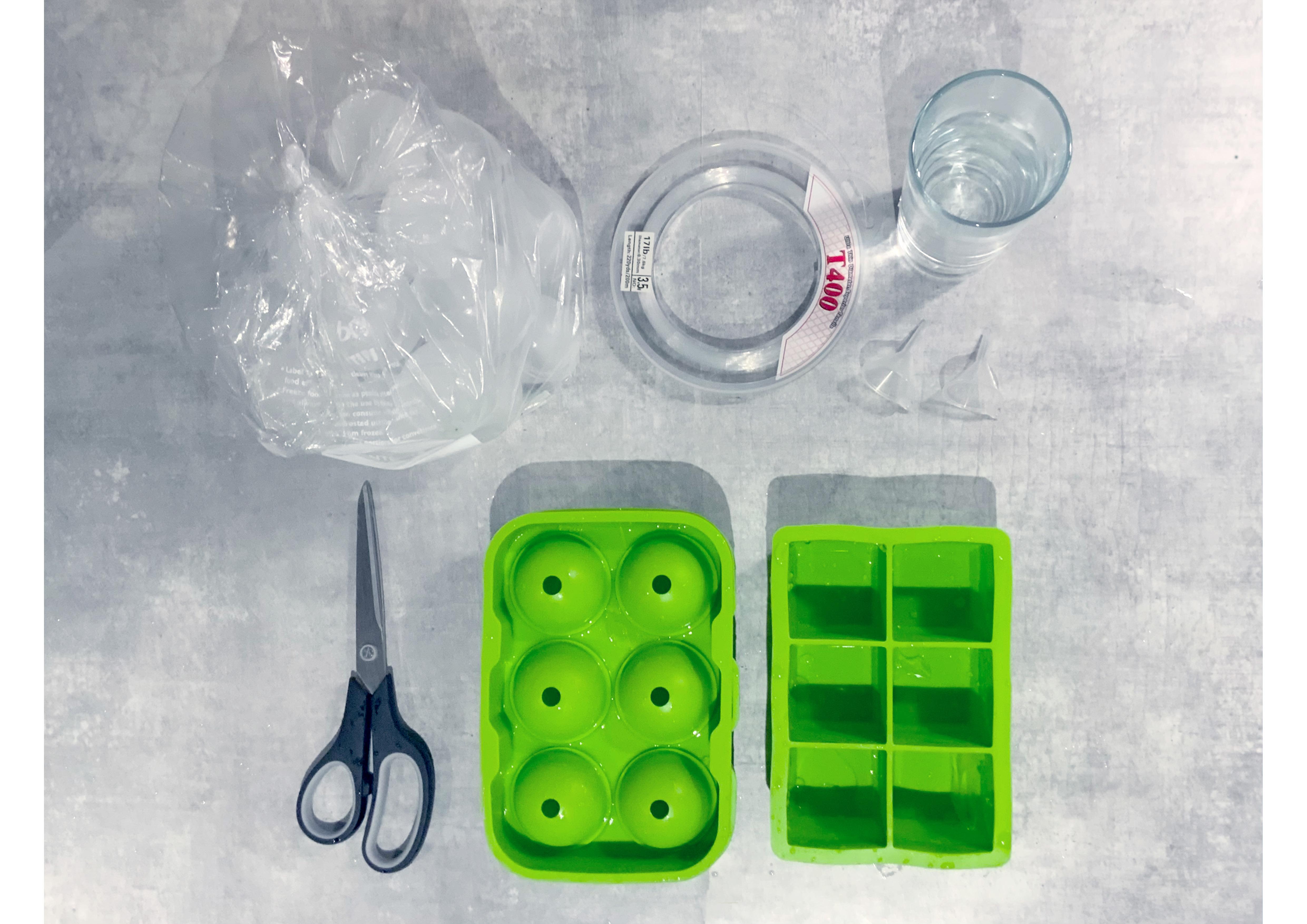
THE PROCESS OF ICE MAKING
STEP 1
Pour the water into the moulds.
STEP 4
Fill the mould with the remaining water.
STEP 2
Place the transparent wire in the middle of the mould.
STEP 3
Secure the wire and place in the top half of the mould.
STEP 5 Place the moulds in the freezer for 12 hours ... 12 3 6
STEP 6 Get perfect ice ball.
9
THE ICE BALL I GOT...
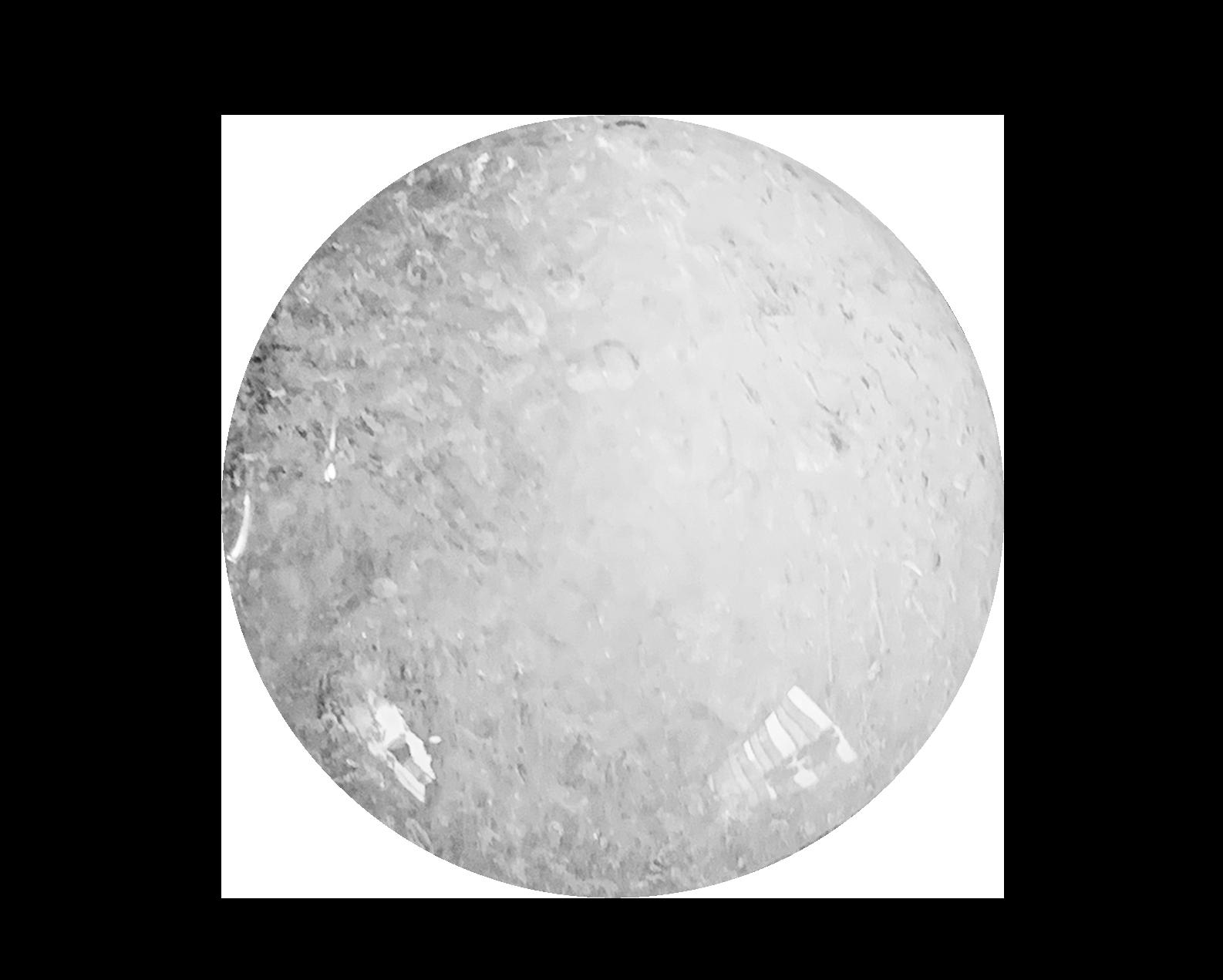
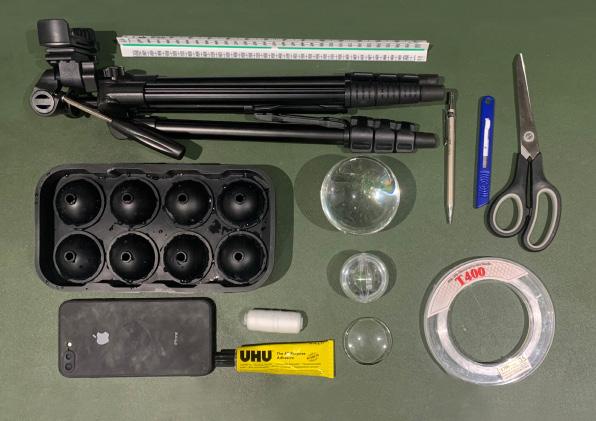
THE PEOCESS OF ICE EXPERIMENT
The first ICE BALL EXPERIMENT was carried out at Vauxhall Park. The experiment attempted to view nearby objects and landscapes through transparent sections of the ice ball. As the ice ball melted, the view changed at any time, producing fantastic images.
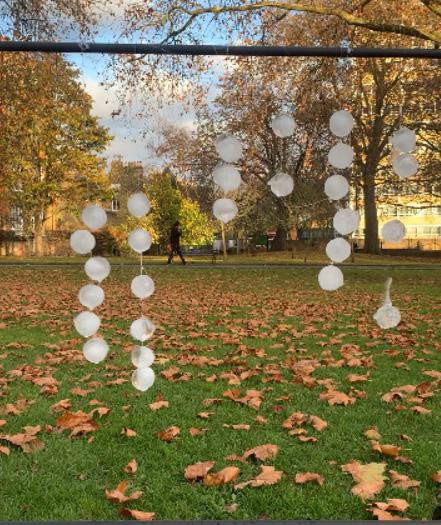
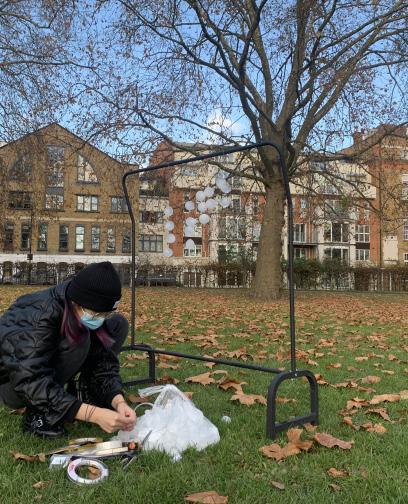
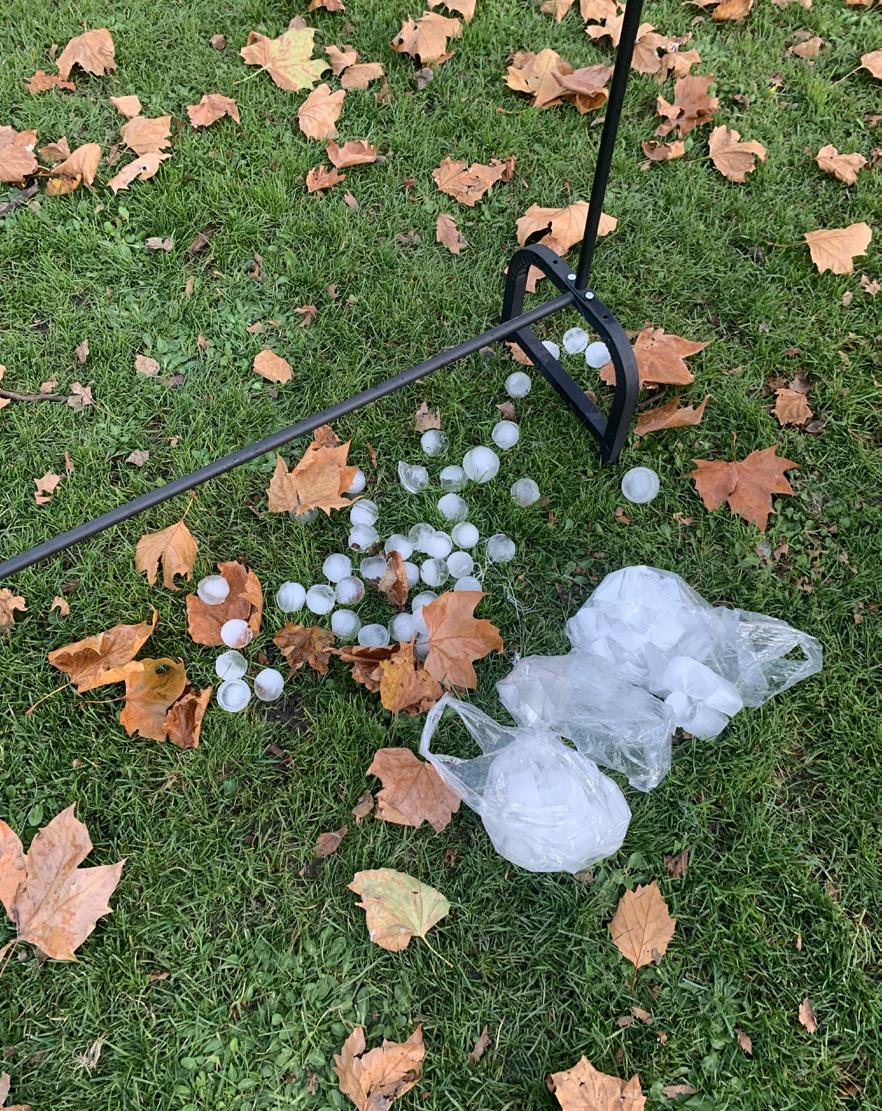
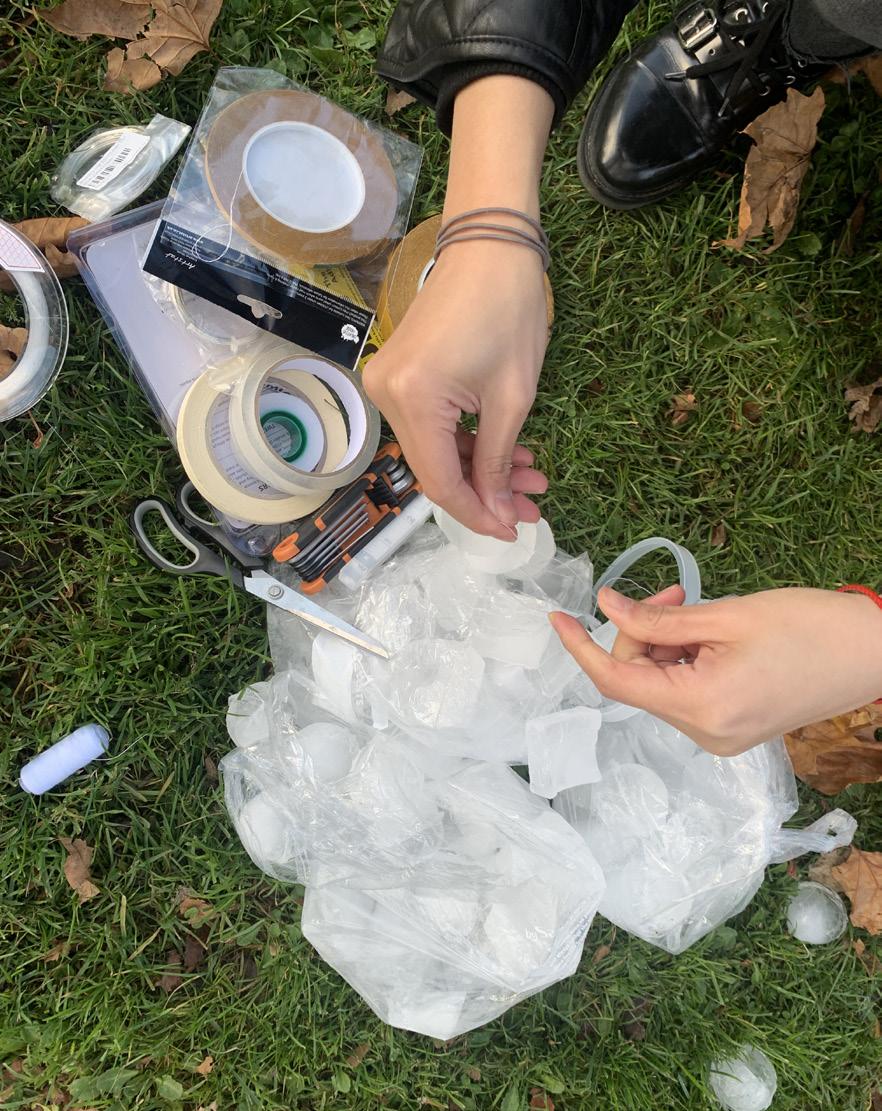
STEP
Stringing pucks together with fishing line.
STEP
STEP
Hang the hockey Strings on the stand.
Observe and record the melting process of the puck and the change in the image of the puck.
STEP
The ice ball gradually melts and falls down.
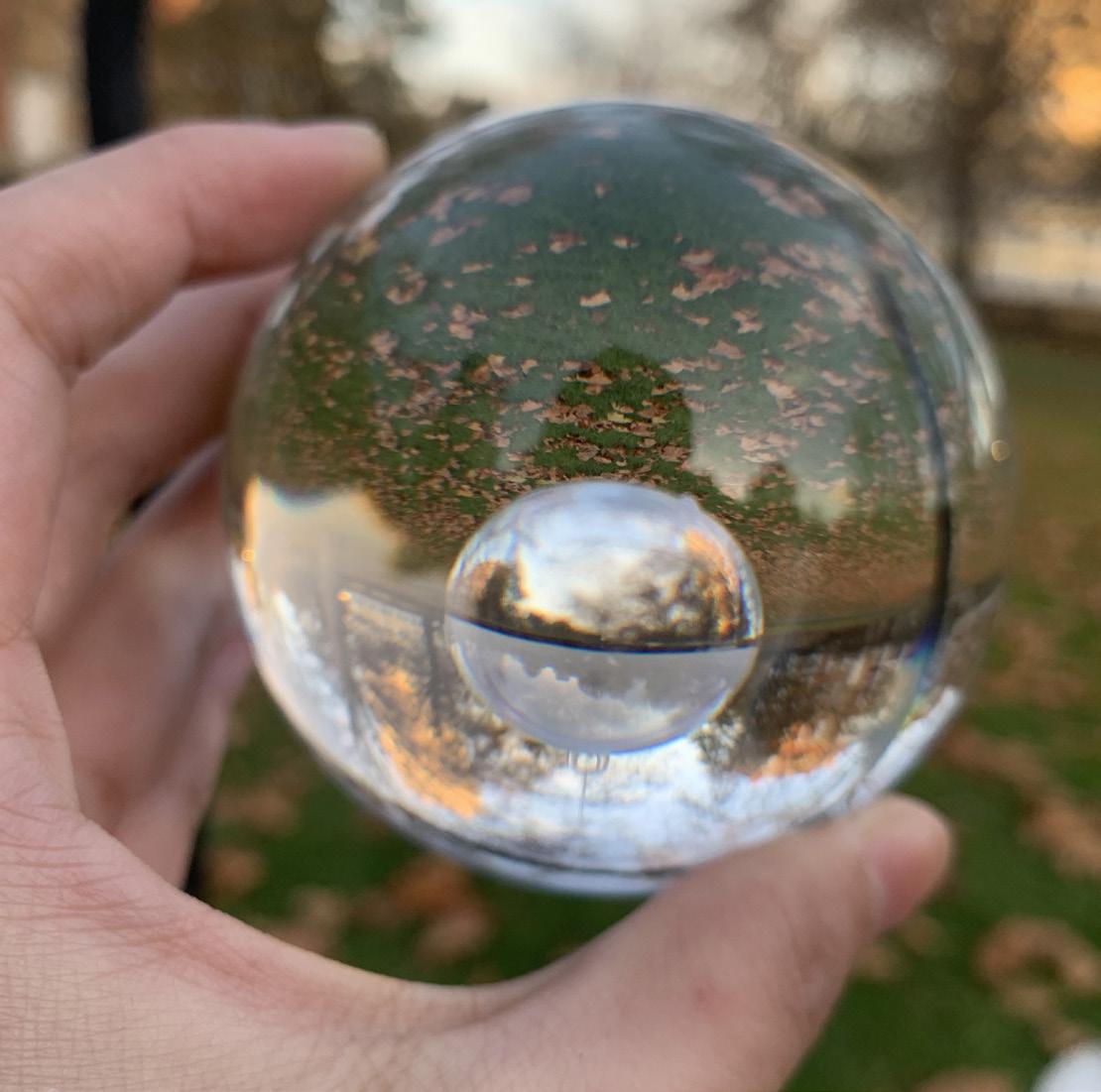
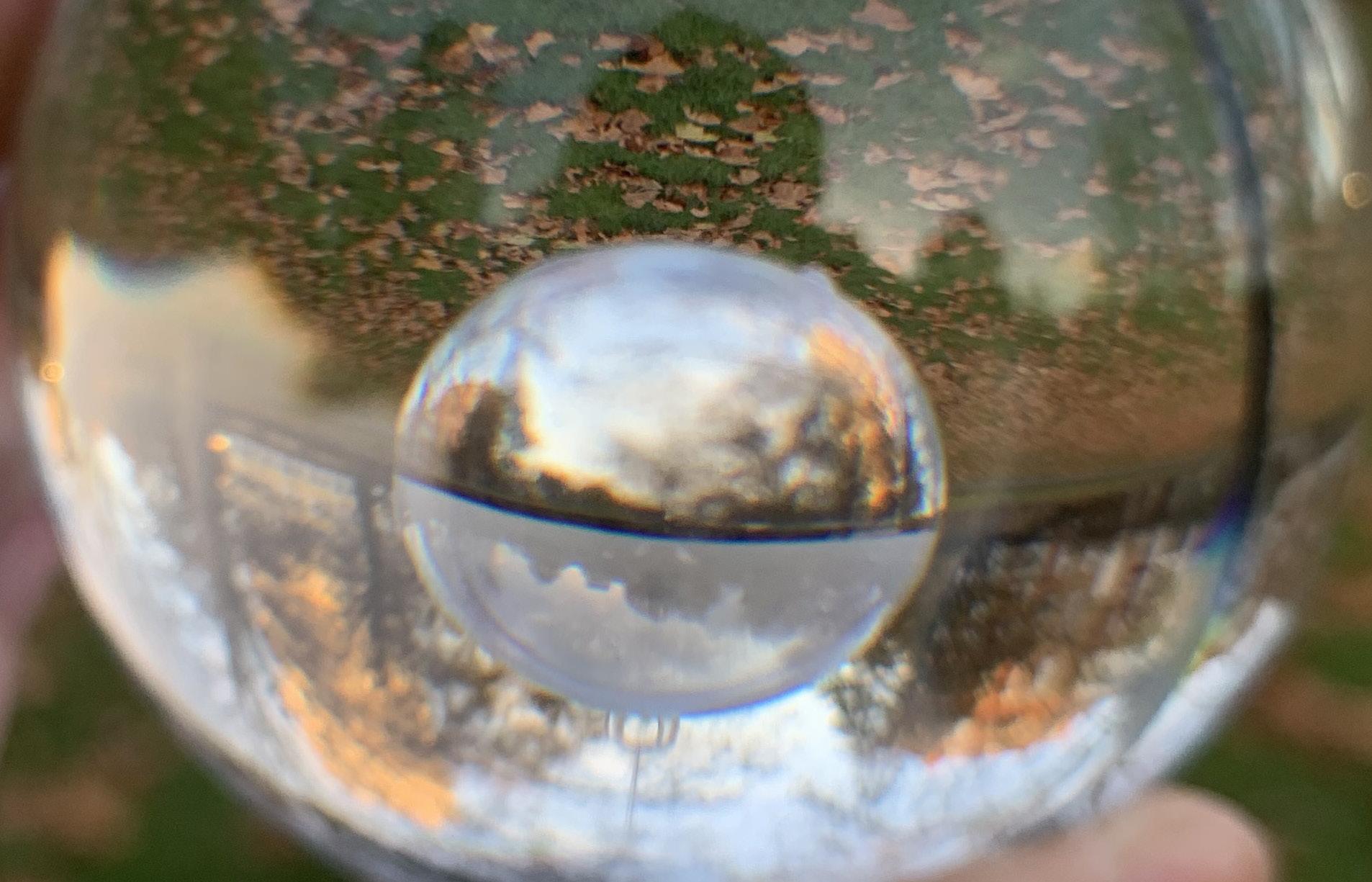
CHAPTER
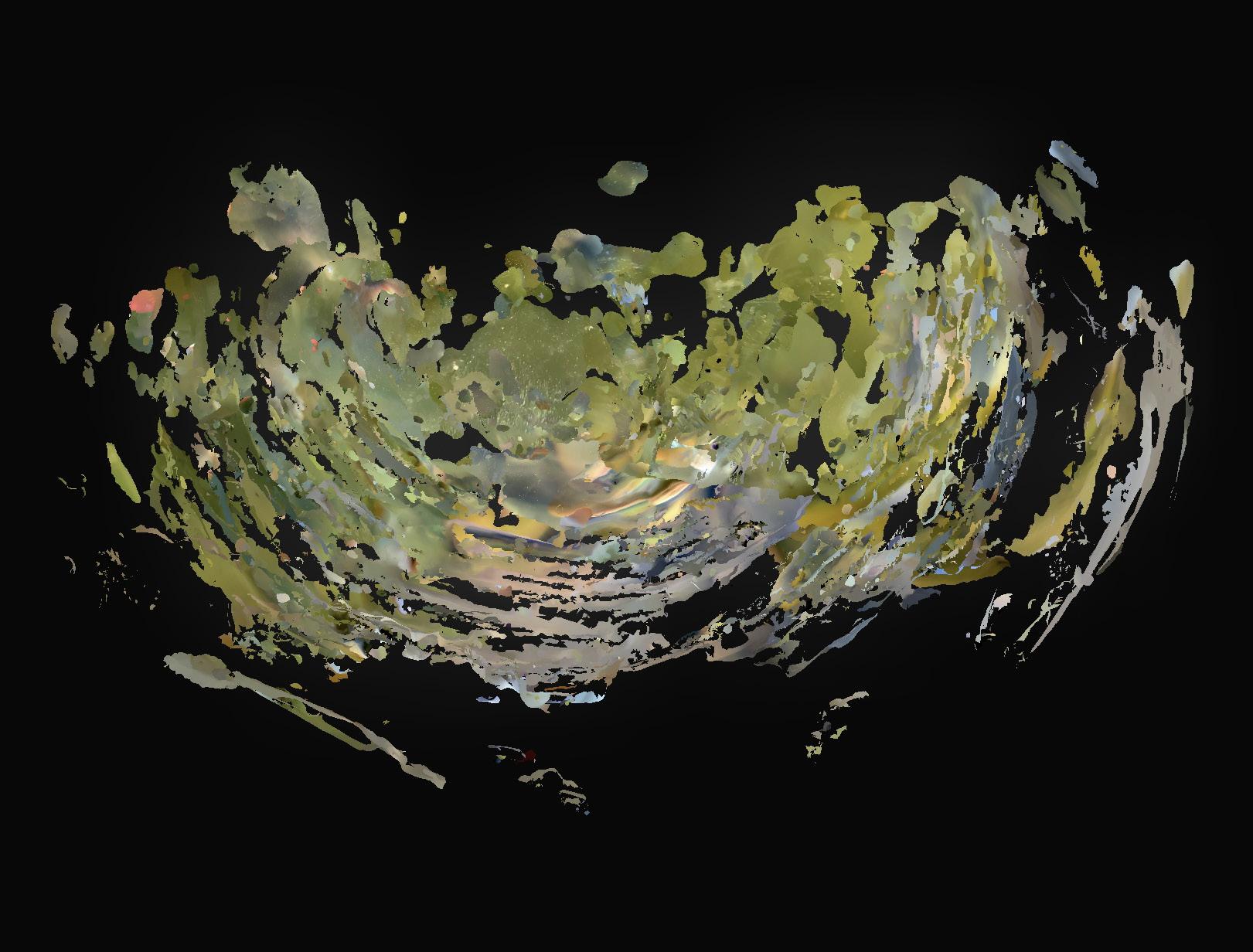
WHY 3D SCANNING IS IMPORTANT?
We are going
“We really
geology, hydrology.”
–Chris FisherTHE TRACK OF 3D SCAN ON PRIMROSE HILL
This site is located in Primrose Hill, London. The two paths in the map are two different scanned paths. At the circle is the location of the scan through the glass ball or the ice ball.
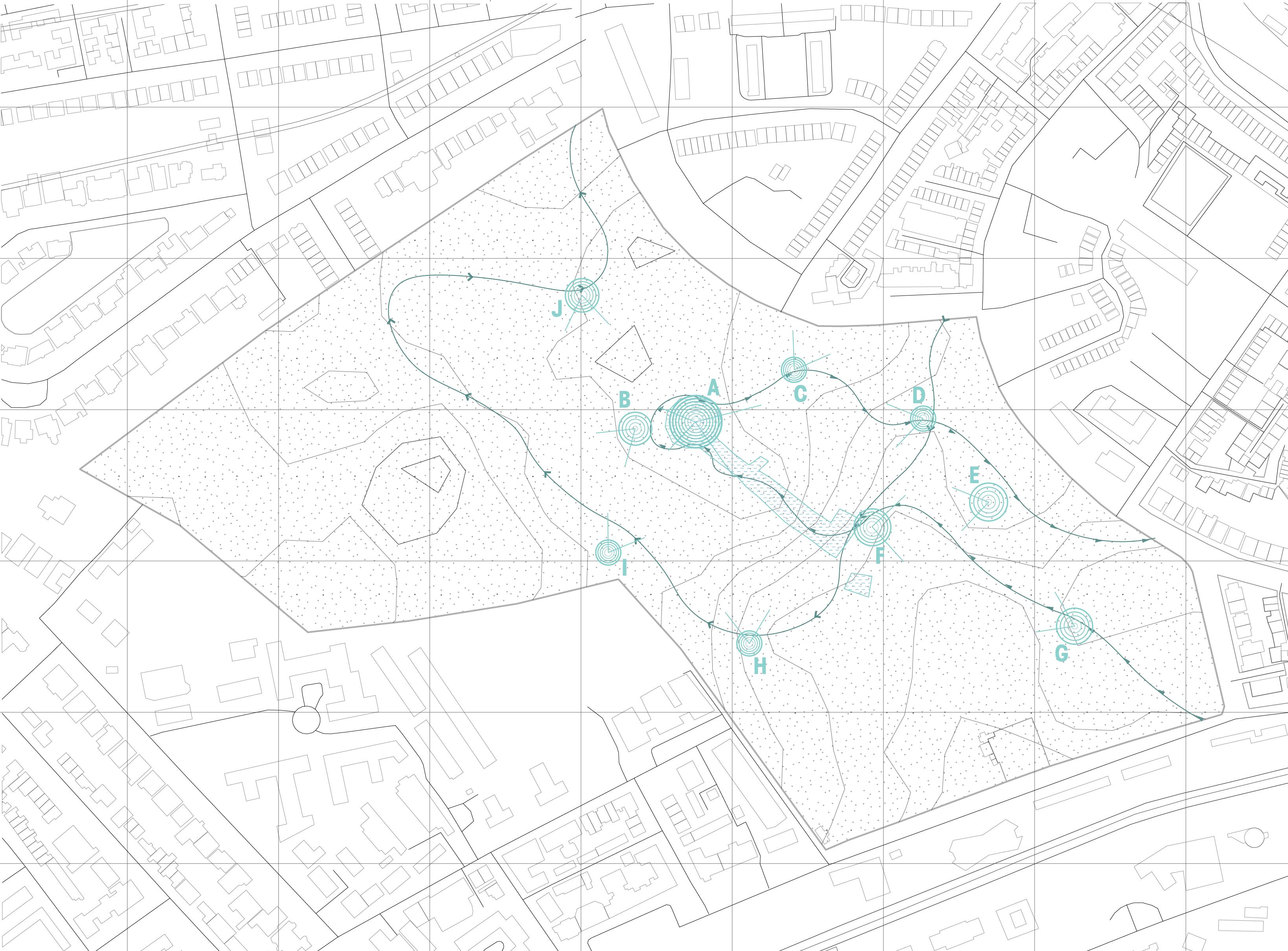
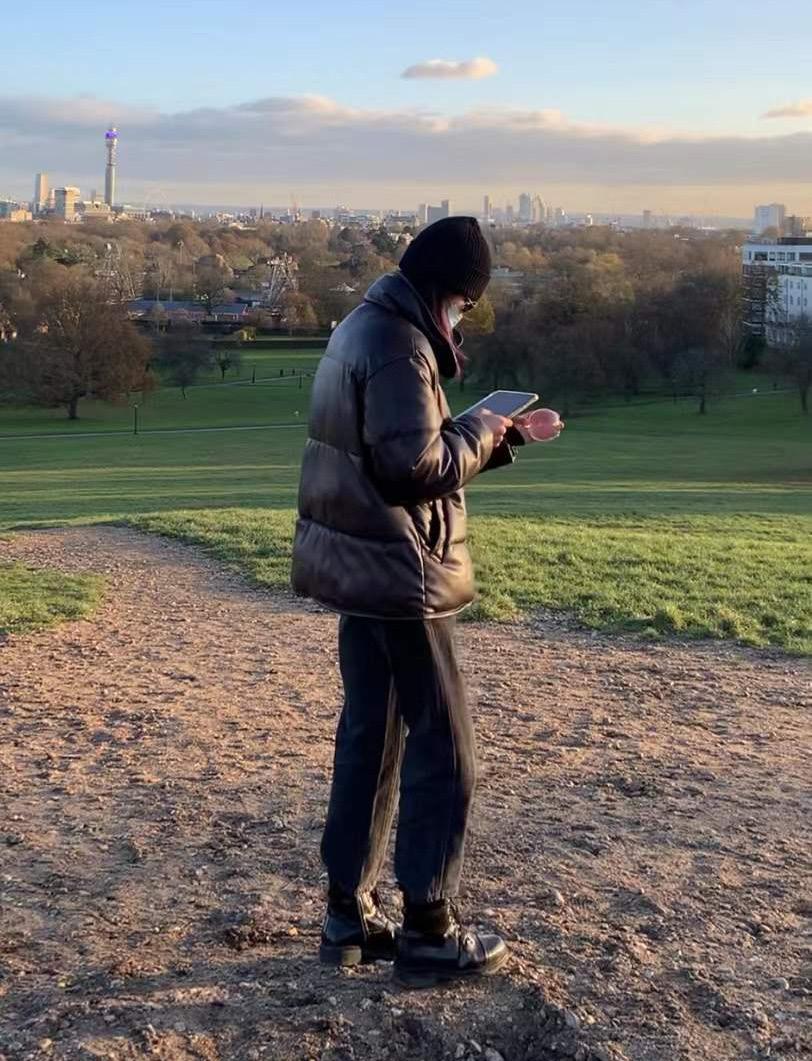
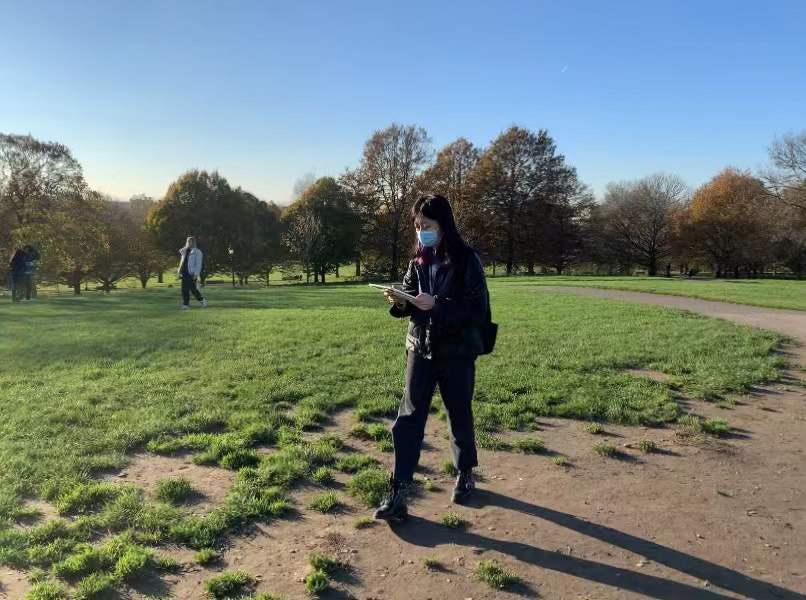
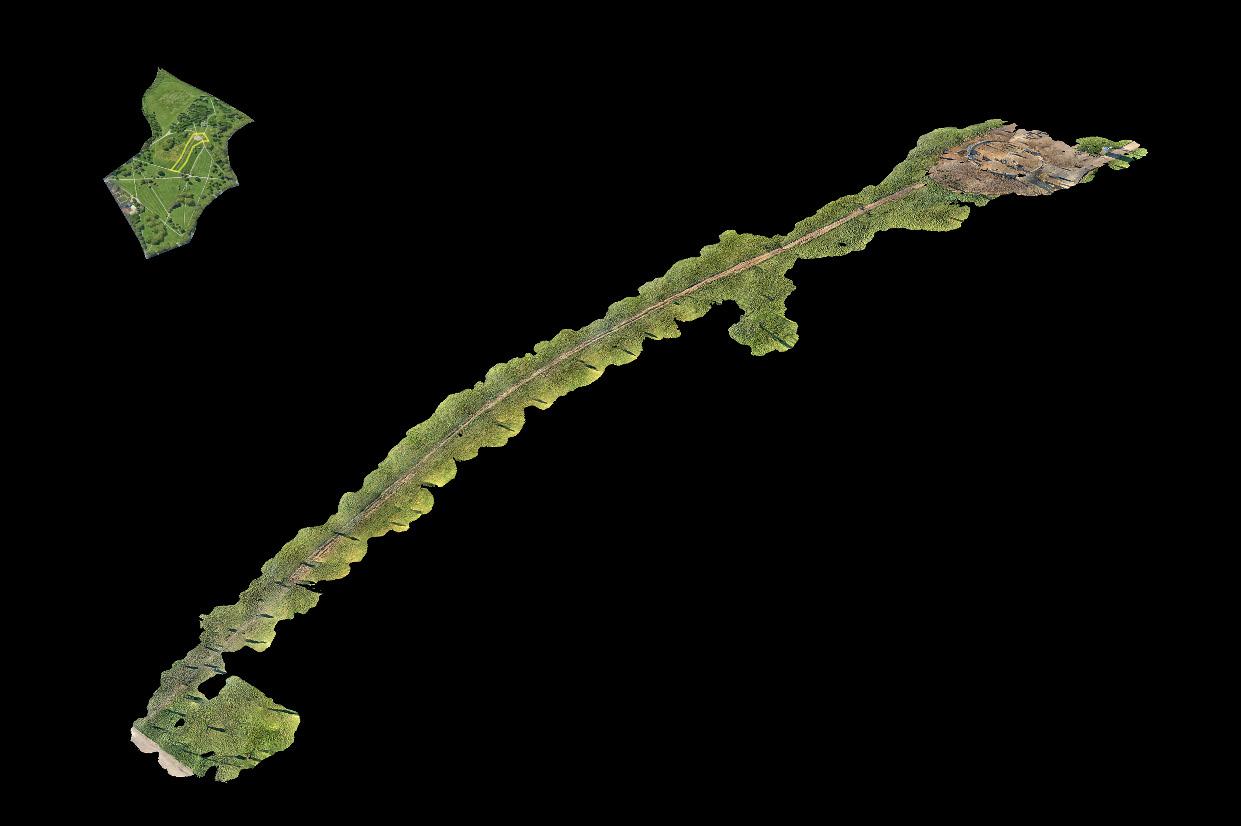
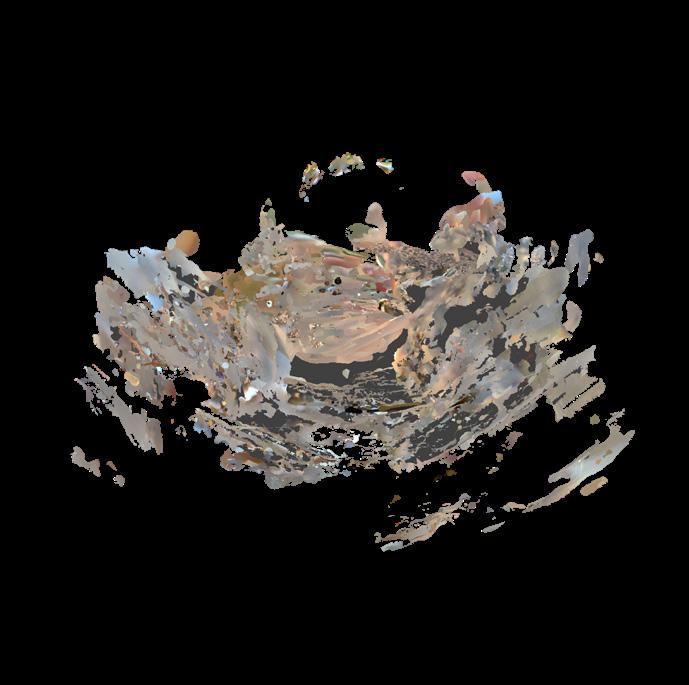
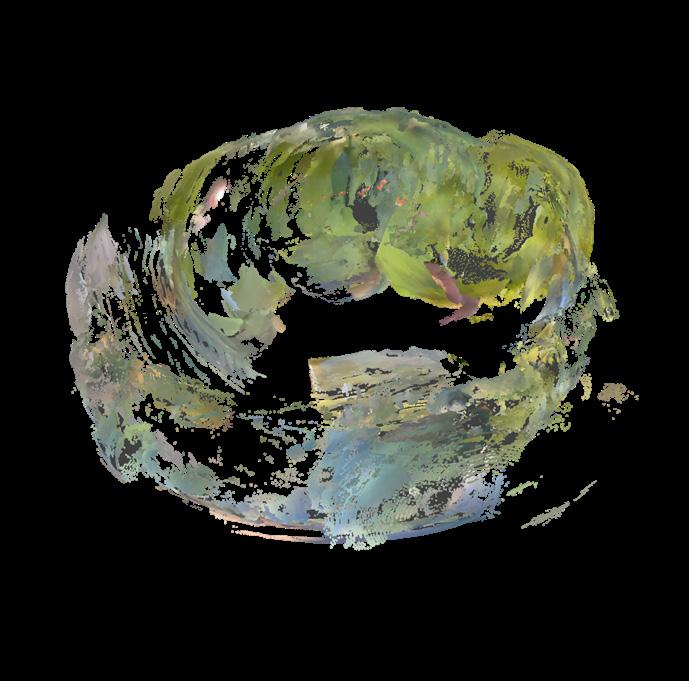
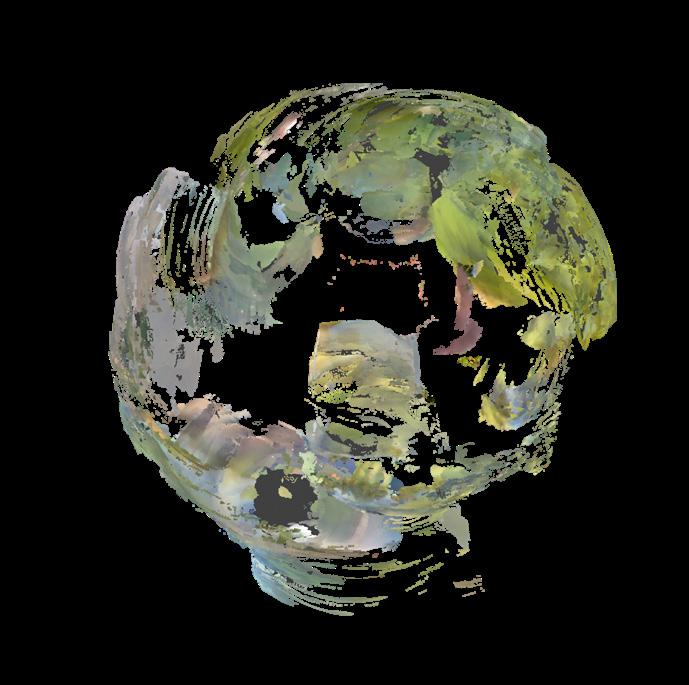
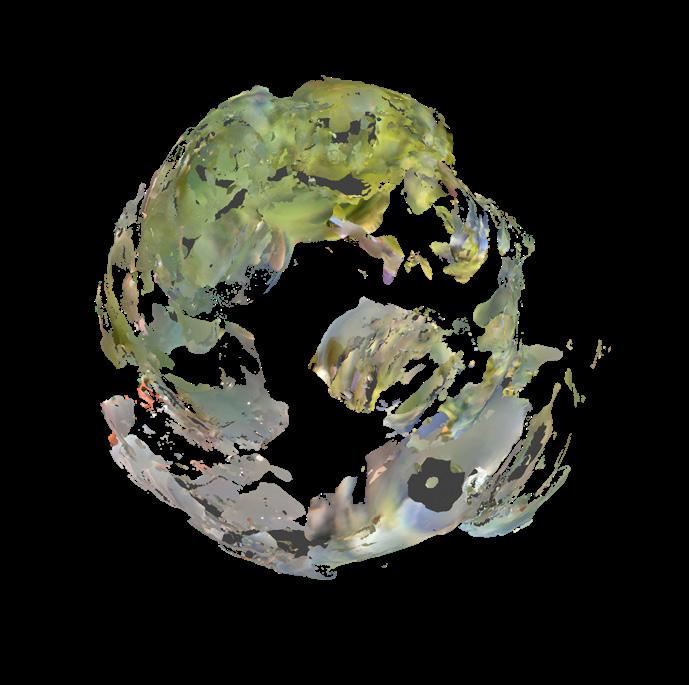
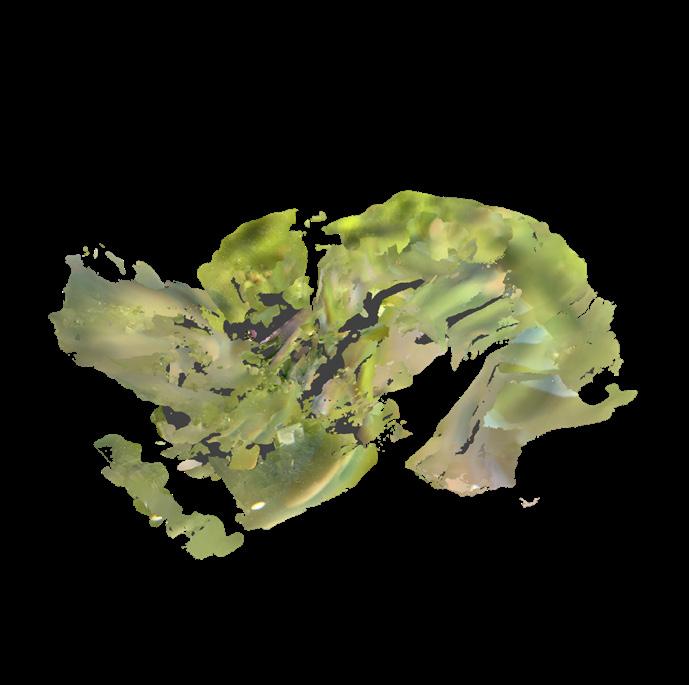
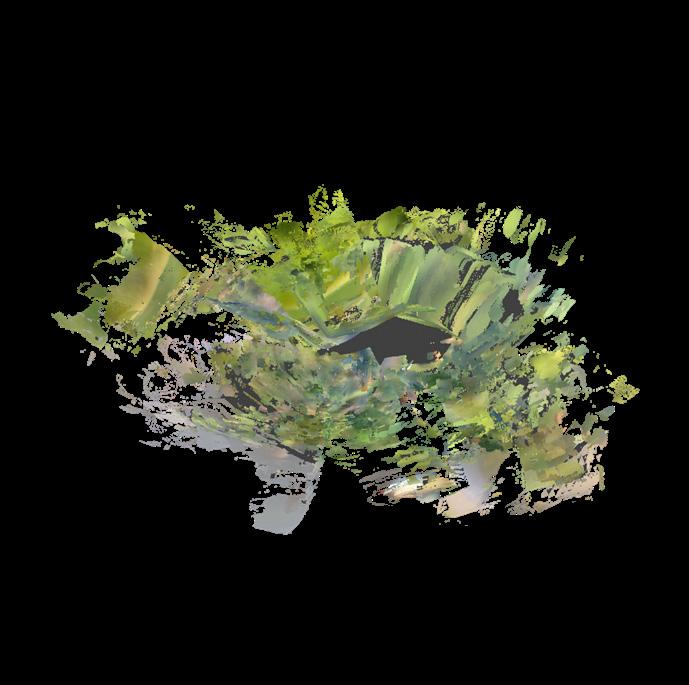
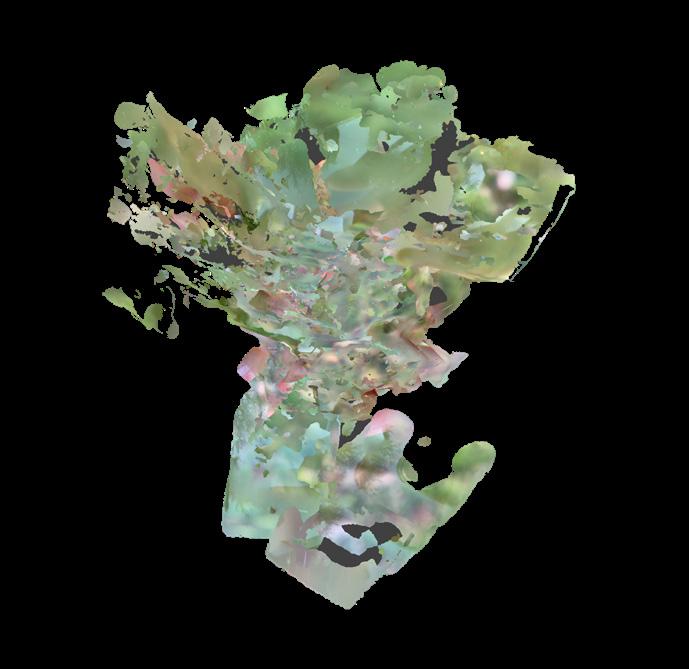
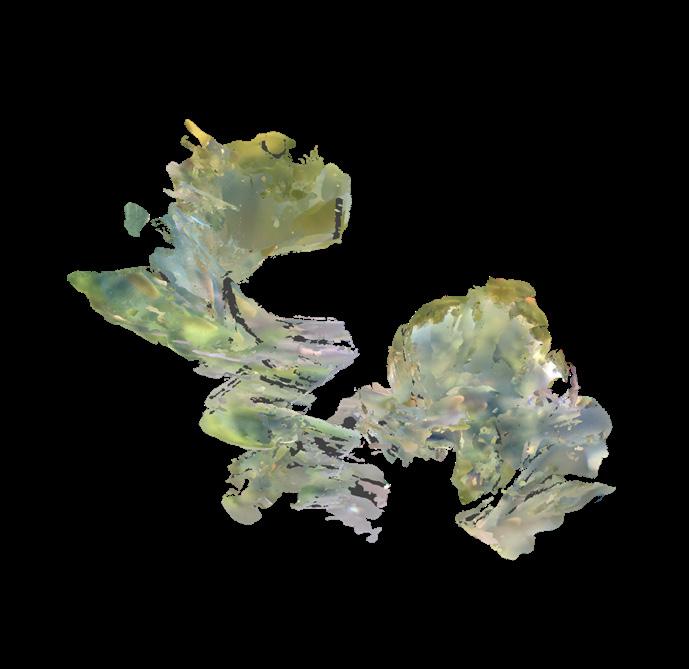
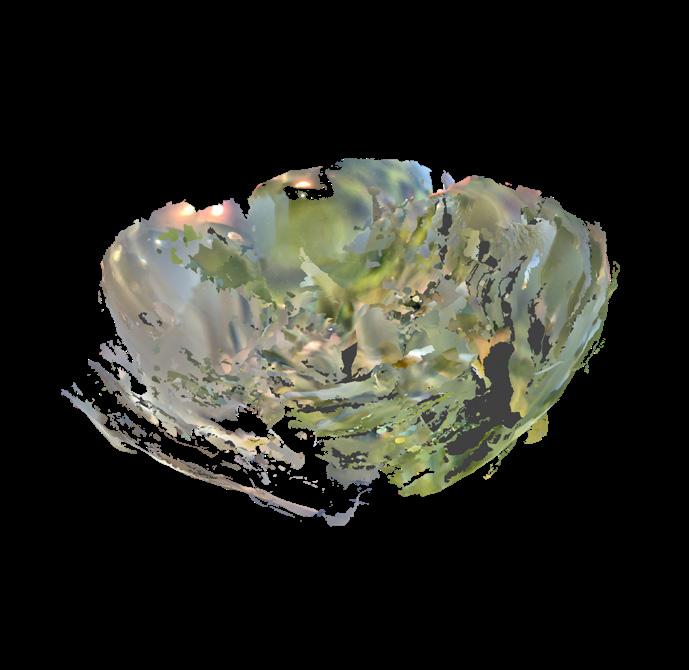
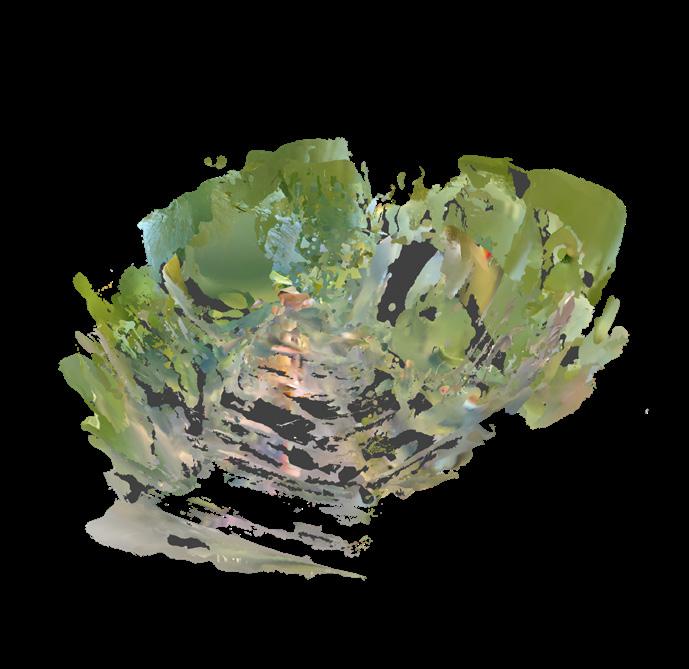
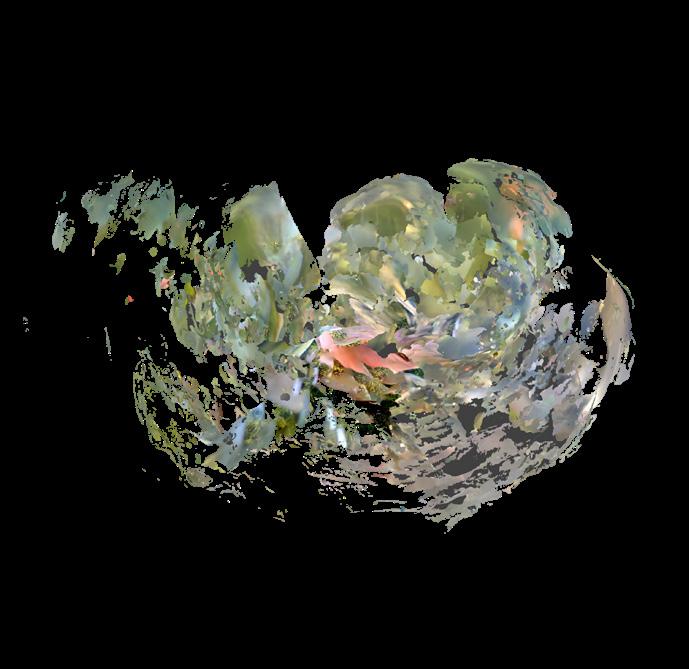
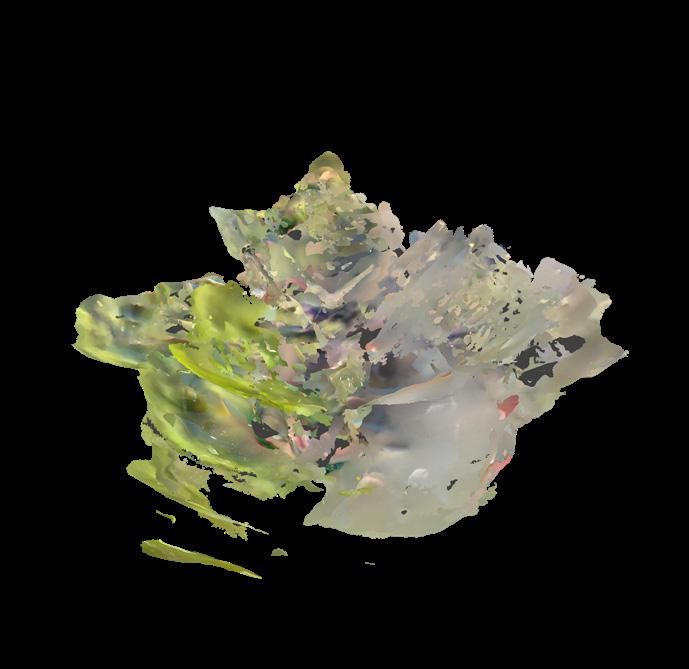
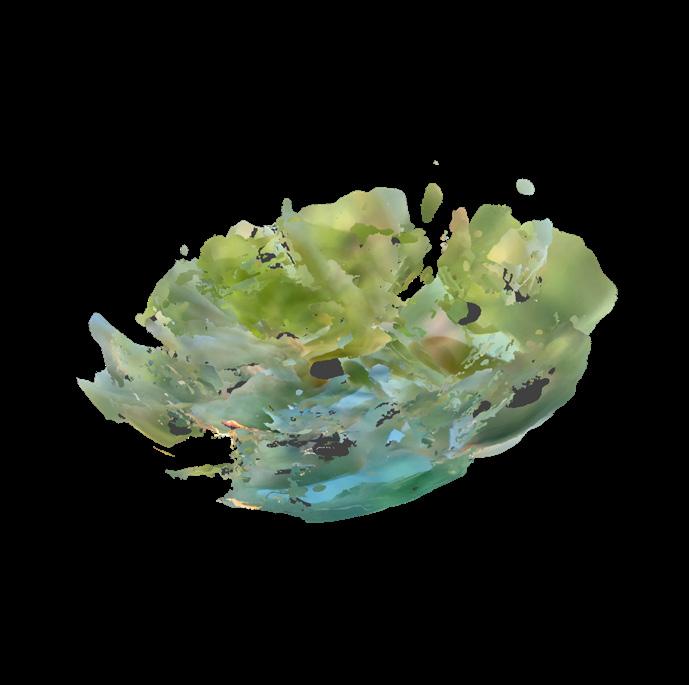

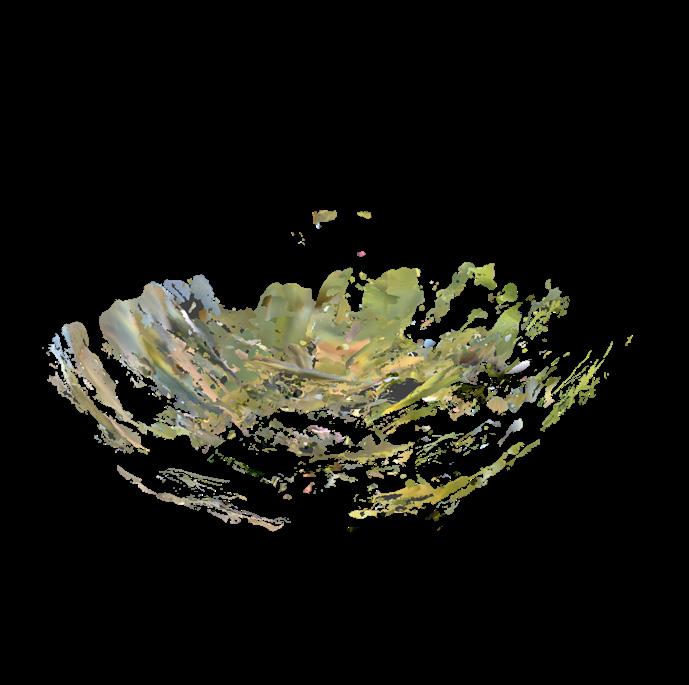
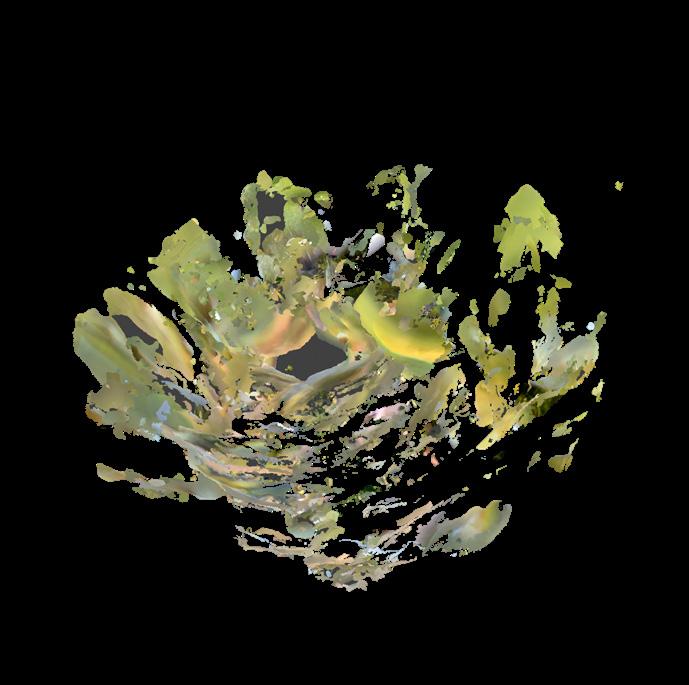
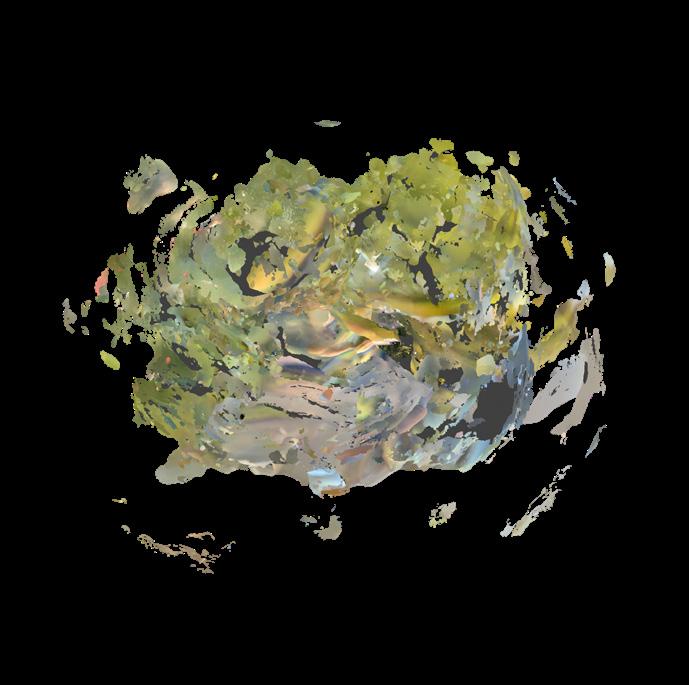
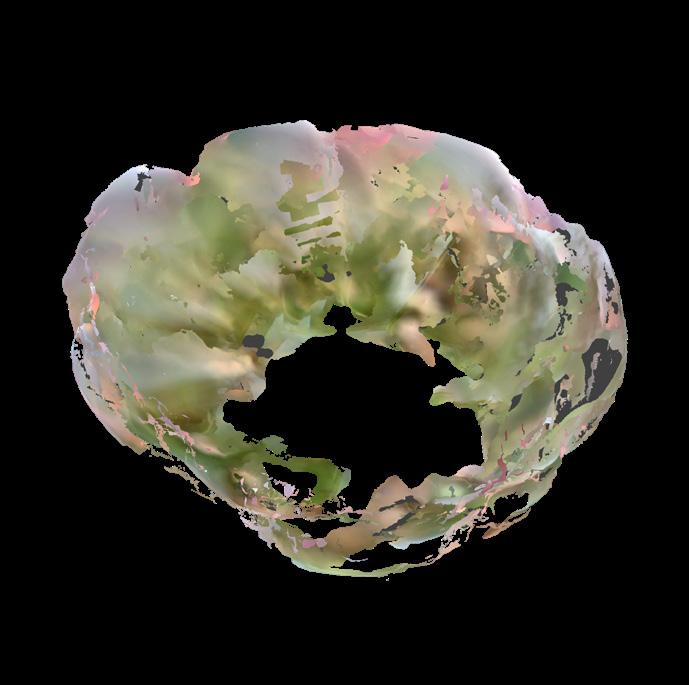
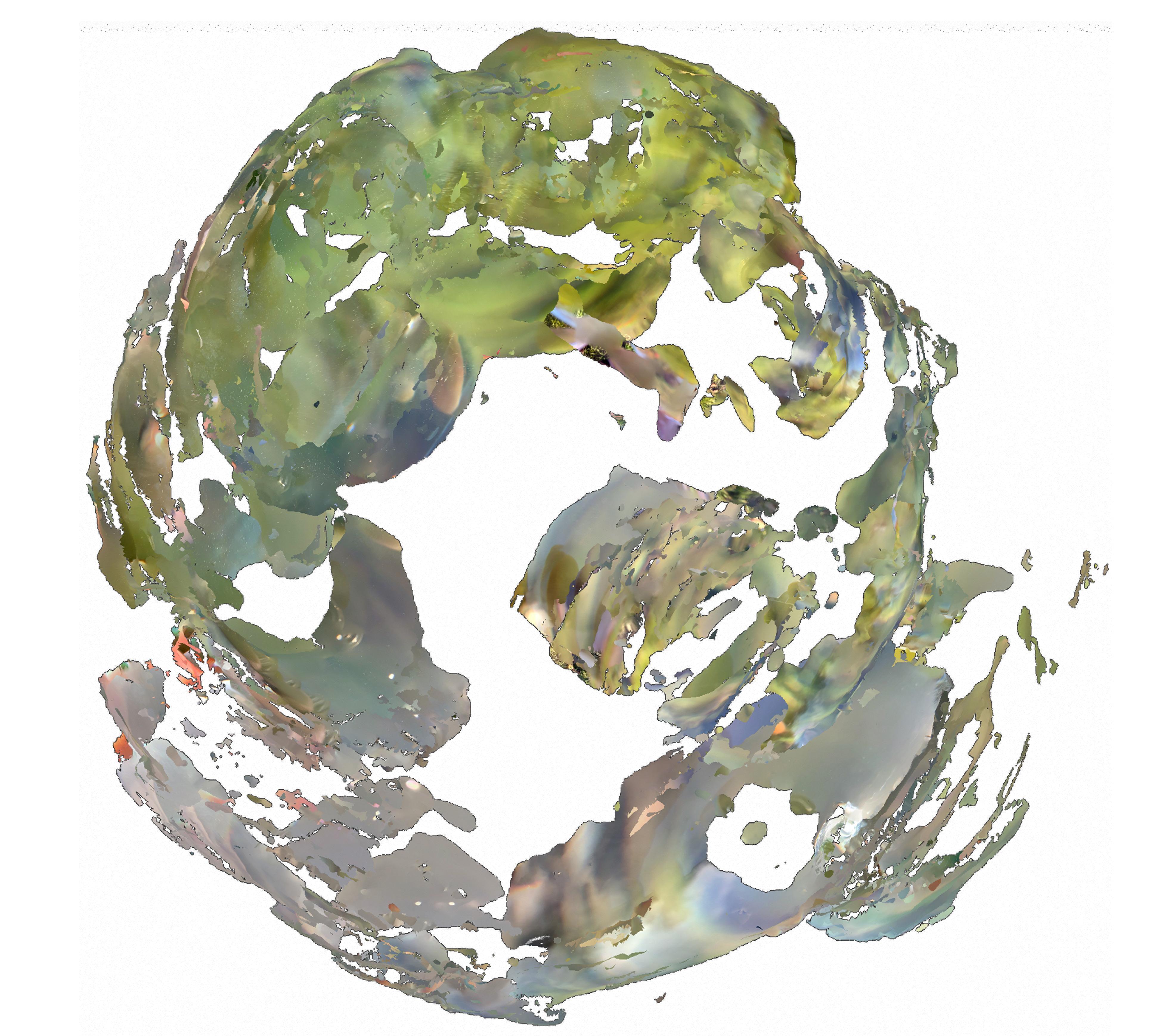
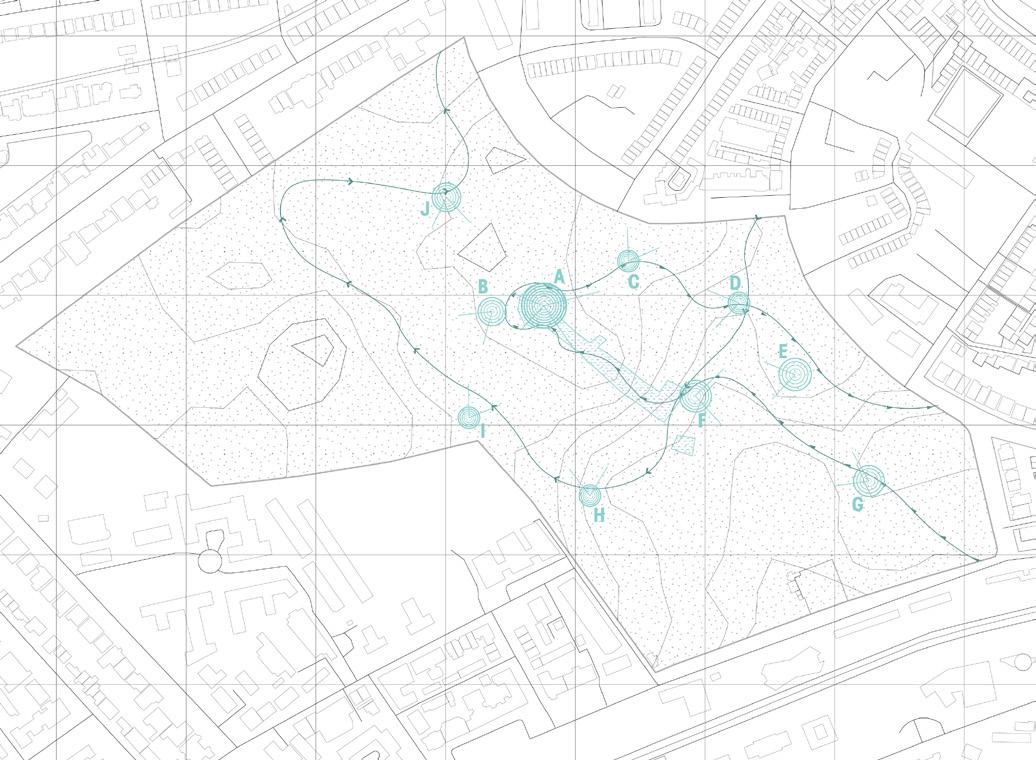
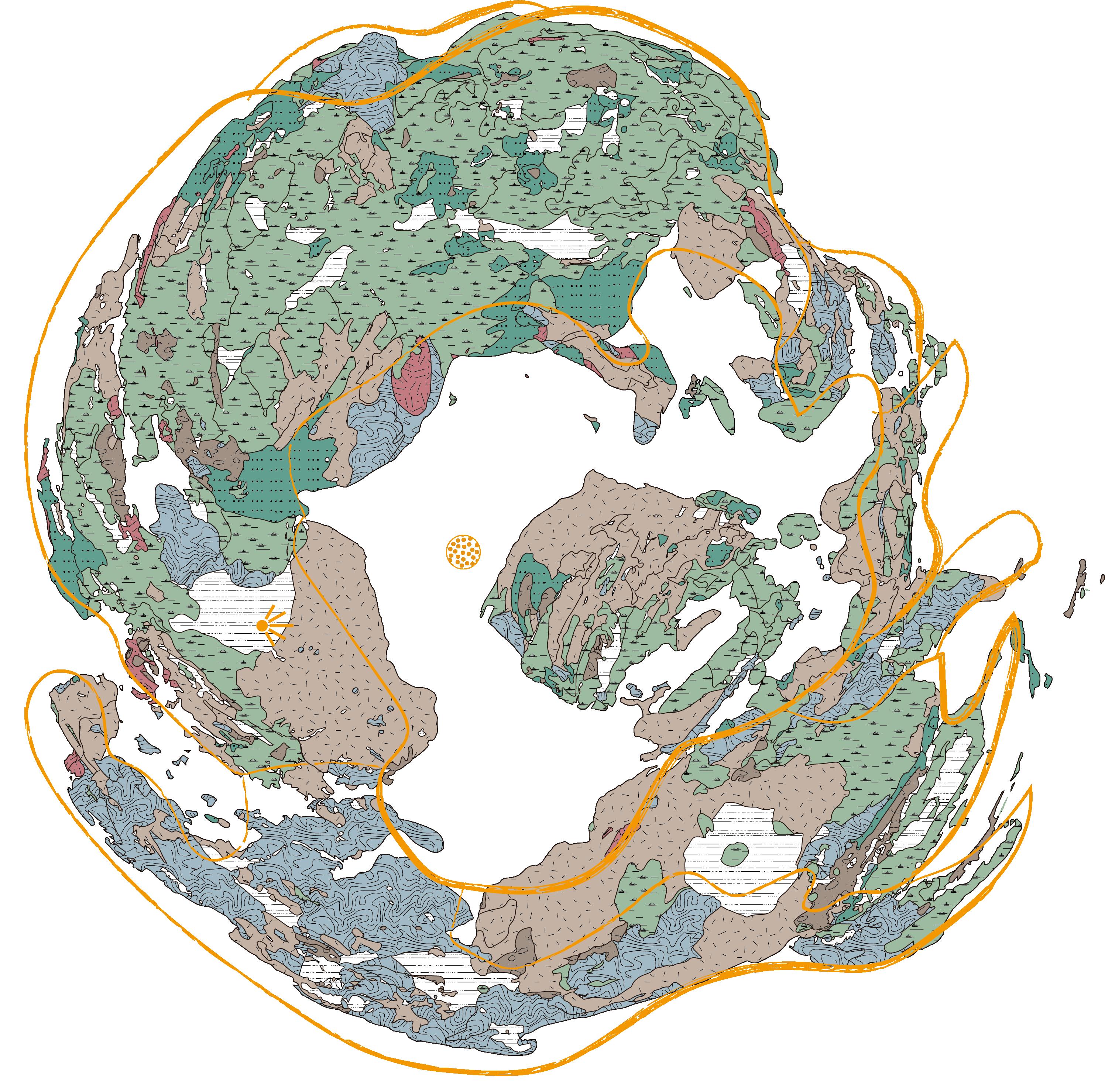


MIDDLE LEVEL: SITE C
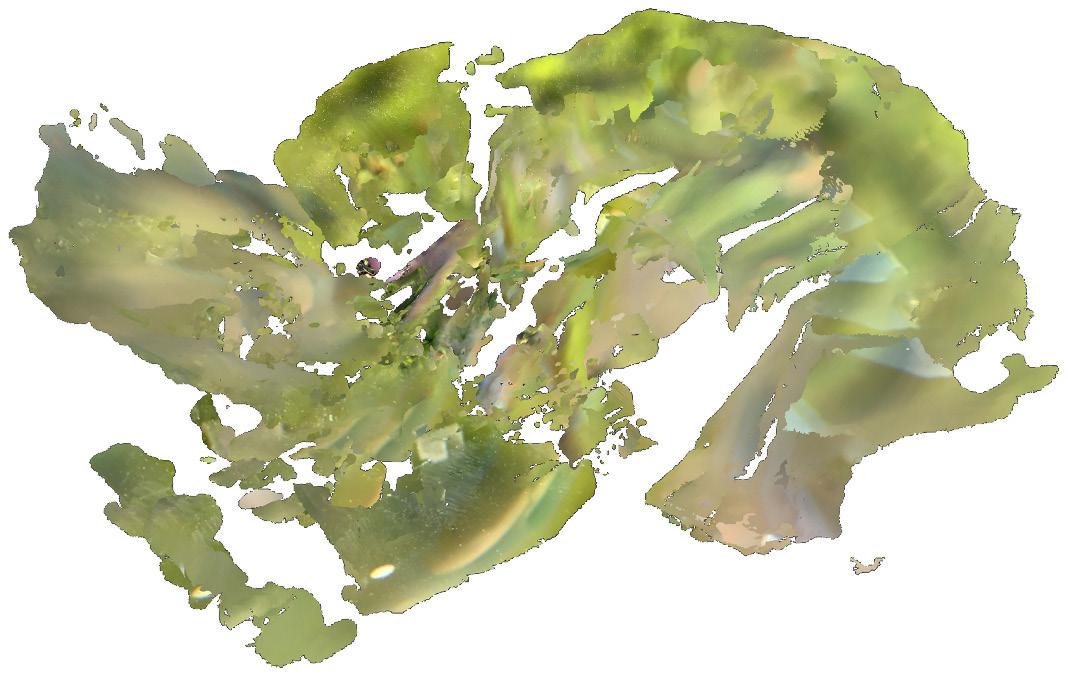
MIDDLE
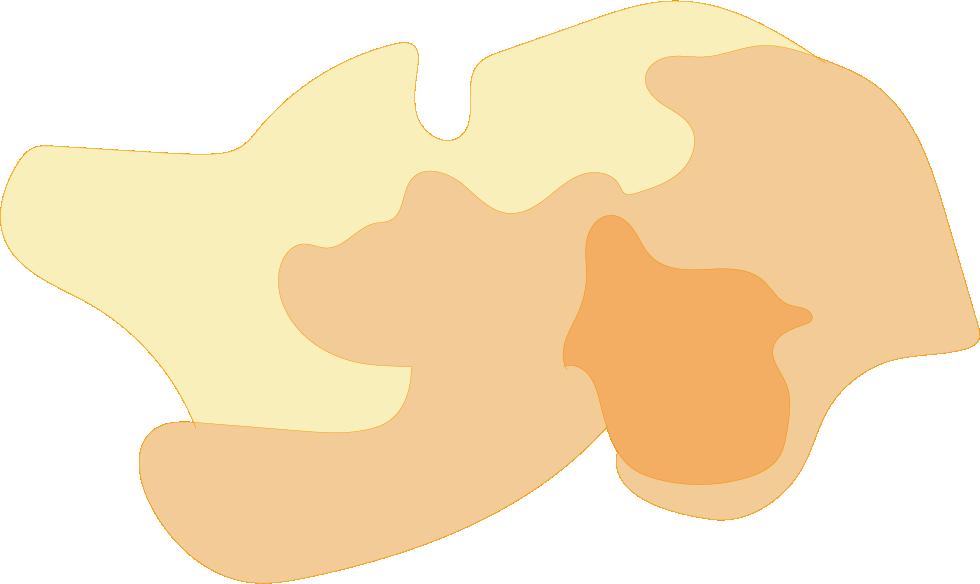


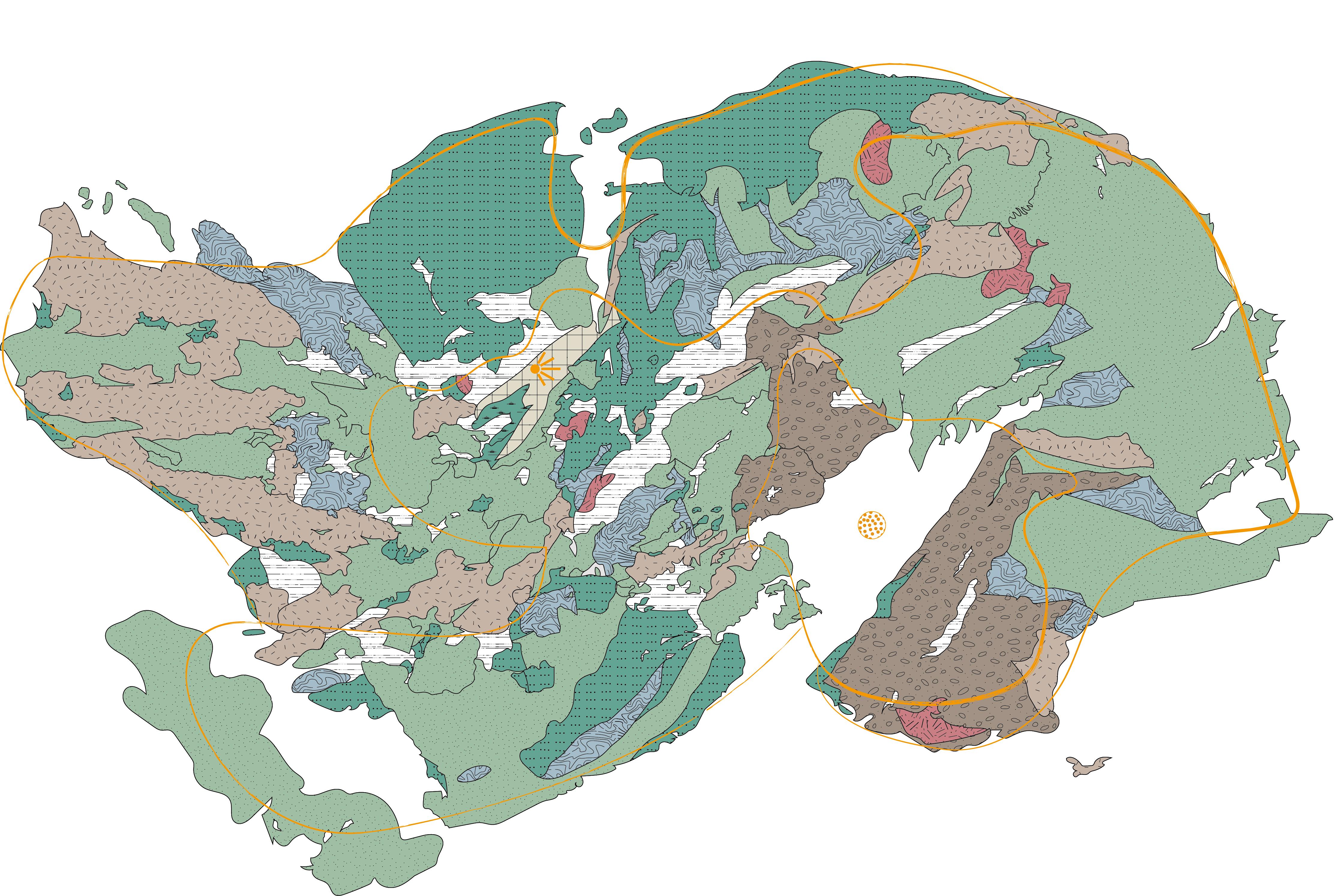
GROUND
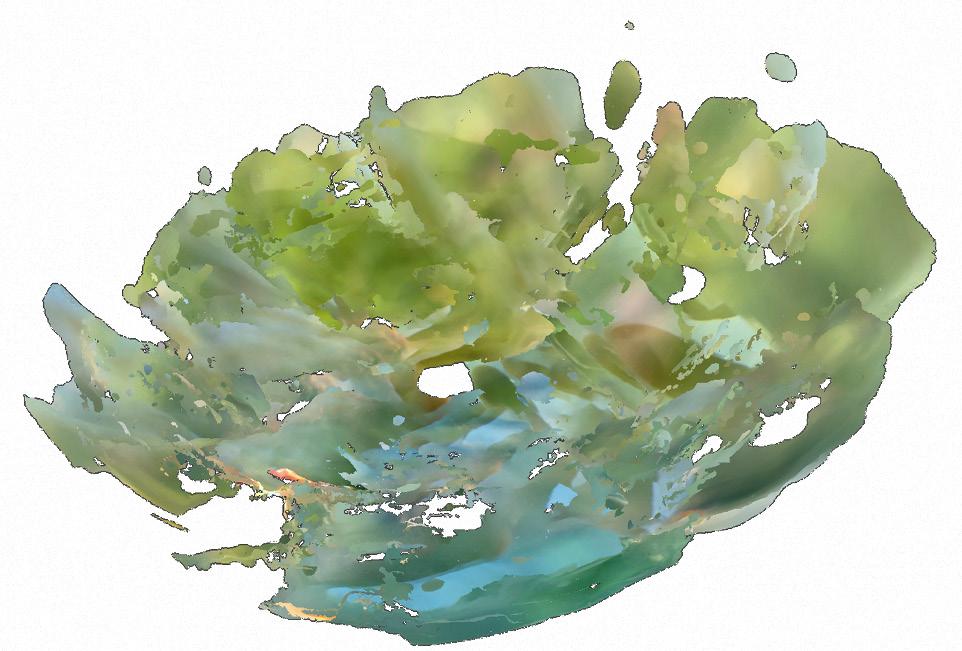


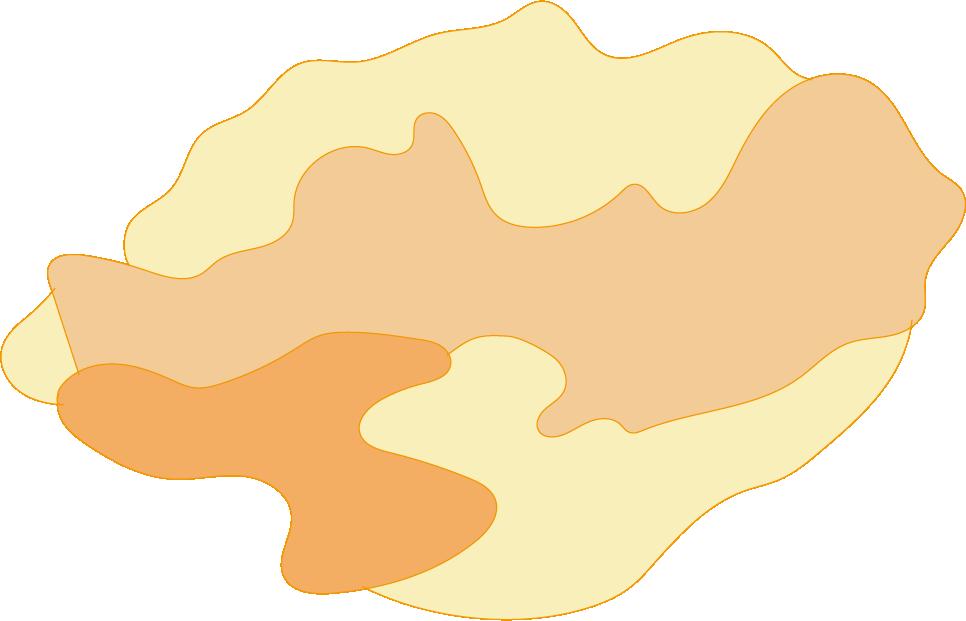
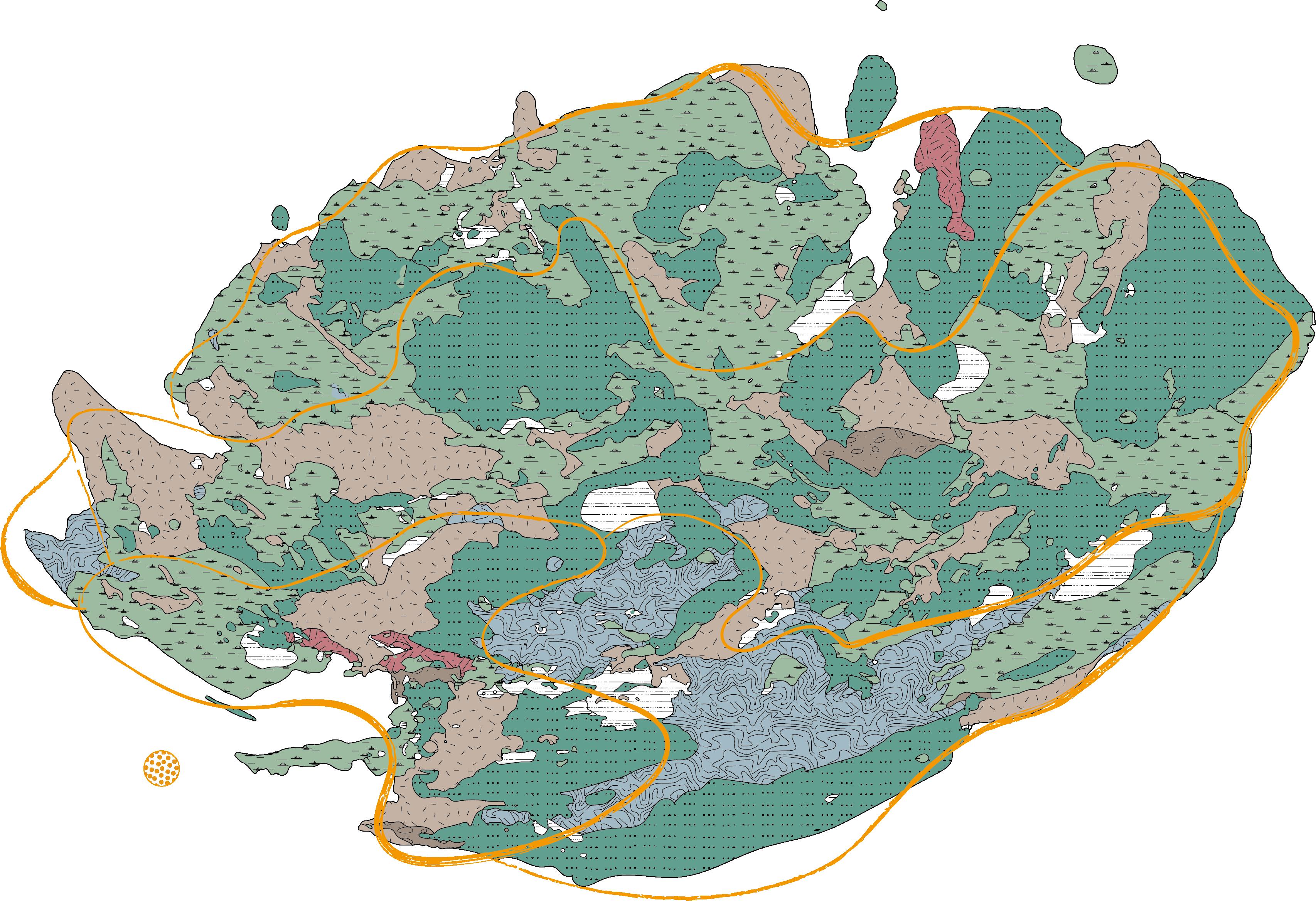
CHAPTER
THE PHYSICAL DEVICE
This chapter was trying to build a device to support the melting ice in the outdoor space, and it also can support the machine to scan the ice ball 360°. The device is made of steel and aluminum. It is dismountable and portable.
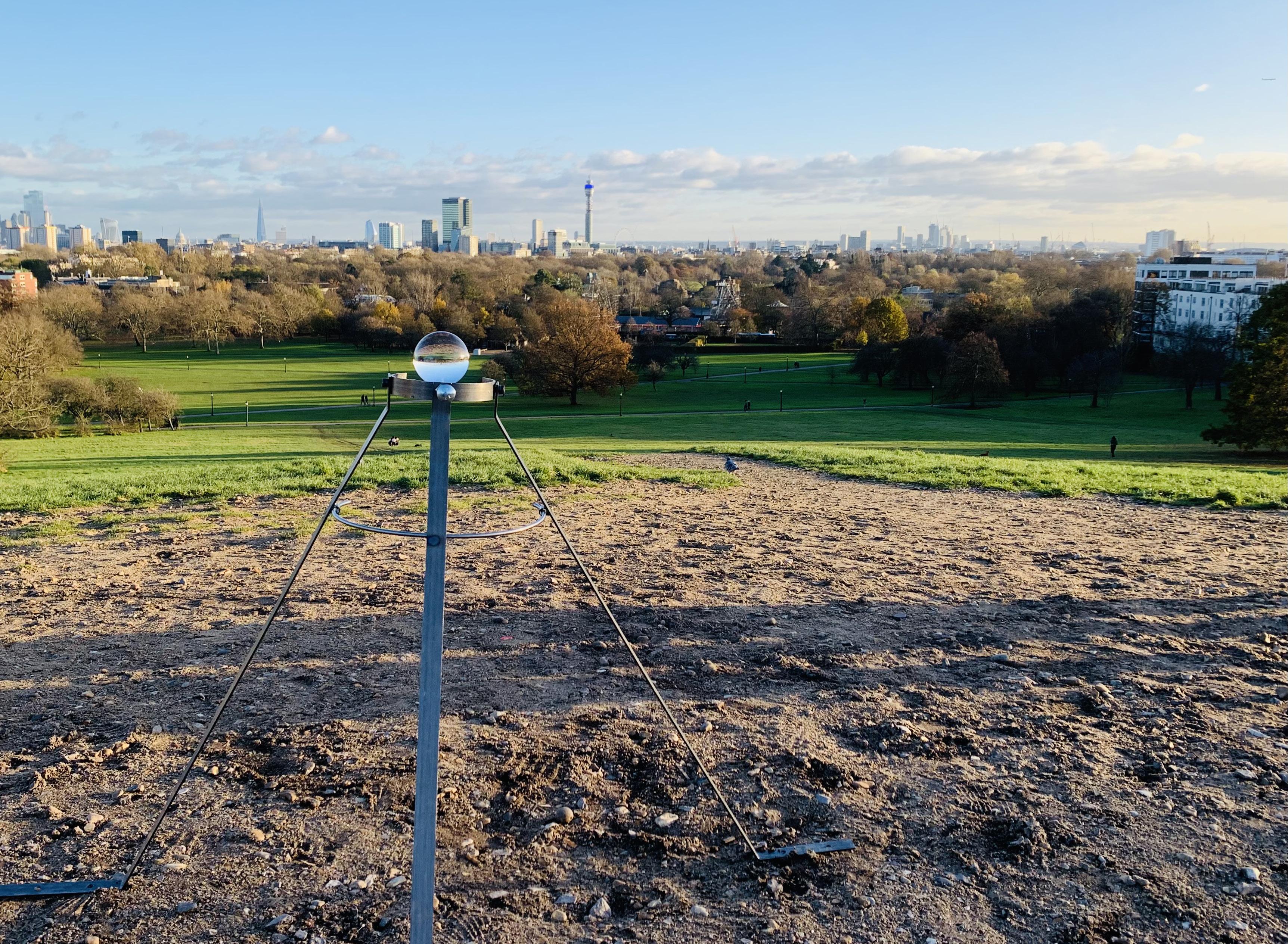
REFERENCE - OLAFUR ELIASSON
Model for decelerated light, 2020, picks up on Olafur Eliasson’s long-standing interest in navigational instruments, compasses, and models of our planet and solar system, such as orreries and armillary spheres. In this work, a large glass sphere, supported by a black tripod, is encircled by a brass ring with a strip of LEDs embedded in it. A small blue glass ball, mounted on a rotatable arm, can be made to orbit the globe by hand. An LED shining through the glass ball projects blue light into the glass globe, which in turn refracts and reflects the light out onto the work’s surroundings – an especially powerful effect in low-lighting conditions.

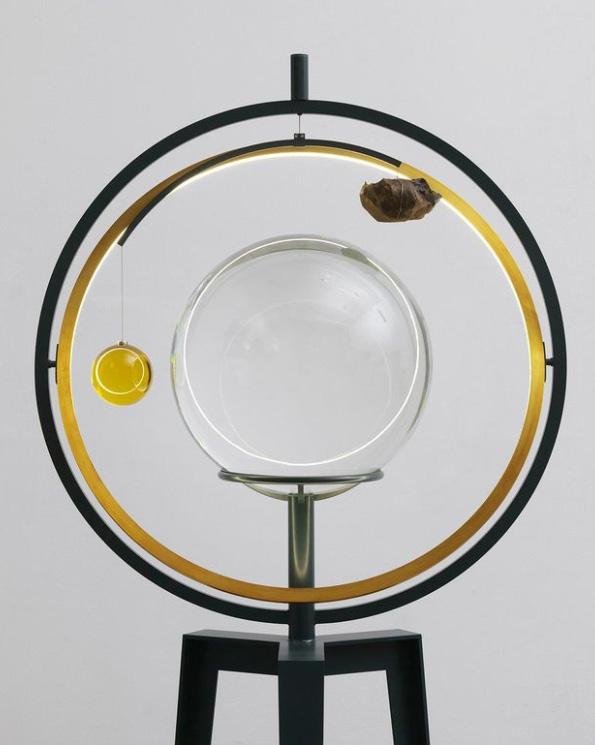
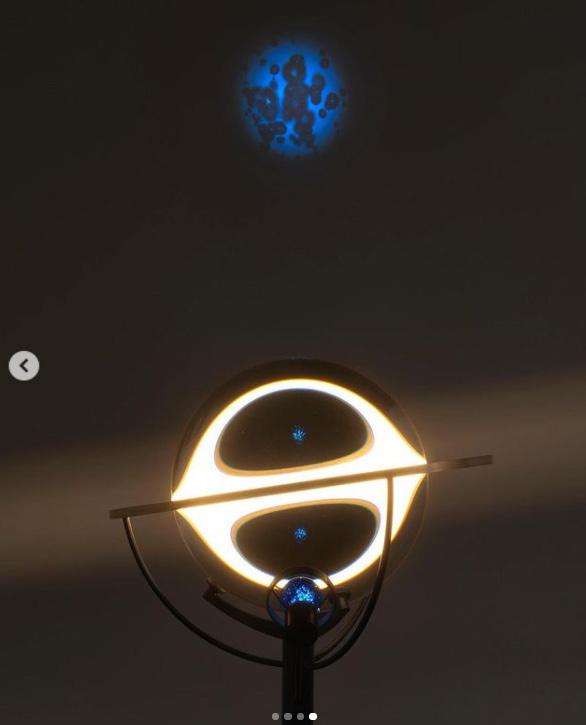
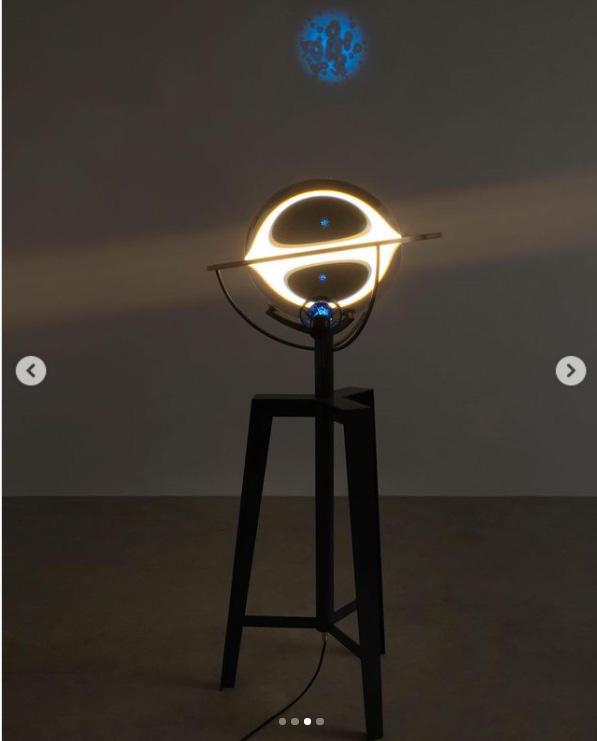
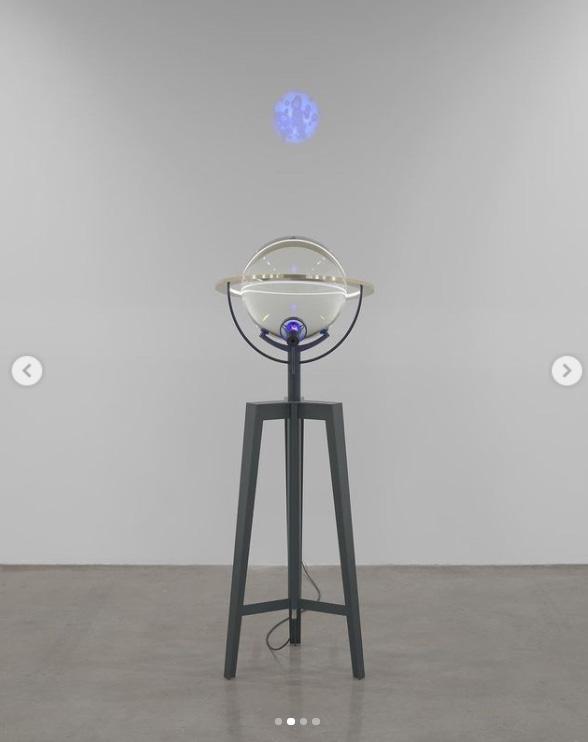
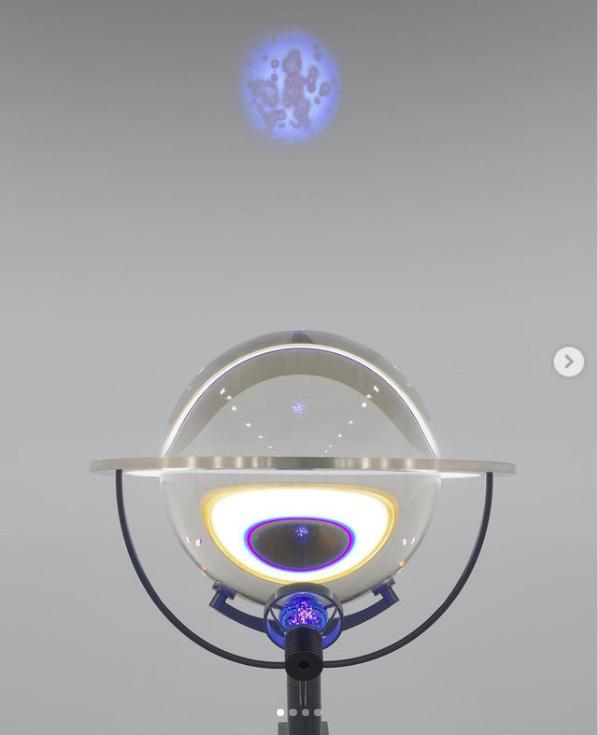
‘Model for decelerated light’, 2021. ‘Model for decelerated light’, 2021.
‘Model for decelerated light’, 2021. ‘Model for decelerated light’, 2021.
‘Solar replacement (white dwarf)’, 2018 (photo: Jens Ziehe) https://olafureliasson.net/archive/artwork/WEK110959/ model-for-decelerated-light
‘Atmosphere with orbiting light’, 2016 (photo: Jens Ziehe).
DEVICE
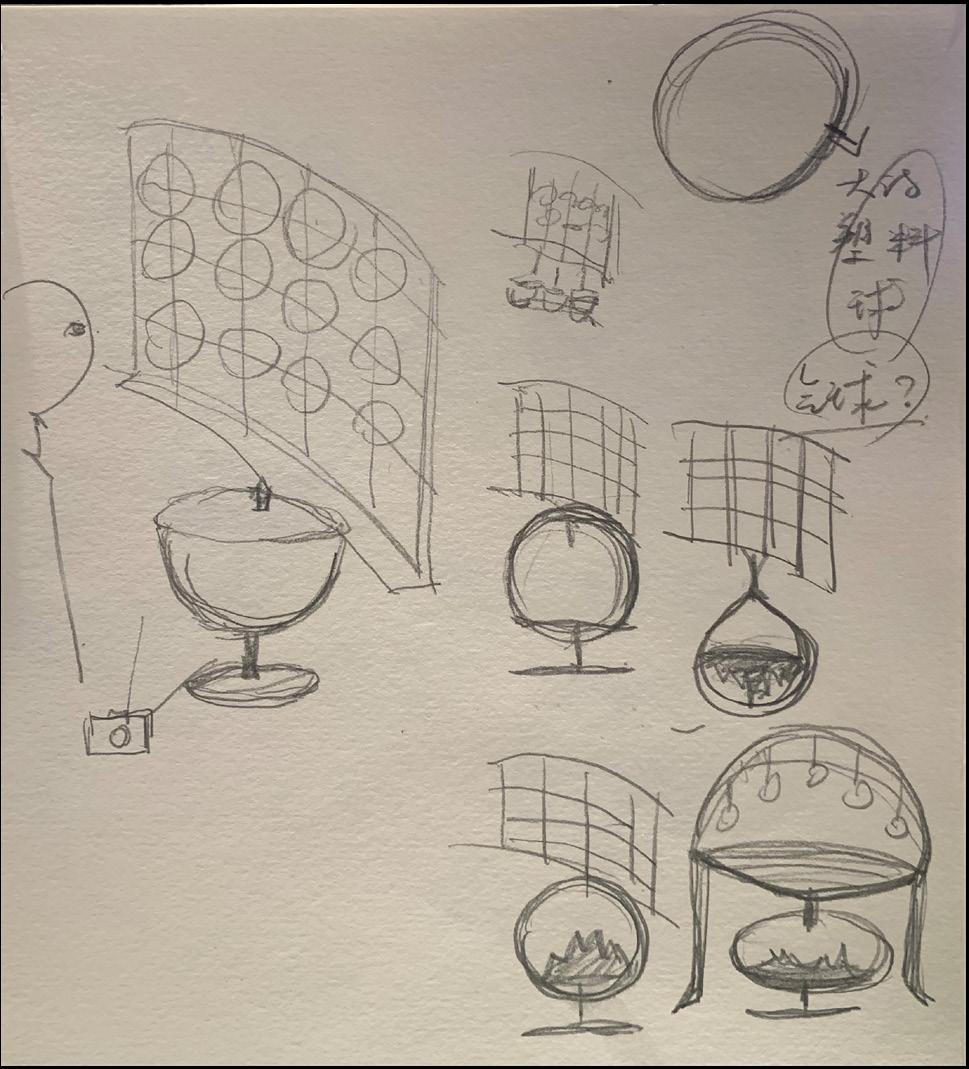
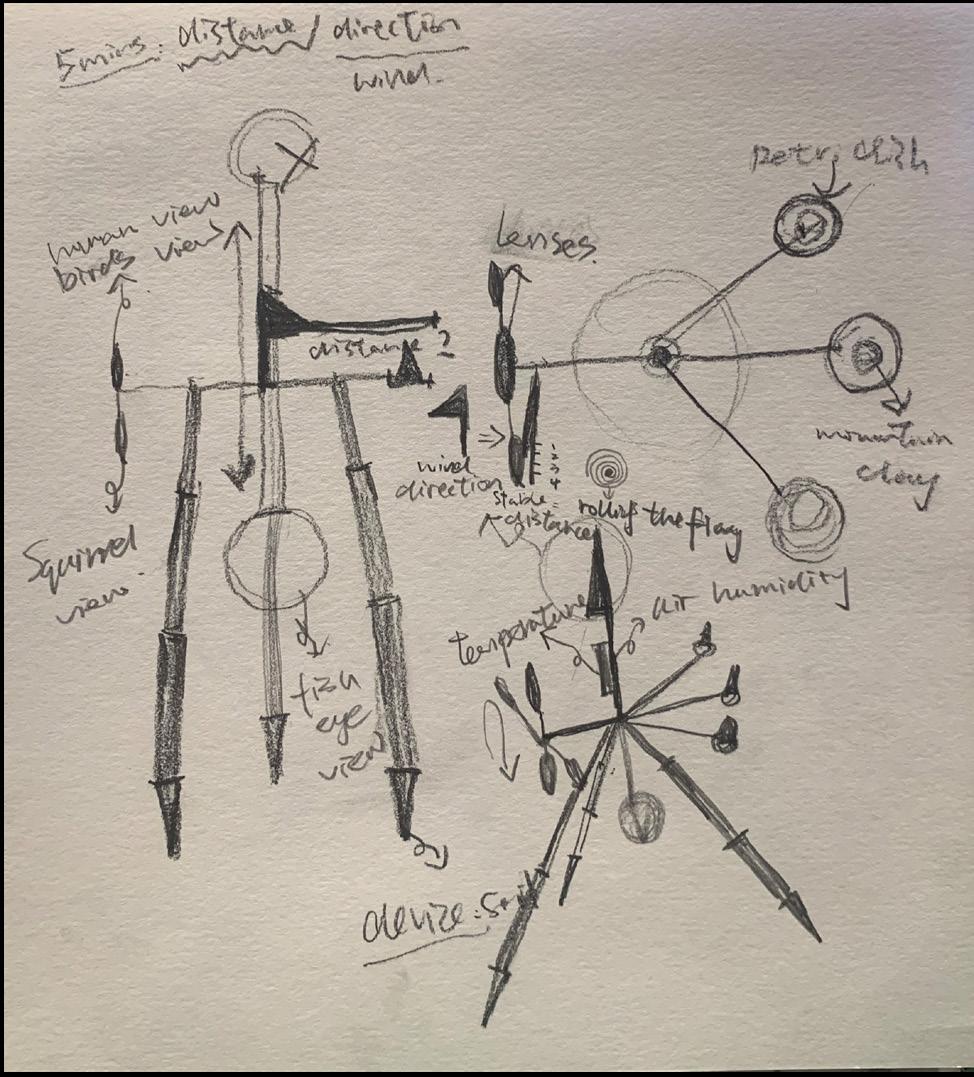
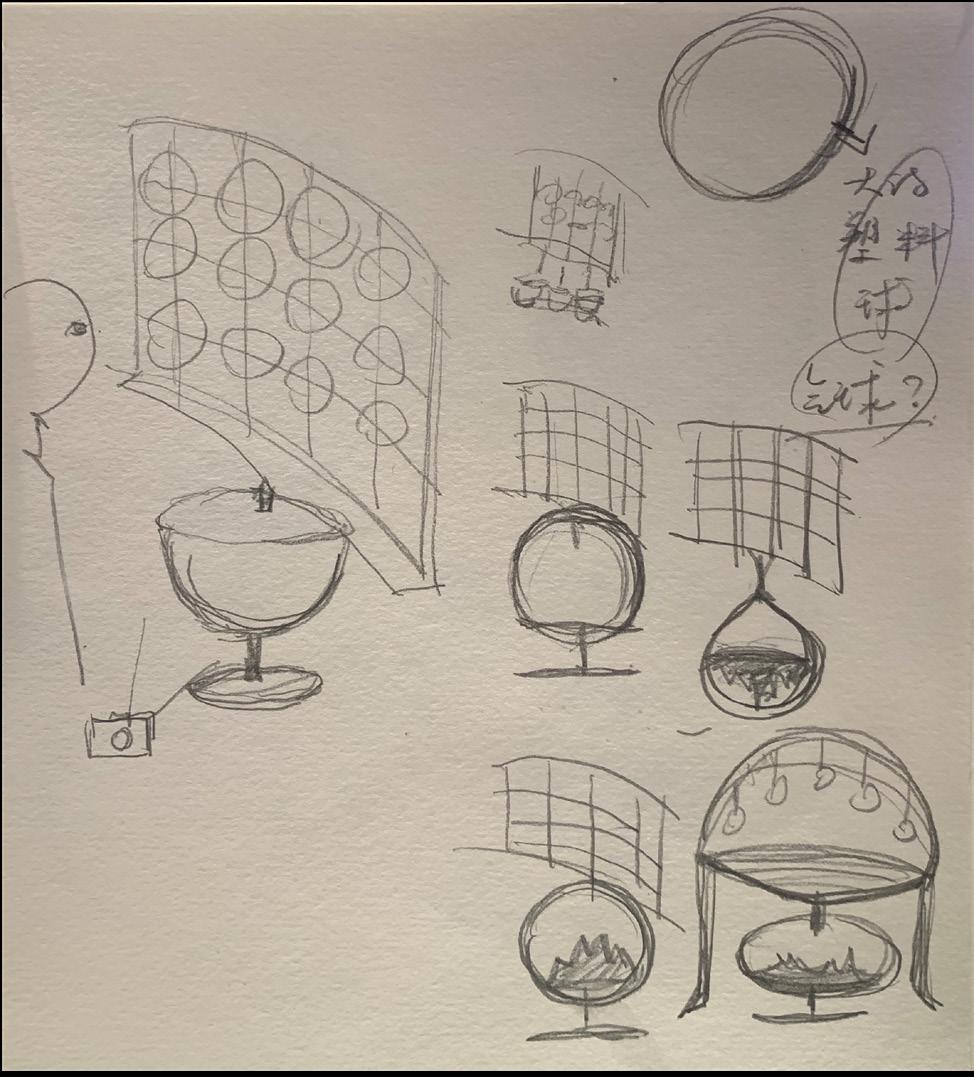
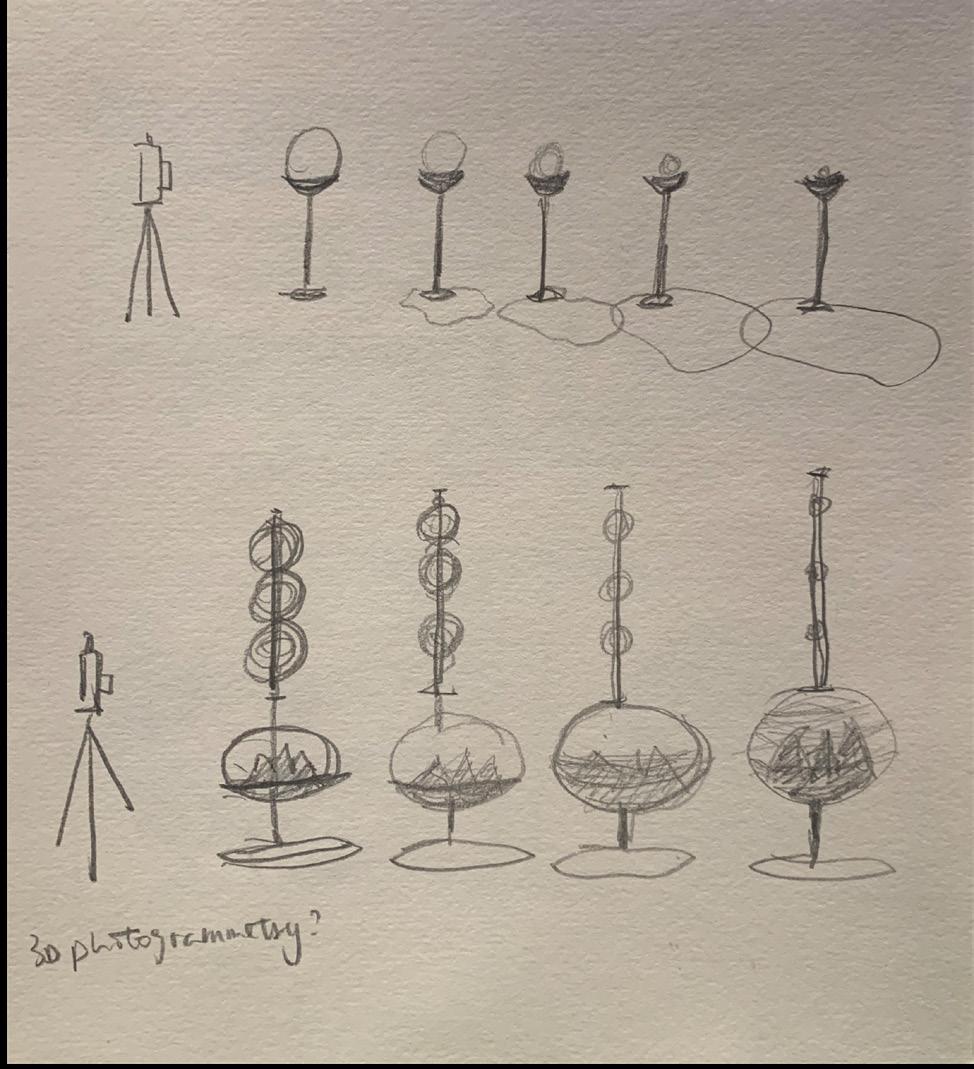
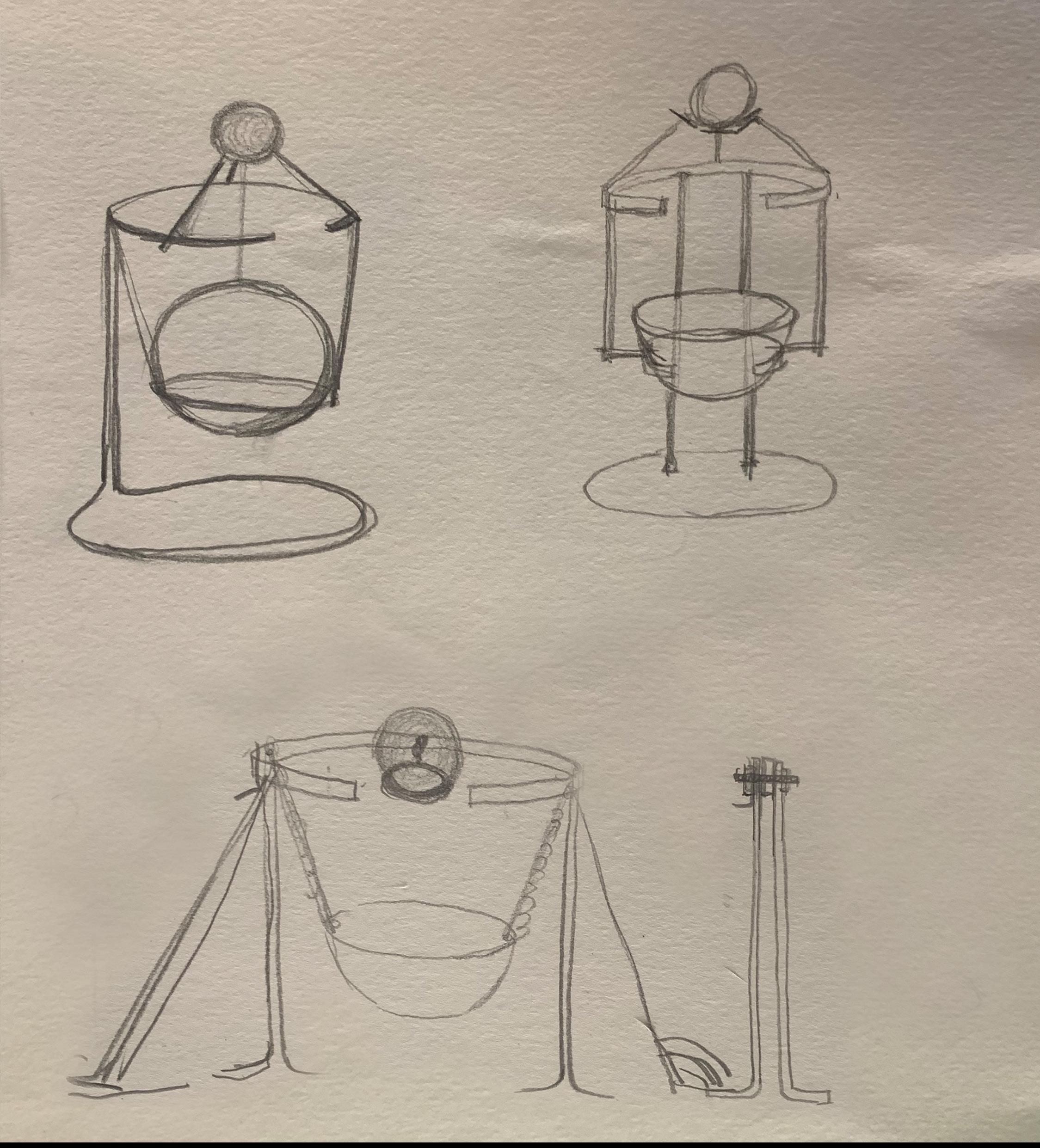
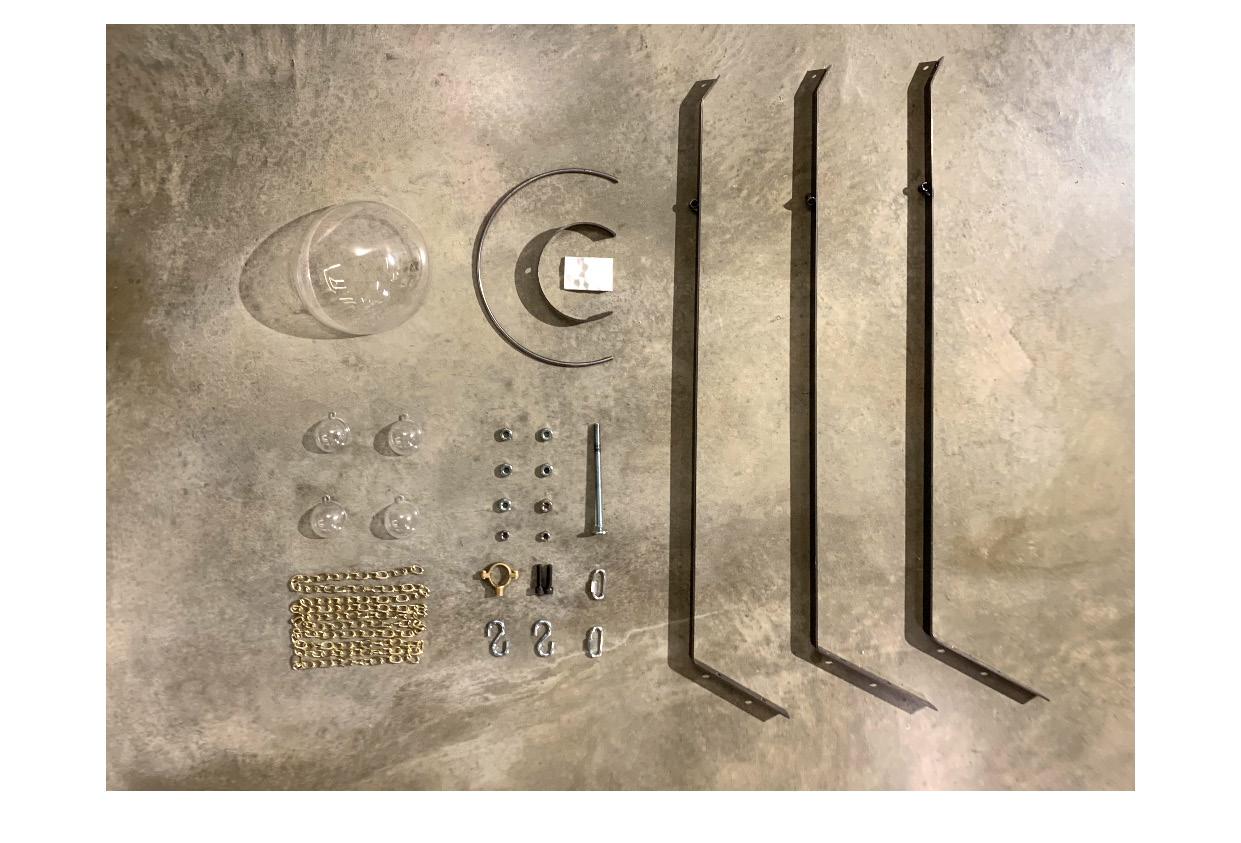
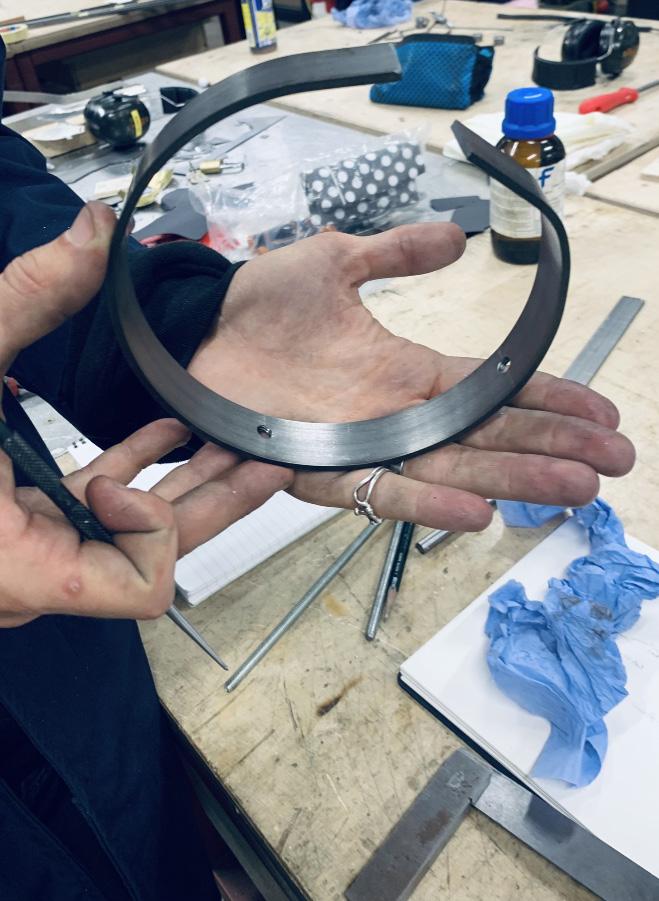
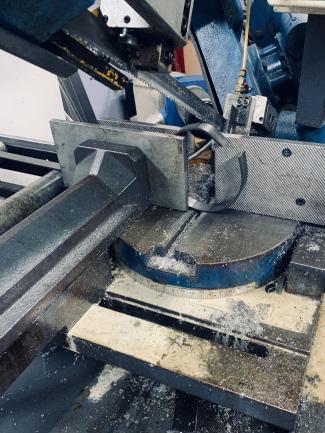
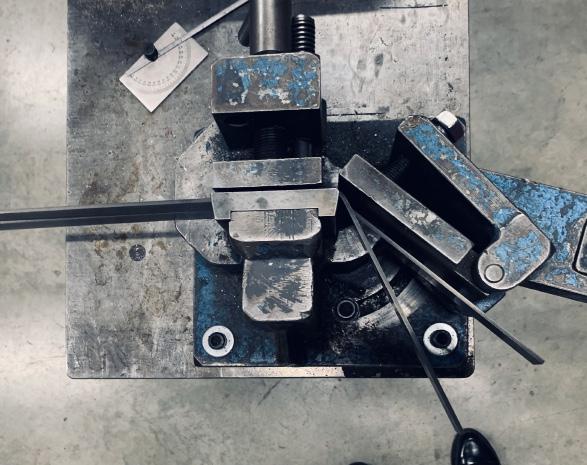
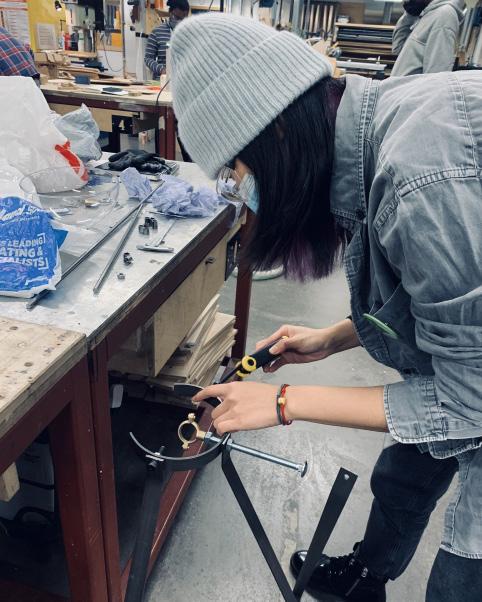


DEVICE DESIGN DEVELOPMENT
The device is used for field ice ball observation and provides a good view to observe how the surroundings change during the melting of the ice. The unit consists of five main parts, four metal strips forming the support section, which can be adapted to various ground conditions and provide stable support. The last part is the ice ball holder, which provides an open view for easy observation.
Ball holder
Main connection structure
Tripod
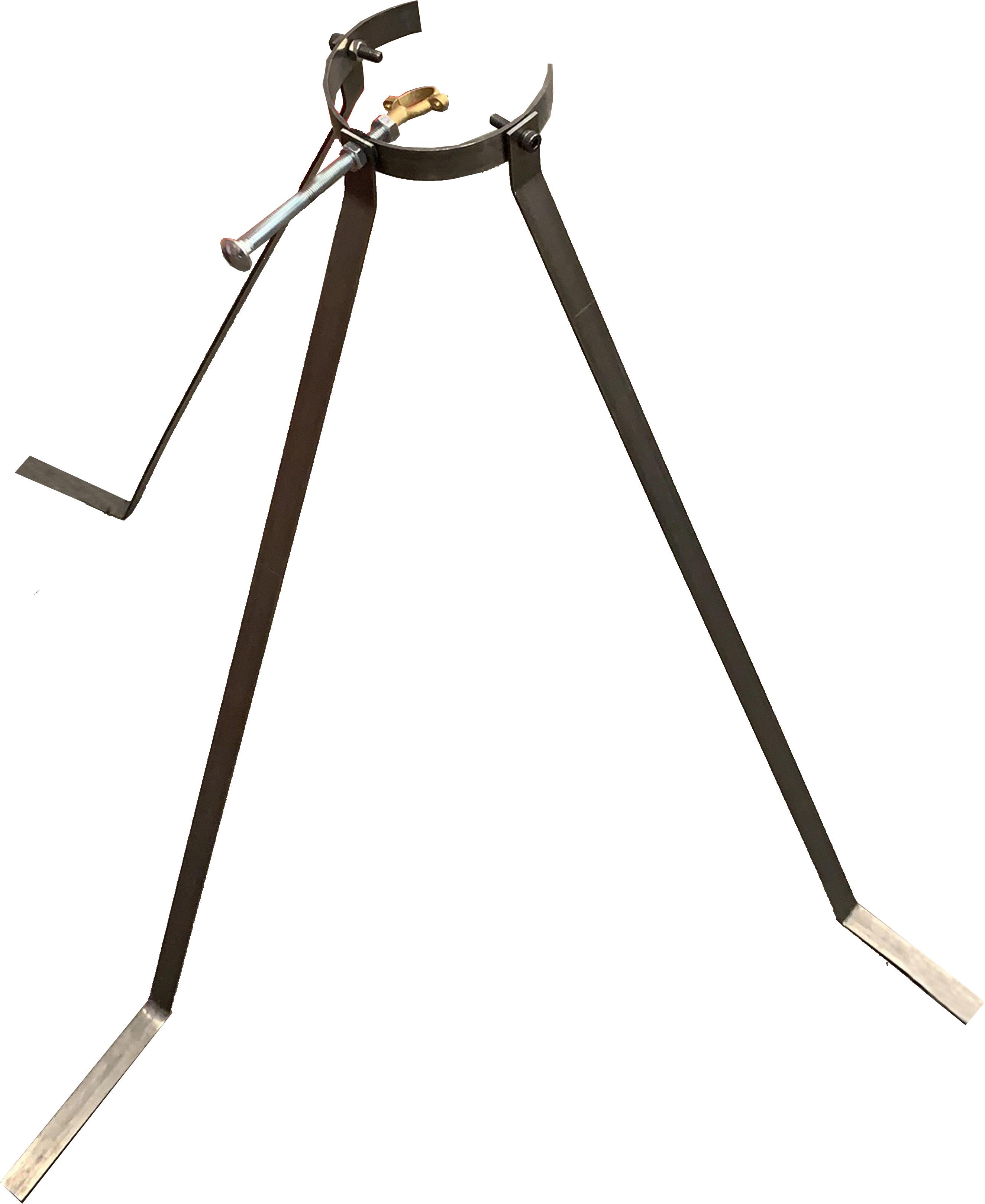

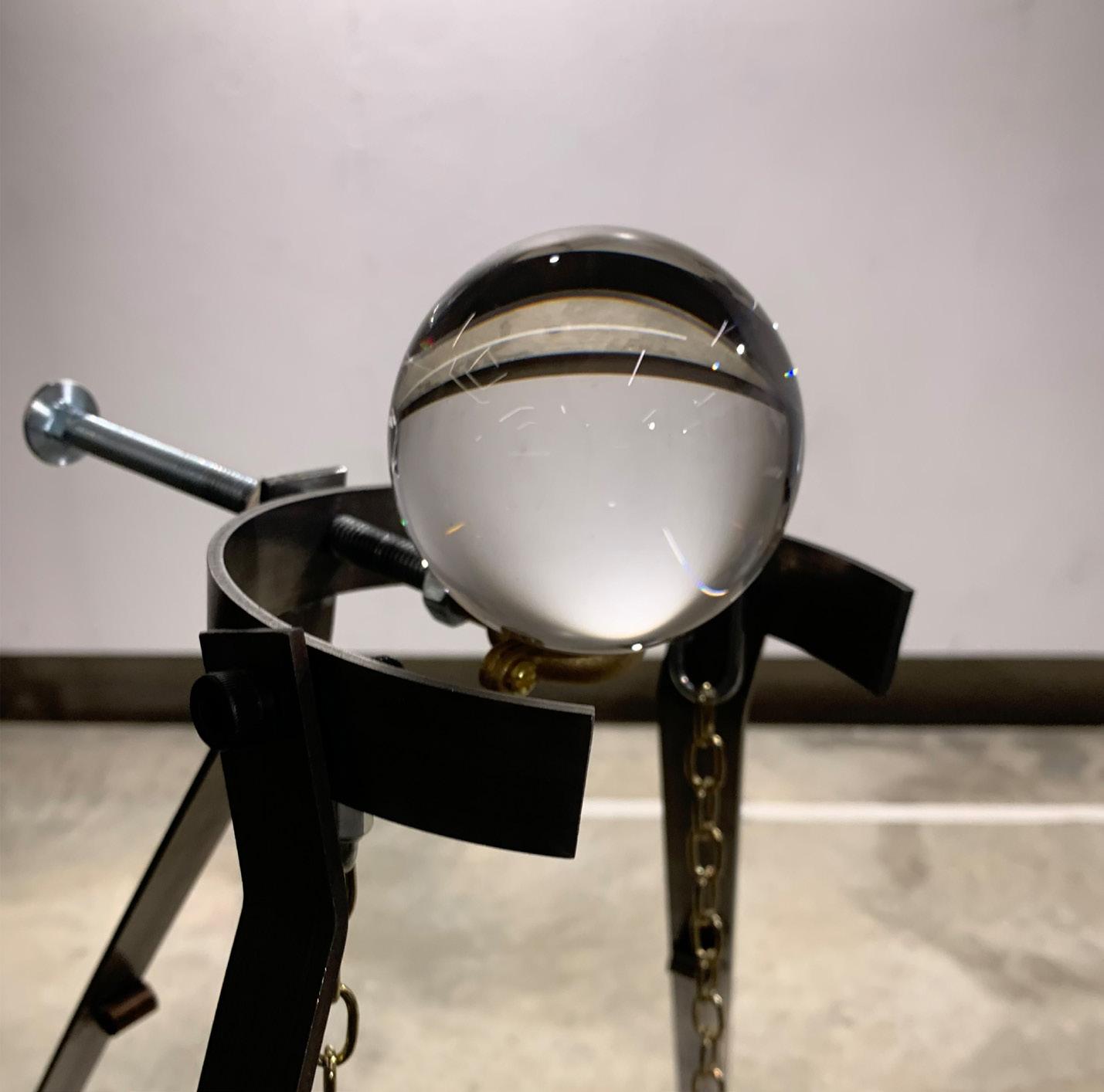
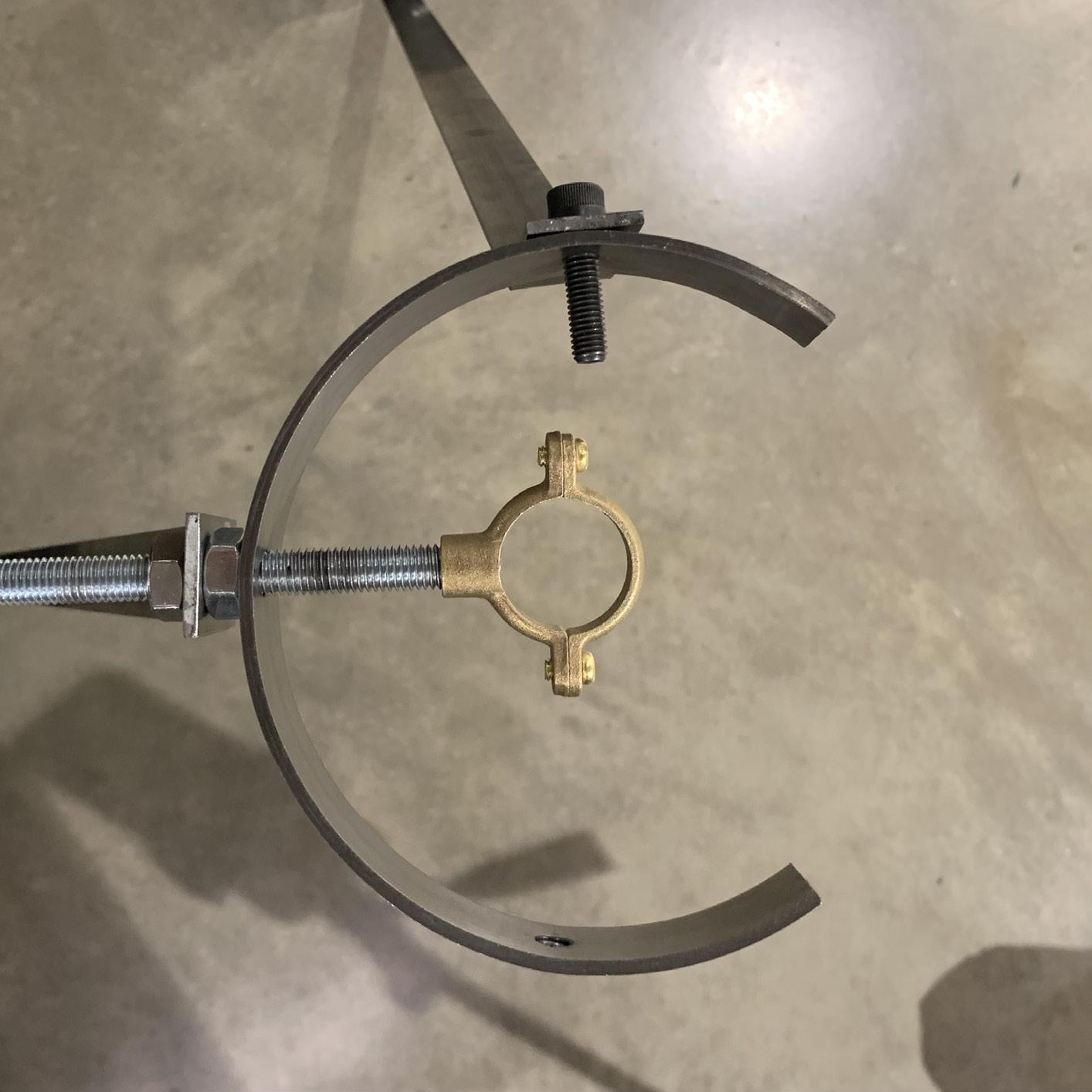
THE
ON DIFFERENT ALTITUDE PRIMROSE
Ground Middle
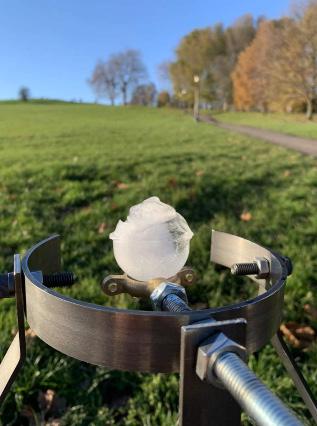
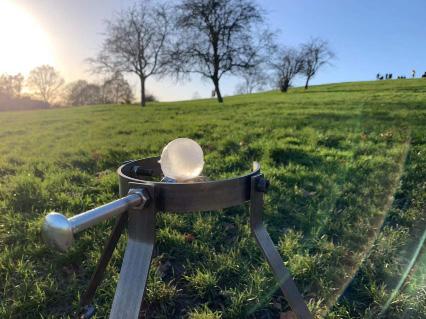
THE
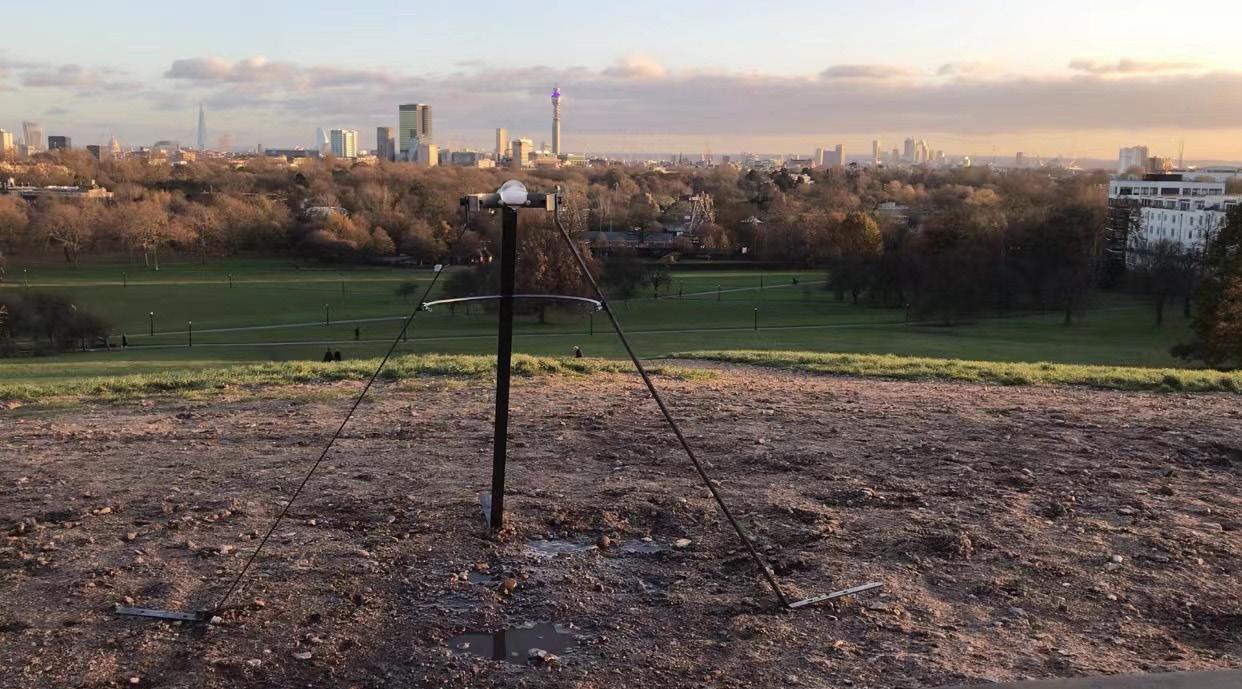
DEVICE DESIGN DEVELOPMENT
The device is used for field ice ball observation and provides a good view to observe how the surroundings change during the melting of the ice. The unit consists of five main parts, four metal strips forming the support section, which can be adapted to various ground conditions and provide stable support. The last part is the ice ball holder, which provides an open view for easy observation.
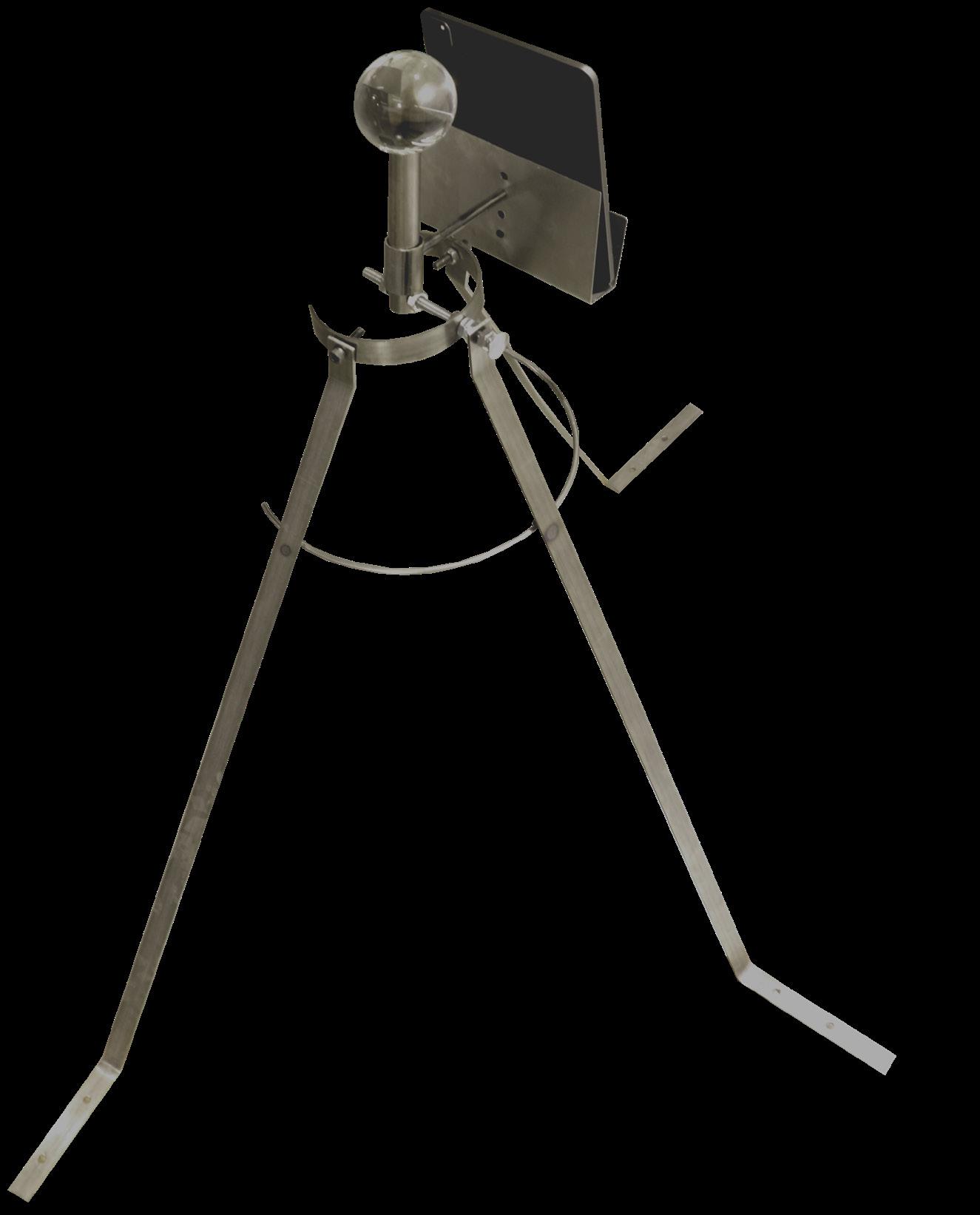
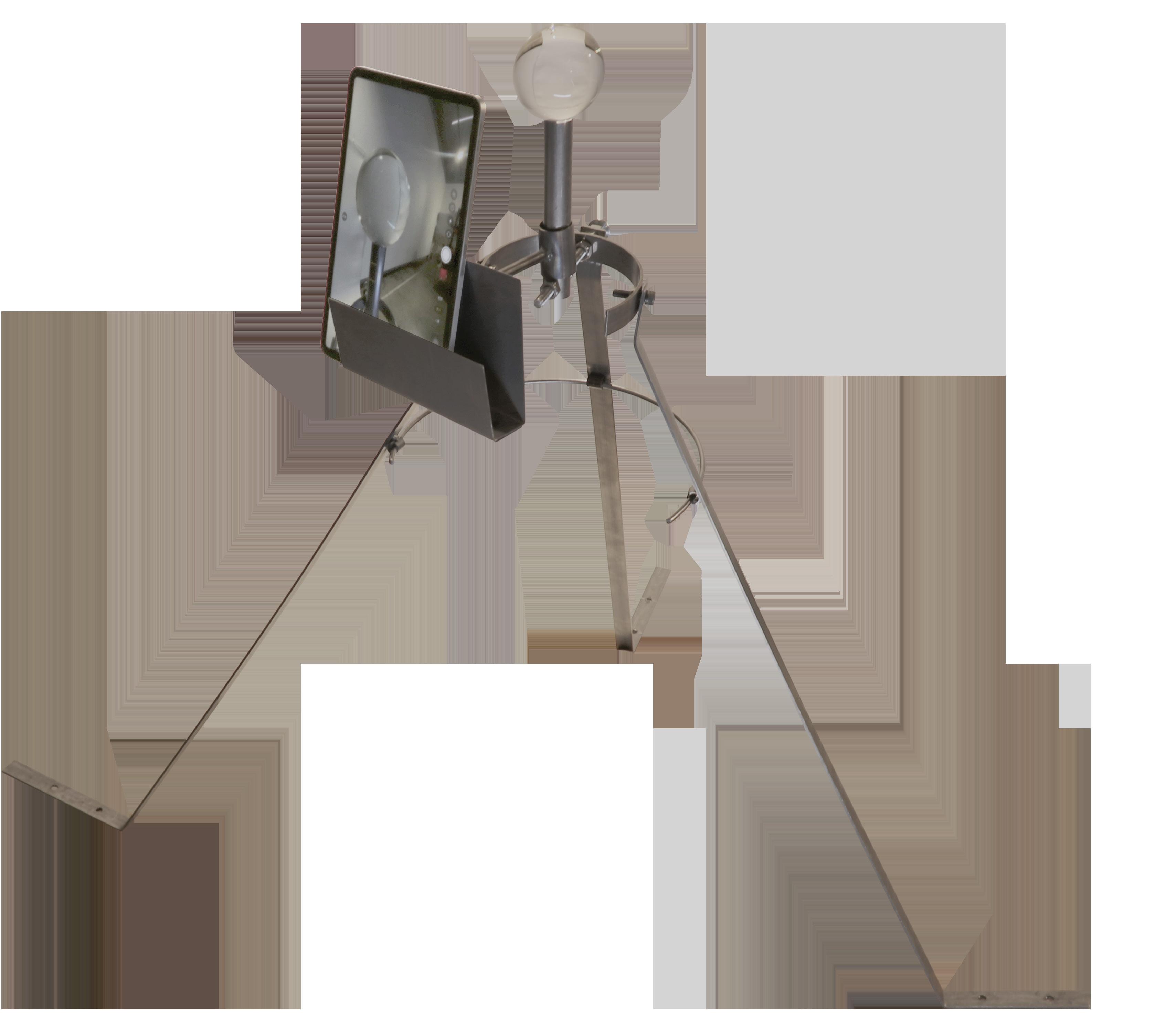
Ball holder
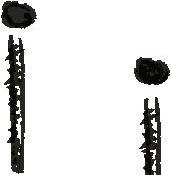
Scanner
Rotator


Main connection structure
Scanner supporter Chain
Water container
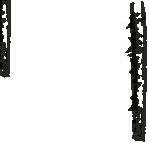
THE

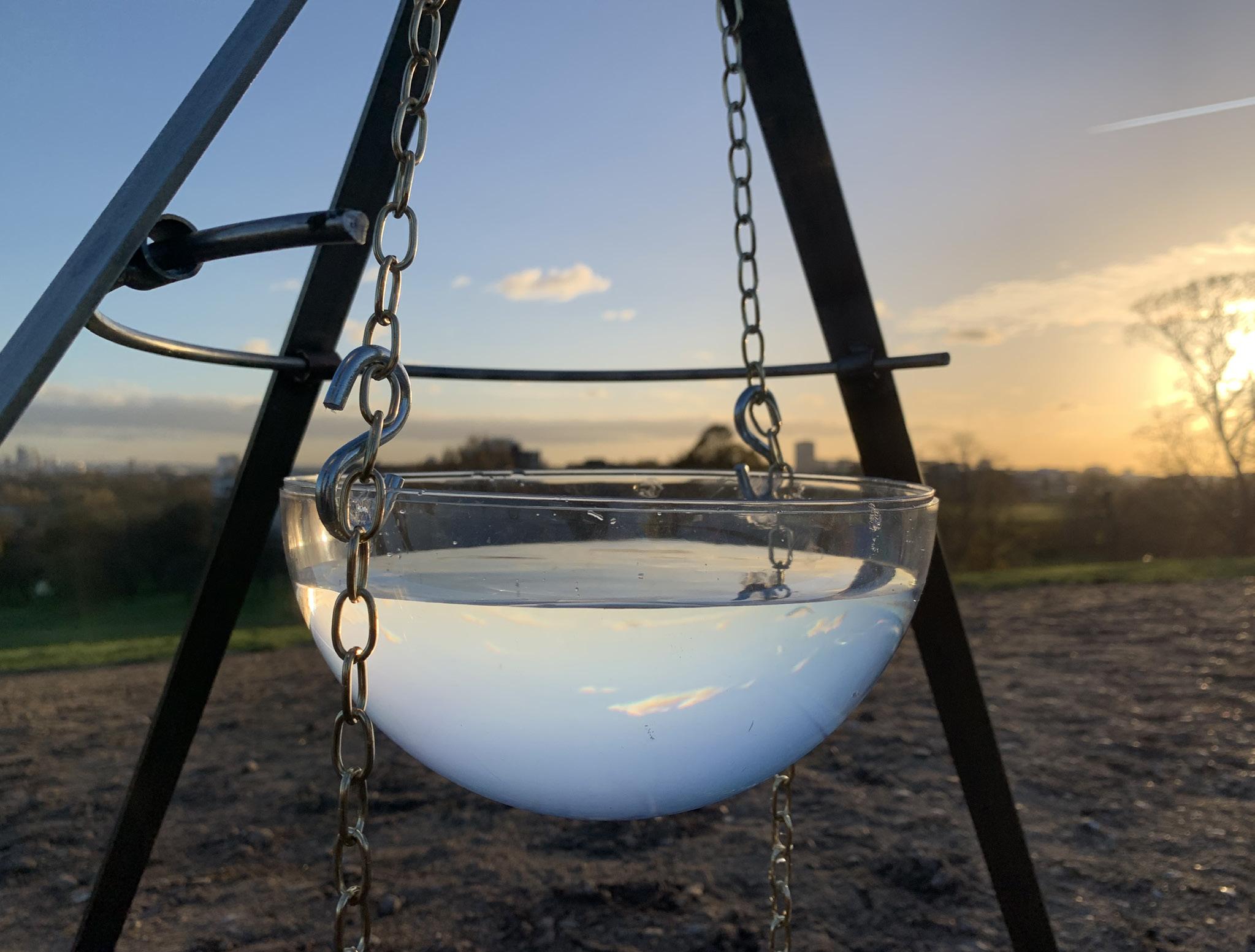
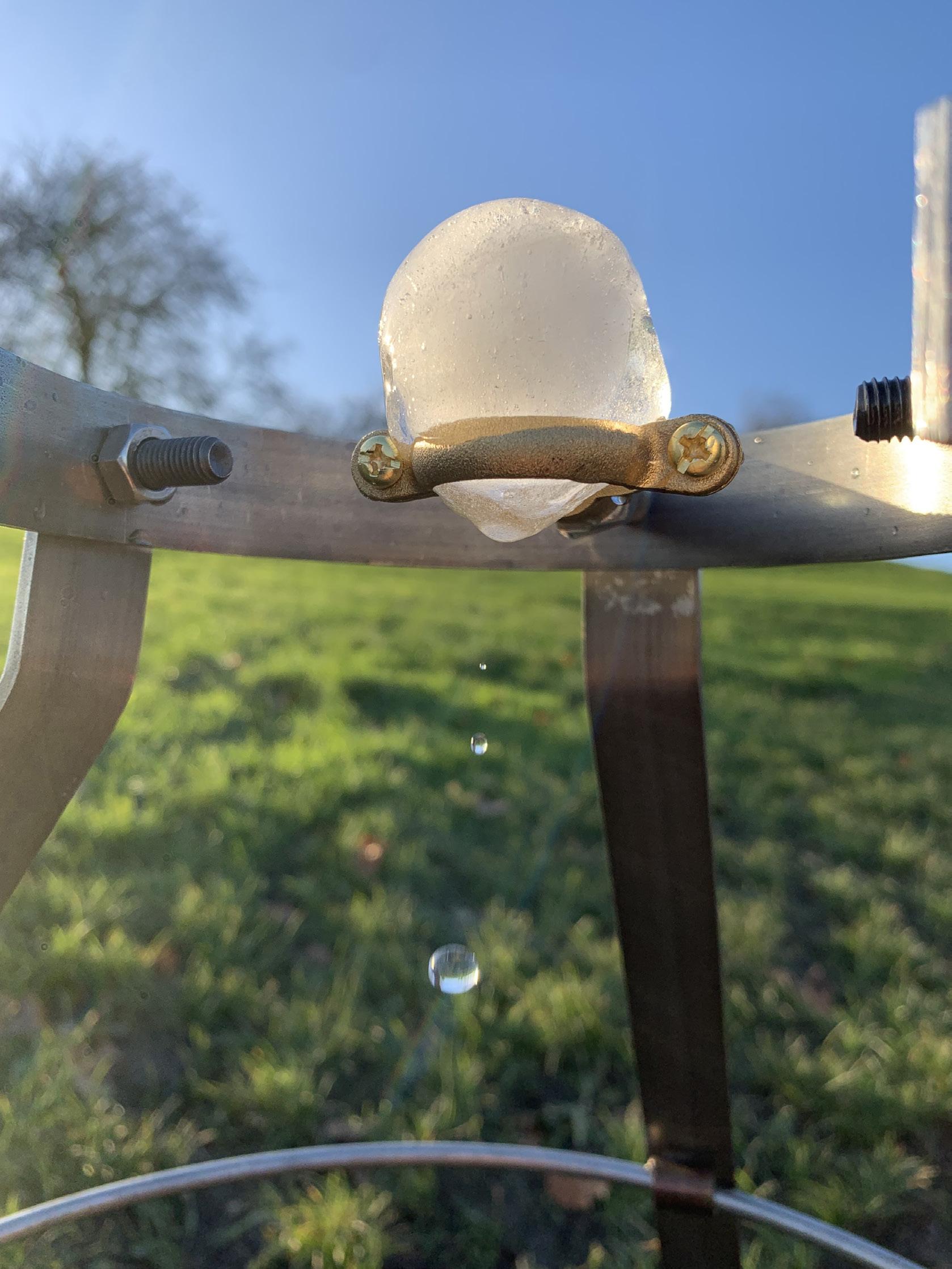
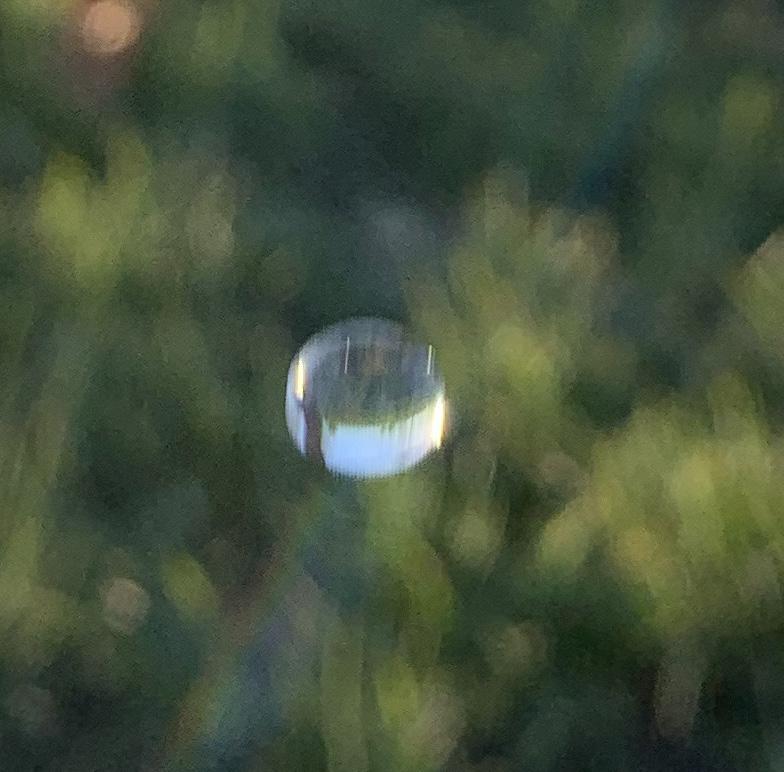
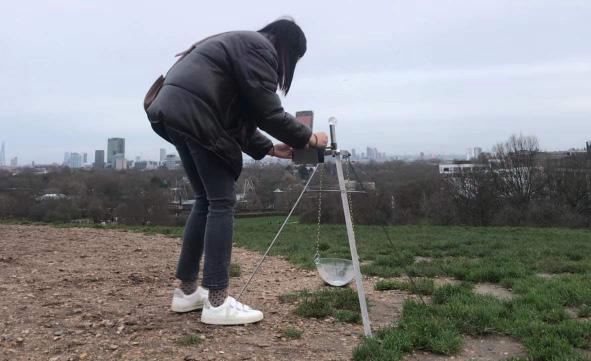
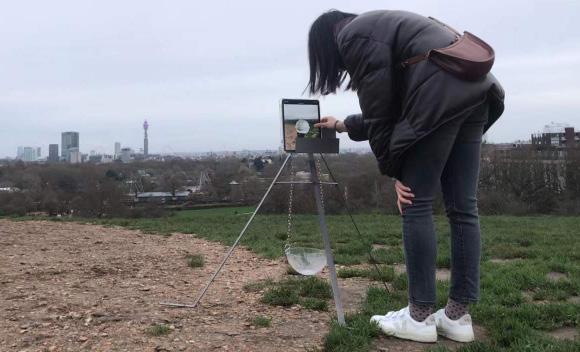
CHAPTER 6
FUTURE RESERCH
This chapter is related to furture research. The next stage of the design site is likely to be the Ben Nevis in the Scottish Highlands, which is The highest mountain on the British Isles.
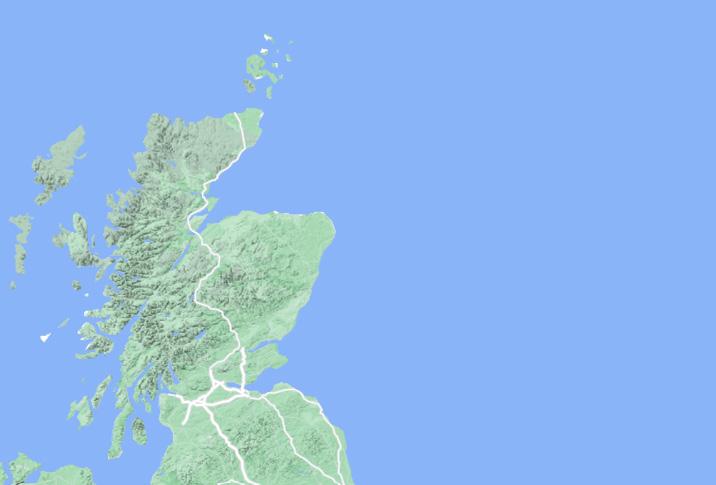
THE PRELIMINARY IDEAS FOR THE NEXT STAGE OF DESIGN

The next step of the design site is likely to be the Ben Nevis in the Scottish Highlands. Mount Ben Nevis is the highest mountain in the British Isles at 1,345 meters. It is located in the Grampian Mountains in the west of Scotland, UK, adjacent to the Highland town of Fort William.
The ice ball will be replaced by a larger one which diameter is about 5 meters. The material to make ice balls will also be changed, like salty water, nutritious solutions and so on. These kinds of solutions will influence the species, landscape, ecosystem there. And people can also observe the landscape through the large ice ball lens.
QUESTION:
HOW CAN I SEE THE WORLD?
HOW CAN I CONNECT IT WITH THE LANDSCAPE?
HOW CAN I RESPOND TO THE ENVIRONMENTAL PROBLEMS?
